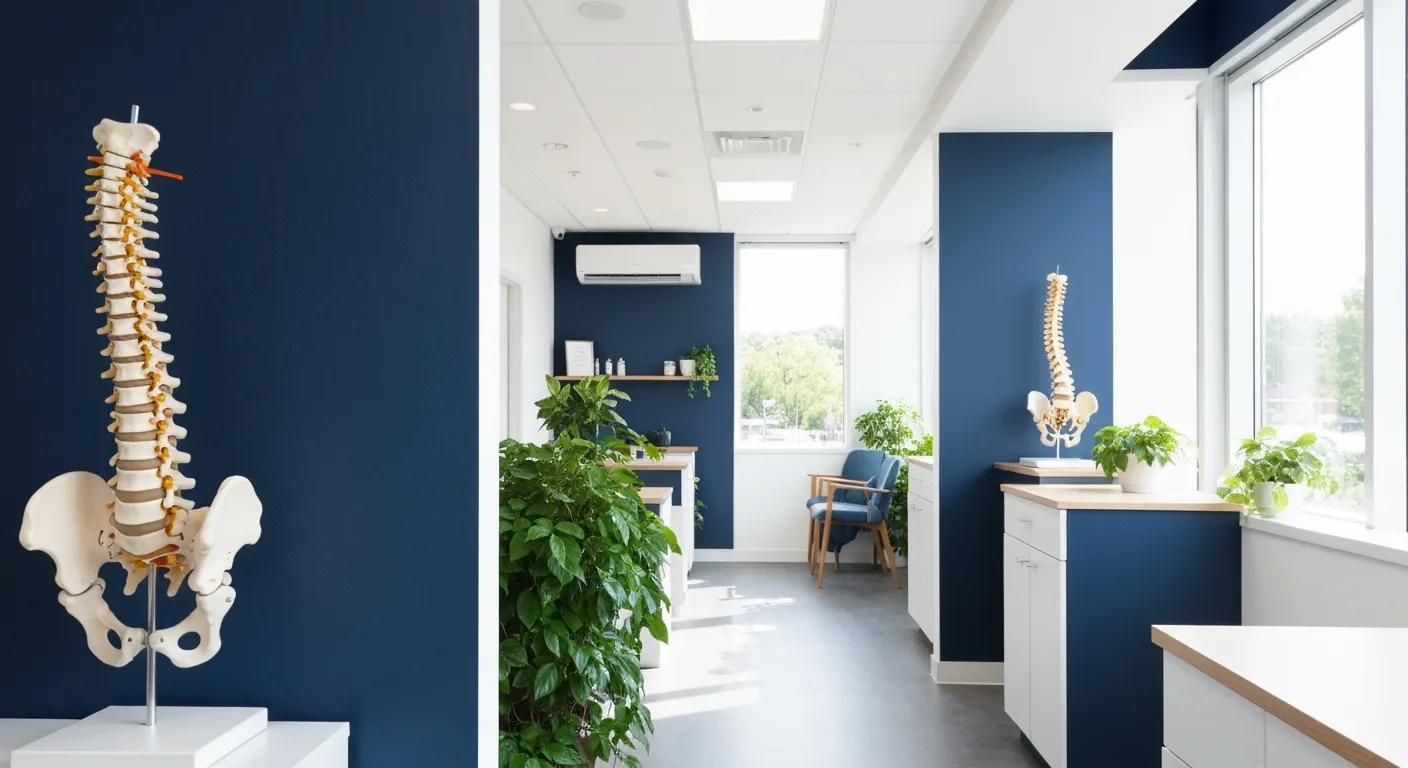Massage Utilization Stats Among Aging Populations
August 14, 2025
11 min
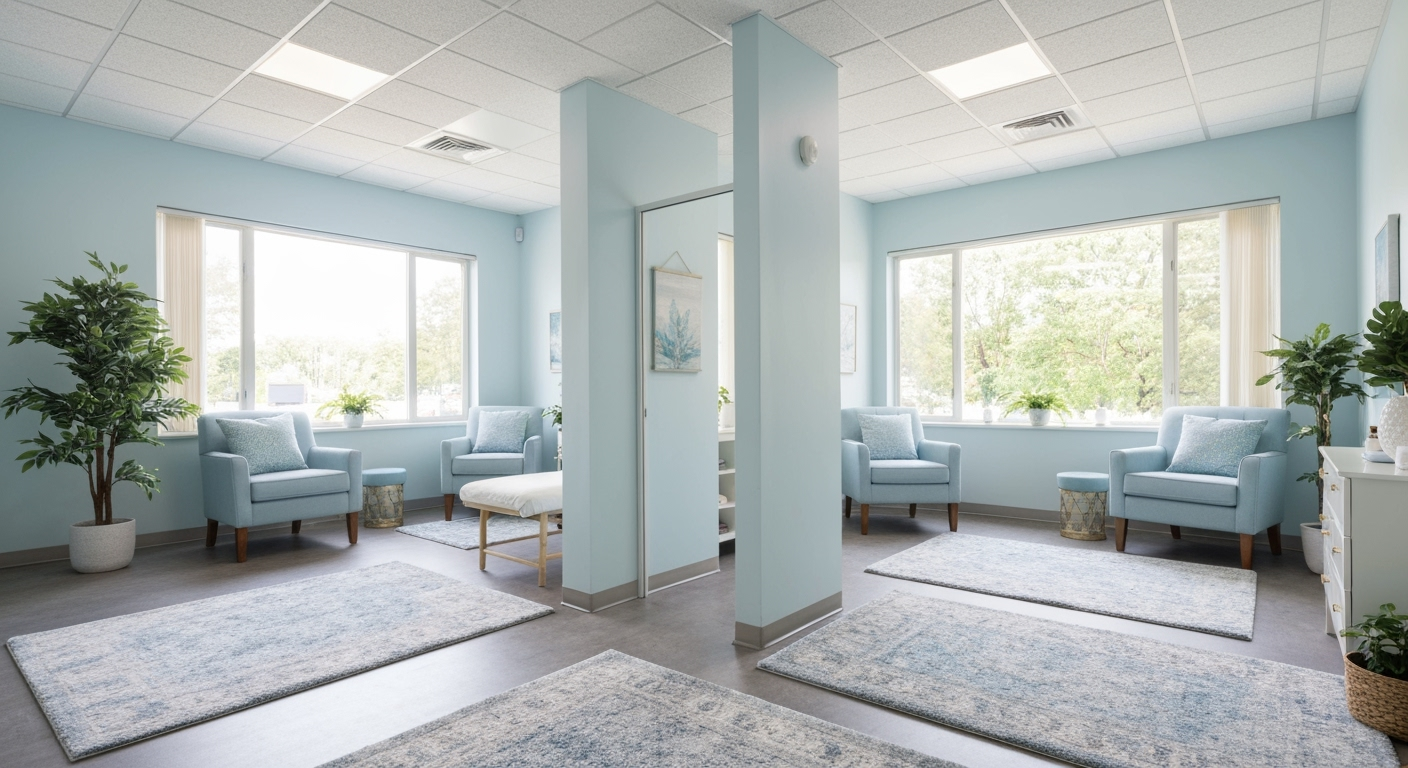
Exploring Massage Therapy Among Aging Populations
Massage therapy is gaining recognition as an effective complementary health practice particularly among aging adults. With a growing older population facing chronic conditions and seeking holistic wellness, understanding massage utilization statistics and related health benefits is crucial. This article delves into patterns of massage therapy use, demographic factors, health impacts, and therapeutic approaches suited to seniors to provide a comprehensive look at this evolving health trend.
Prevalence and Patterns of Massage Therapy Use Among Older Adults
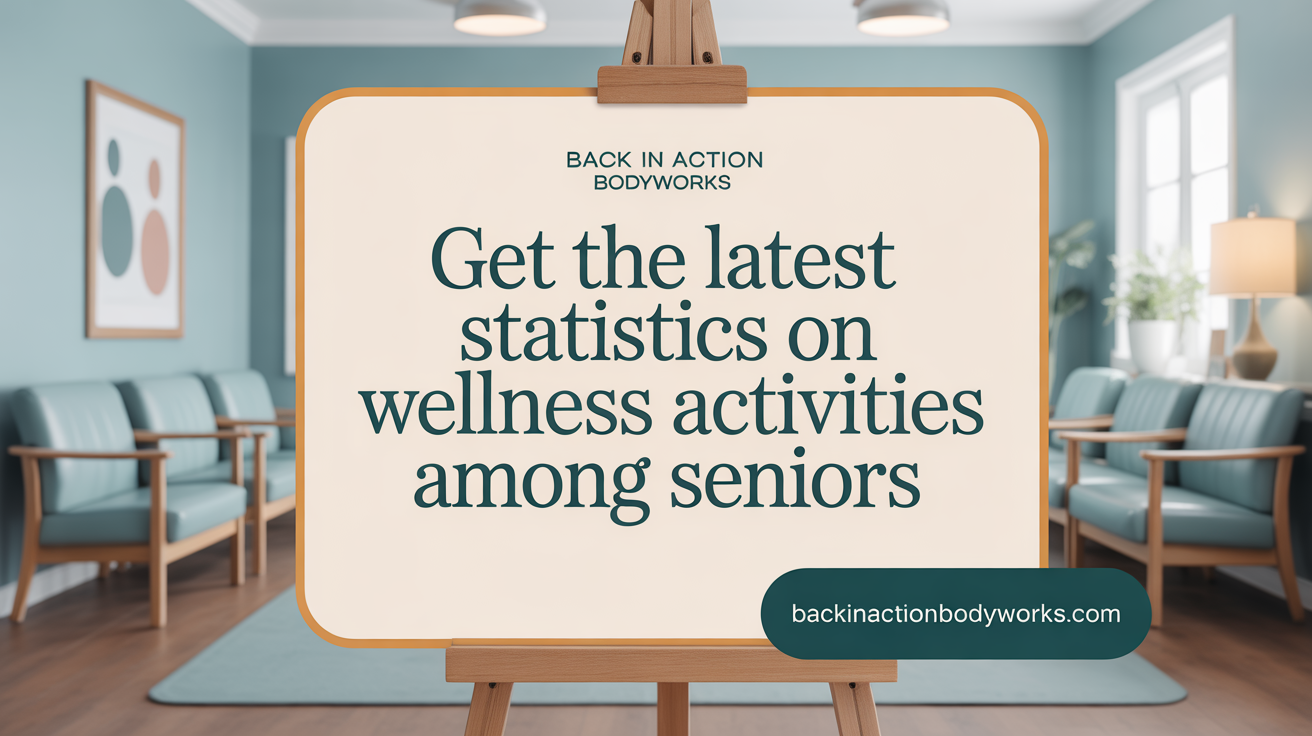
What are the overall statistics on massage therapy usage among adults?
In the United States, massage therapy remains a popular form of complementary health care. In 2021, data from the National Health Interview Survey revealed that approximately 11.1% of adults visited a massage therapist within the past year. Among these, 6.0% sought massage to alleviate pain, while about 8.5% used it for general health or wellness purposes. This high prevalence indicates widespread acceptance of massage as a complementary therapy for various health concerns.
Which age groups use massage therapy most frequently?
Younger adults, specifically those aged 18-34, tend to be the most frequent users of massage therapy. In 2020, about 34% of individuals in this age bracket reported receiving massages. However, when looking at the number of sessions per individual, older adults show a different pattern.
Surprisingly, seniors aged 65 and over received an average of 3.8 massages in 2020. This figure is higher than the averages in younger groups, suggesting that although fewer older adults may try massage initially, those who do tend to have more frequent sessions.
This pattern demonstrates that younger populations are more inclined to experiment or try massage therapy, possibly driven by wellness trends and lifestyle choices. Conversely, older adults often use massage more regularly, primarily for managing chronic conditions such as osteoarthritis or for rehabilitation purposes.
Frequency of massages among older adults
Research indicates that among the older population, massage therapy is frequently used for pain management, mobility improvement, and as an adjunct to other treatments. Many seniors incorporate massage into their regular self-care routines to help alleviate persistent joint and muscle pain, enhance balance, and promote overall well-being.
Demographic influences on utilization
Several factors influence the use of massage therapy among older adults. Socioeconomic status plays a role, with higher income and education levels correlating with increased utilization. Gender also affects usage patterns; women are more likely to seek massage services compared to men.
Access to healthcare and awareness about massage benefits further shape utilization rates. Notably, a significant proportion of older adults using massage therapy do not disclose this to their healthcare providers, partly due to lack of insurance coverage or perceived stigma.
Overall, massage therapy continues to grow among seniors, driven by its documented benefits in reducing pain, lowering blood pressure, and improving balance—factors crucial for aging populations aiming to maintain independence and quality of life.
Demographic and Regional Differences Affecting Massage Therapy Utilization
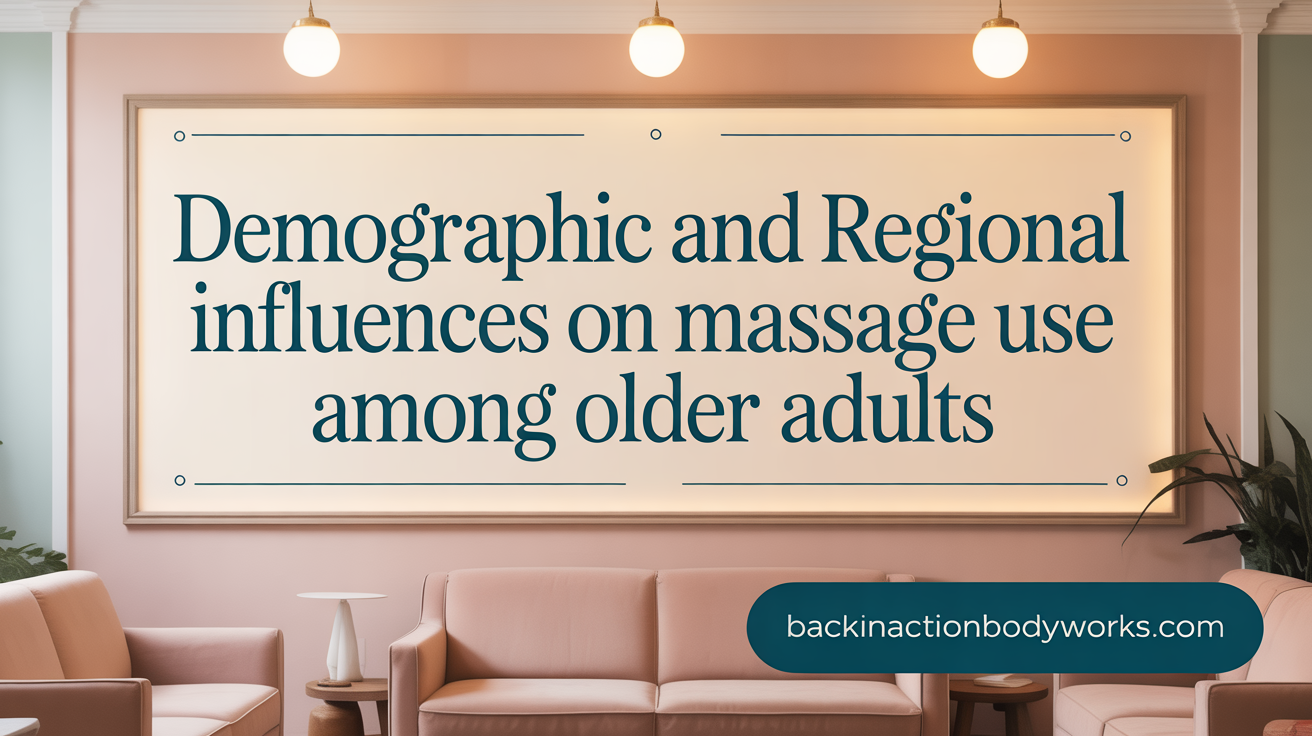
How does socioeconomic status influence massage therapy use among older adults?
Research shows that income and education levels significantly impact massage therapy utilization. Older adults with higher socioeconomic status are more likely to access massage services, partly because they can afford out-of-pocket costs, as most massage insurance coverage is limited. Those with greater financial resources and education are also more aware of the health benefits massage can offer.
Are there gender differences in massage therapy usage among seniors?
Yes, studies indicate that women tend to use massage therapy more frequently than men. Female seniors report higher participation rates, possibly due to greater health-seeking behaviors or societal norms that encourage women to seek wellness and relaxation therapies.
How do regional variations affect access to massage therapy?
Usage rates vary widely across different regions. North America, for example, shows a range from 2.2% to over 80% among various studies. Factors such as availability of trained therapists, regional health practices, and cultural acceptance influence how often older adults access massage services in different areas.
What role do complementary health practices play?
Engagement with other complementary or alternative medicine practitioners strongly predicts massage therapy use. Older adults who participate in multiple health practices are more likely to incorporate massage into their health routines, recognizing its benefits for pain relief, relaxation, and overall well-being.
| Factor | Influence on Utilization | Additional Notes |
|---|---|---|
| Socioeconomic status | Higher income/education linked to increased use | Cost barrier limits lower-income groups |
| Gender | Women more likely to use massage | Gender norms and health-seeking behavior |
| Regional differences | Variability in availability and acceptance | Urban areas tend to have more providers |
| Complementary practices | Strong predictor of massage use | Part of holistic health approach |
Health Benefits of Massage Therapy for Musculoskeletal and Persistent Pain in Seniors
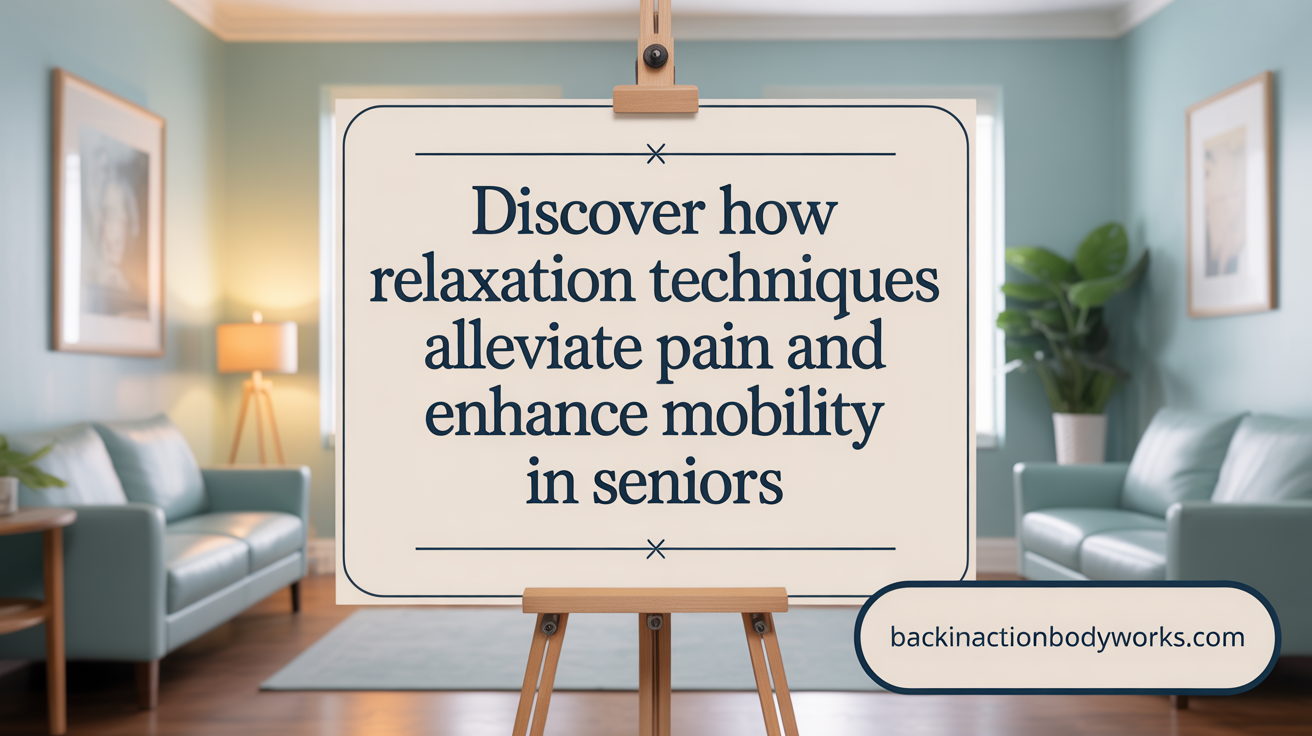
What are the health benefits of massage therapy for older adults, particularly for conditions like musculoskeletal issues and persistent pain?
Massage therapy has gained recognition as a valuable complementary approach for improving health outcomes among seniors, especially those dealing with chronic pain and musculoskeletal conditions such as osteoarthritis. Multiple studies and surveys indicate that massage can significantly reduce pain, stiffness, and disability related to joint disorders like osteoarthritis.
Research on older adults with knee osteoarthritis demonstrates that an eight-week course of massage therapy leads to meaningful improvements in pain levels, stiffness, and physical functionality. These improvements are often measured using standardized tools, such as the WOMAC index and visual analog scales. Such benefits help seniors move more comfortably, improving their daily activities and overall quality of life.
Beyond pain relief, massage promotes relaxation and reduces psychological stress, which enhances mental well-being. It can help mitigate symptoms such as anxiety and depression, common among the elderly with chronic health issues. In addition, massage therapy has been shown to positively influence immune functions and neuroendocrine activity, further supporting overall health.
For seniors living with persistent or post-operative pain, regular massage sessions can decrease feelings of limitation and increase energy levels. The several physiological effects include improved blood circulation, reduced swelling, and enhanced skin health—factors that are crucial in managing long-term conditions like osteoarthritis. Massage therapy's safety profile is generally favorable, with few adverse effects reported, making it a suitable complementary intervention.
Furthermore, massage contributes to reducing agitation and behavioral issues in individuals with dementia, which supports emotional stability and social engagement. This holistic approach can enhance life quality beyond physical health, emphasizing the broad-reaching benefits of massage for aging populations.
Psychological and Cognitive Benefits of Massage for Aging Adults
How does massage therapy help reduce agitation and stress in dementia patients?
Many studies reveal that massage therapy, including hand and slow-stroke back massage, significantly decreases agitation and verbal aggression in elders with dementia. These calming effects help reduce feelings of stress and improve overall behavioral symptoms. Despite some limitations like small sample sizes, evidence consistently indicates that massage can create a more relaxed state for these patients.
How does massage improve mood and promote relaxation?
Massage therapy has been linked to better emotional health and relaxation in older adults. It helps improve mood by reducing stress levels and alleviating symptoms of depression. Regular massage sessions can counteract feelings of anxiety, offering a soothing experience that fosters a sense of well-being.
What effect does massage have on sleep quality and depression?
Regular massage therapy has been shown to enhance sleep quality and reduce depression symptoms among seniors. Improved sleep contributes to overall health and mood stability. Many older adults report feeling more energized and emotionally balanced after consistent massage treatments.
What are the neuroendocrine and psychological impacts of massage?
Research indicates that massage influences neuroendocrine functions, supporting better mental health. It helps modulate psychological states, promoting relaxation and emotional stability. These effects can lead to decreased anxiety and a reduction in stress hormones, further benefitting cognitive and emotional functioning.
| Benefit Area | Notes | Evidence Source |
|---|---|---|
| Aggression & agitation | Reduced in dementia patients after massage | Multiple experimental studies |
| Mood improvement | Better emotional well-being reported | Clinical reviews |
| Sleep & depression | Enhanced sleep, decreased depression symptoms | Older adult studies |
| Neuroendocrine effects | Hormonal balance support, reduced stress | Scientific research |
Massage therapy proves to be a promising approach in supporting mental and emotional health among aging populations, especially those with cognitive impairments like dementia.
Frequency and Types of Massage Recommended for Older Adults
How often should seniors receive massage therapy?
The ideal frequency of massage therapy sessions for older adults depends on individual health goals and specific conditions. For those managing chronic pain, mobility issues, or stress, weekly or bi-weekly treatments are often beneficial in maintaining comfort and improving function. Conversely, seniors seeking general relaxation or mental well-being might opt for monthly sessions. Shorter, gentle massages are typically preferred to suit their skin sensitivity and physical endurance.
Consistent communication with healthcare providers and licensed massage therapists ensures personalized, safe, and effective treatment plans. Adjustments in session length and pressure can optimize benefits while minimizing discomfort. Incorporating massage therapy as part of a broader health and wellness routine can significantly enhance seniors’ overall quality of life.
Trends and Determinants Influencing Massage Therapy Utilization in Older Populations
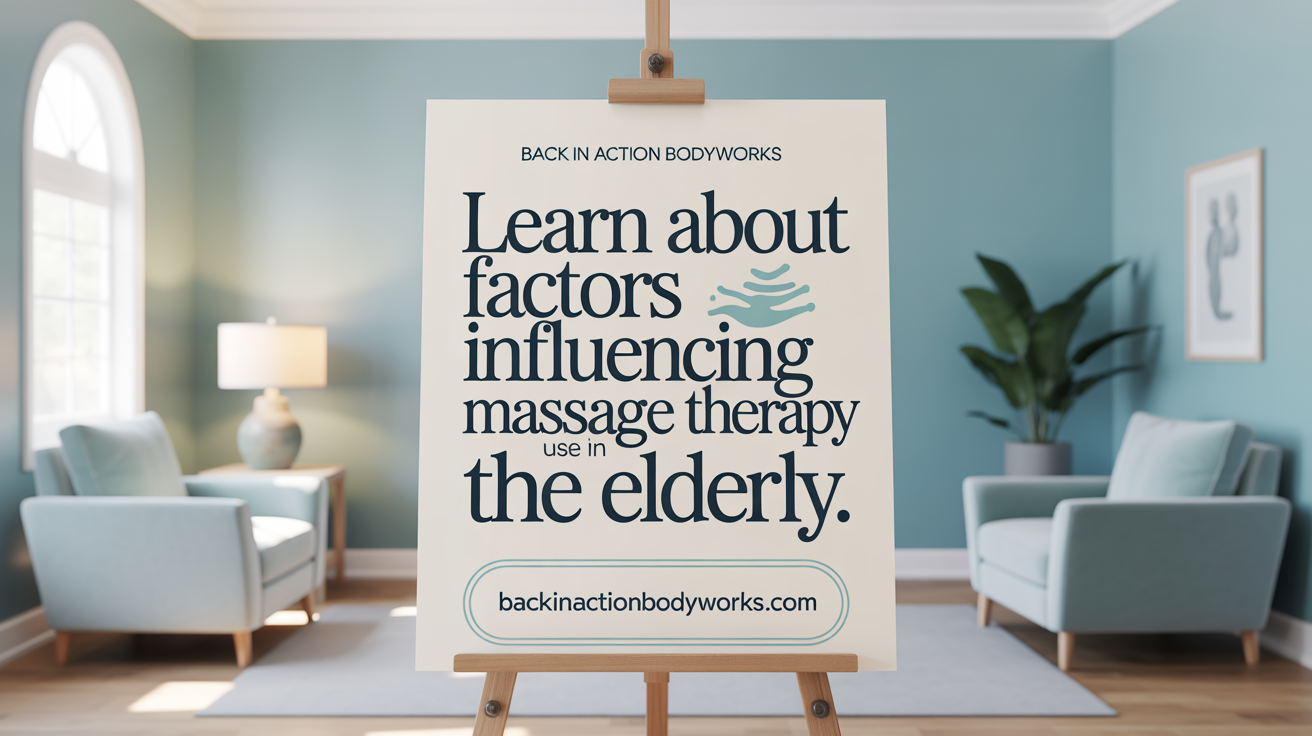
The Role of Complementary and Integrative Health Practitioners
Utilization of massage therapy among older adults is significantly driven by their interactions with complementary and integrative health practitioners. Research shows that the strongest determinant for massage use is the engagement with these practitioners, highlighting the importance of multidisciplinary approaches in eldercare. As more seniors seek holistic health options, therapists specializing in massage, acupuncture, and chiropractic care increasingly become vital parts of their health routines.
Socioeconomic and Educational Influences
Socioeconomic status and education level also play a crucial role in massage therapy use. Higher-income individuals and those with greater educational attainment are more likely to explore massage as part of their health management. This trend is partly because they have better access to information and discretionary funds for such services, which are rarely covered by insurance. Interestingly, most massage users tend to underreport their use to healthcare providers, possibly due to cost concerns or unfamiliarity with some health institutions.
Impact of Aging Demographics on Industry Growth
The aging population in the U.S. is a major factor propelling the massage industry forward. By 2030, the population aged 65 and older is projected to nearly double from 35 million to 71 million. This demographic shift increases demand for wellness therapies, including massage, to manage chronic pain, improve mobility, and support mental health. Studies have shown that older adults frequently use massage for osteoarthritis relief, pain management, and overall relaxation, fueling the industry’s expansion.
Marketing and Accessibility for Seniors
To meet the growing demand, massage providers are tailoring their marketing and service delivery towards seniors. Approaches include outreach at senior centers, community groups, and through social media campaigns targeting active and less-active seniors alike. Solutions such as massage chairs and adapted techniques allow accessibility for those with mobility issues or in assisted living. These strategies ensure that massage therapy remains an accessible, effective option for maintaining health and improving quality of life among elderly populations.
| Aspect | Impact | Additional Details |
|---|---|---|
| Practitioner engagement | Drives utilization among older adults | Strong tie to holistic health approaches |
| Socioeconomic factors | Influence access and willingness to try massage | Higher income/education correlates with increased use |
| Demographic shifts | Elevates industry demand | Aging population increases need for elder-specific services |
| Marketing strategies | Enhance accessibility and awareness | Community outreach, adaptable techniques, and technological innovations |
Summary of Research and Systematic Reviews on Massage Therapy in Aging Groups
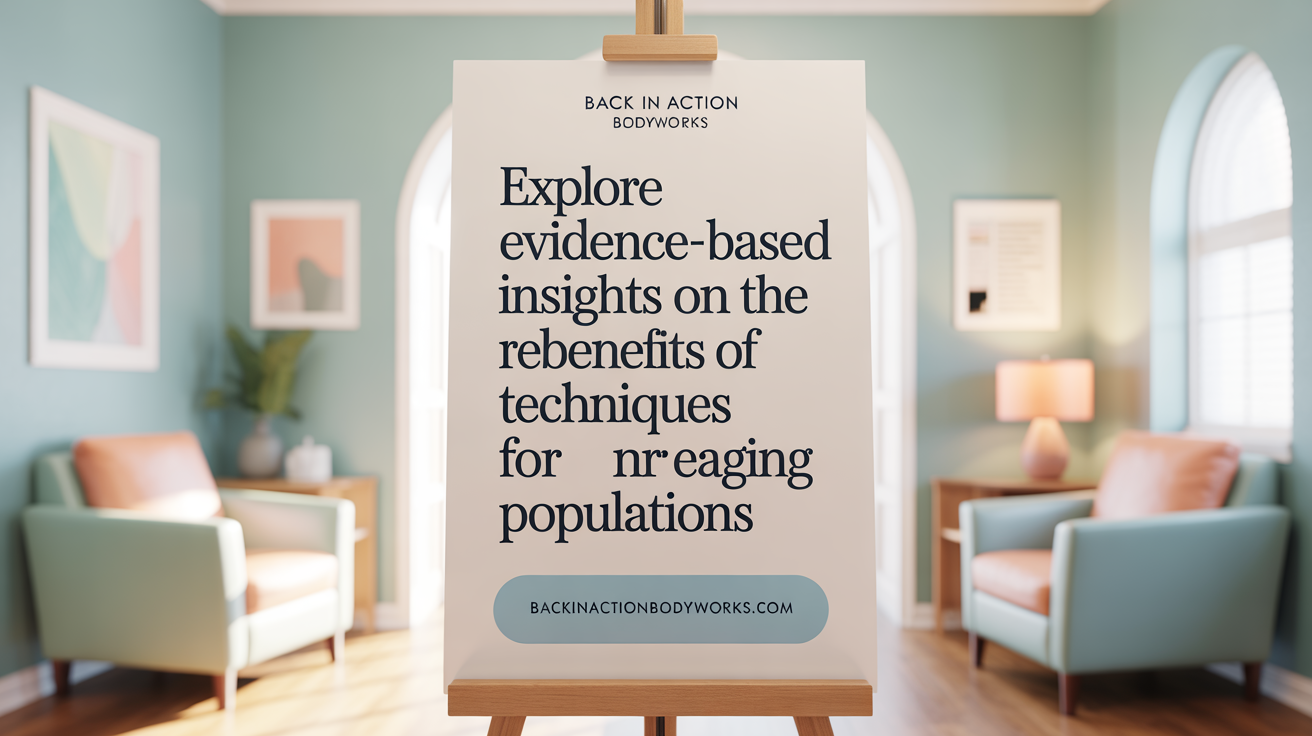
Overview of Clinical Studies and Surveys
Research indicates widespread use of massage therapy among older adults, with approximately 9 million people over 55 in the U.S. receiving massages annually. Surveys from 2014 and recent national health data show that clients seek massage mainly for pain relief, stiffness, and recovery from injury, with a significant portion also using it for overall wellness. These studies reveal that massage therapy is popular across regions such as North America and Australia and among populations including those with osteoarthritis, dementia, and post-surgical conditions.
Evidence on Safety and Effectiveness
Multiple clinical trials demonstrate that a 60-minute full-body massage improves balance, blood pressure, and neurophysiological parameters in older adults. Notably, massage reduces systolic and diastolic blood pressure and enhances balance by decreasing displacement area and velocity. It also modulates nerve excitability, indicating a calming effect on the nervous system. Importantly, balance improvements occur gradually rather than immediately post-treatment, indicating a safe approach that does not increase instability.
Massage Use in Managing Chronic Conditions
Massage therapy has shown significant benefits for chronic musculoskeletal issues like osteoarthritis, reducing pain and stiffness, and improving physical function. For example, in knee osteoarthritis patients, eight weeks of massage led to better WOMAC scores and pain levels. It also helps in managing symptoms of dementia by decreasing agitation and aggression—improving emotional well-being.
Impact on Quality of Life and Well-Being
Research highlights that massage therapy enhances overall health perceptions, emotional health, and social functioning among older adults with persistent pain or chronic illnesses. Participants reported fewer limitations and better mood after sessions. Additionally, massage aids in relaxation, reduces anxiety, and supports recovery after surgery, contributing to better life quality. Most users perceive massage as beneficial for both physical and emotional health, despite many not disclosing their use to healthcare providers.
| Aspect | Findings | Notes |
|---|---|---|
| Usage prevalence | About 9 million over age 55; 39 million massages annually | Predominantly for pain relief and wellness |
| Safety | No immediate post-treatment instability; gradual improvements | Considered safe for elderly populations |
| Conditions addressed | Osteoarthritis, dementia, post-surgical recovery | Improves pain, balance, agitation, and mood |
| Benefits on quality of life | Better emotional health, less pain, improved mobility | Enhances overall well-being in seniors |
| Barriers to use | Low insurance coverage, lack of disclosure | Efforts to improve integration into healthcare |
This body of evidence underscores massage therapy as a valuable, safe, and effective complementary intervention for improving physical and emotional health among aging populations.
The Growing Role of Massage Therapy in Senior Health and Wellness
Massage therapy stands out as a valuable complementary approach to enhancing health outcomes and quality of life among aging populations. Statistical data reveal that while younger adults are more likely to try massage, seniors engage in massage therapy with notable frequency, driven largely by pain management and wellness maintenance. Research consistently demonstrates the multifaceted benefits of massage for musculoskeletal conditions, persistent pain, cognitive health, and emotional well-being in older adults. Adapted treatment frequencies and specialized techniques ensure safety and efficacy tailored to seniors’ diverse needs. With demographic shifts projecting a substantial increase in the senior population, massage therapy is poised to become an integral component of holistic elder care, supported by growing evidence and user satisfaction. Continued research and integration with healthcare providers will enhance its role in promoting healthier, more active, and more comfortable aging experiences.
References
- Massage Therapy Produces Short-term Improvements in Balance ...
- Client Handout: Massage and The Aging Population - AMTA
- Prevalence and determinants of massage therapy use in the U.S.
- Massage for Seniors: What the Research Says - AMTA
- Prevalence, patterns, and predictors of massage practitioner utilization
- Relationship between massage therapy usage and health outcomes ...
- Aging Baby Boomers Are Changing the Way Senior Massage is ...
- The Prevalence of Massage Therapy Utilization for Musculoskeletal ...
Recent articles
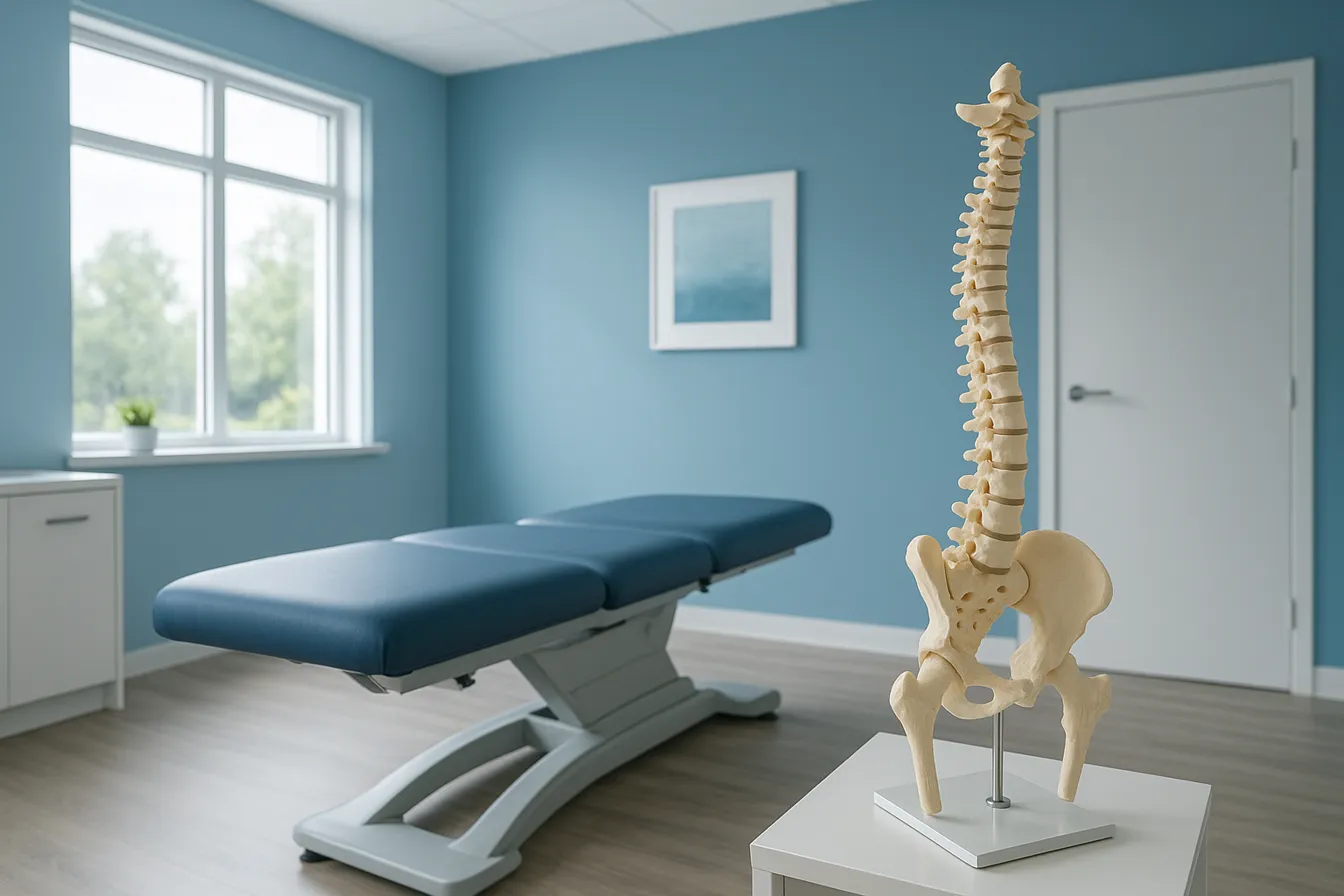
Chiropractic Care: Key Benefits for Managing and Preventing Back Pain
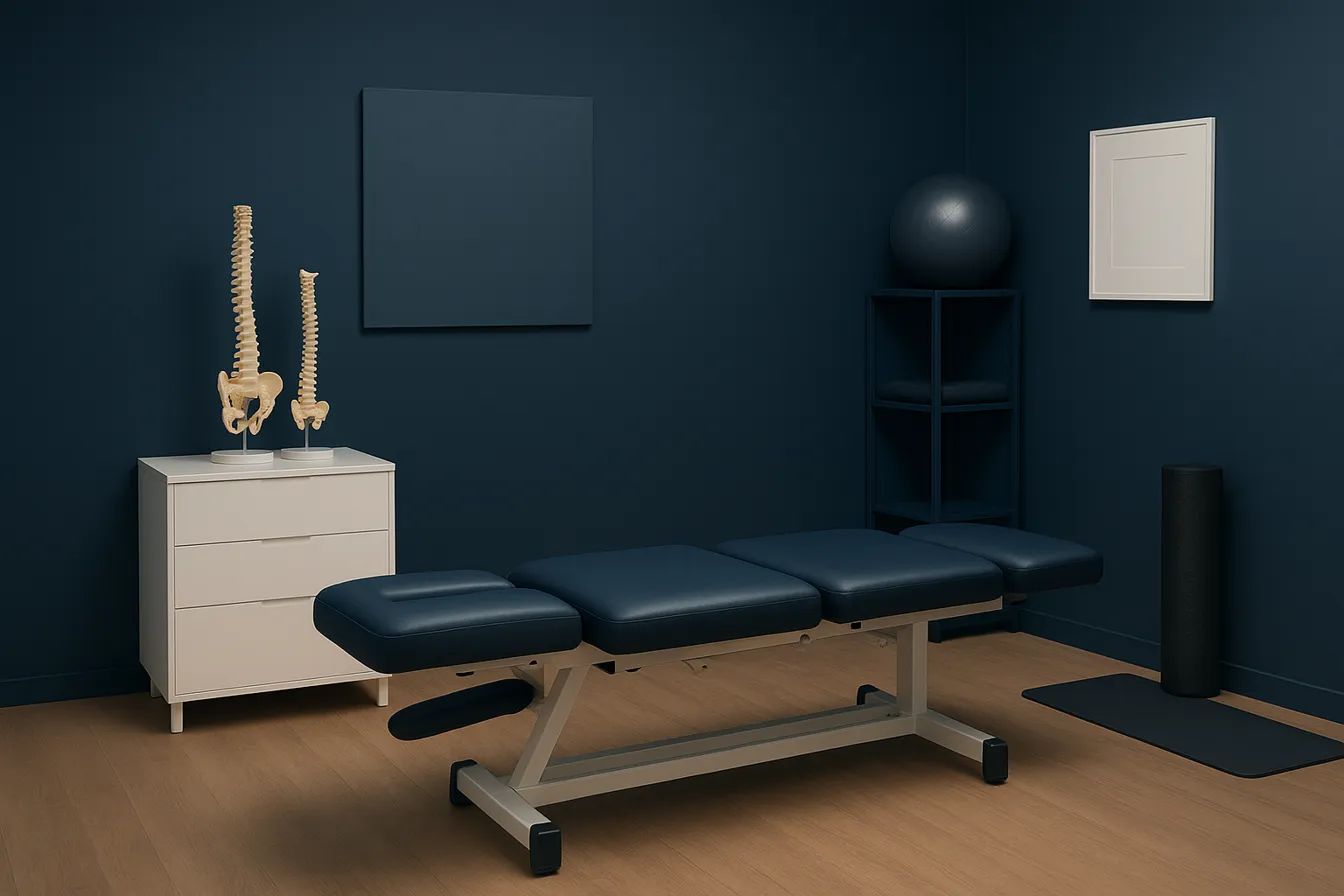
Corrective Exercises That Support Long-Term Relief from Sciatica
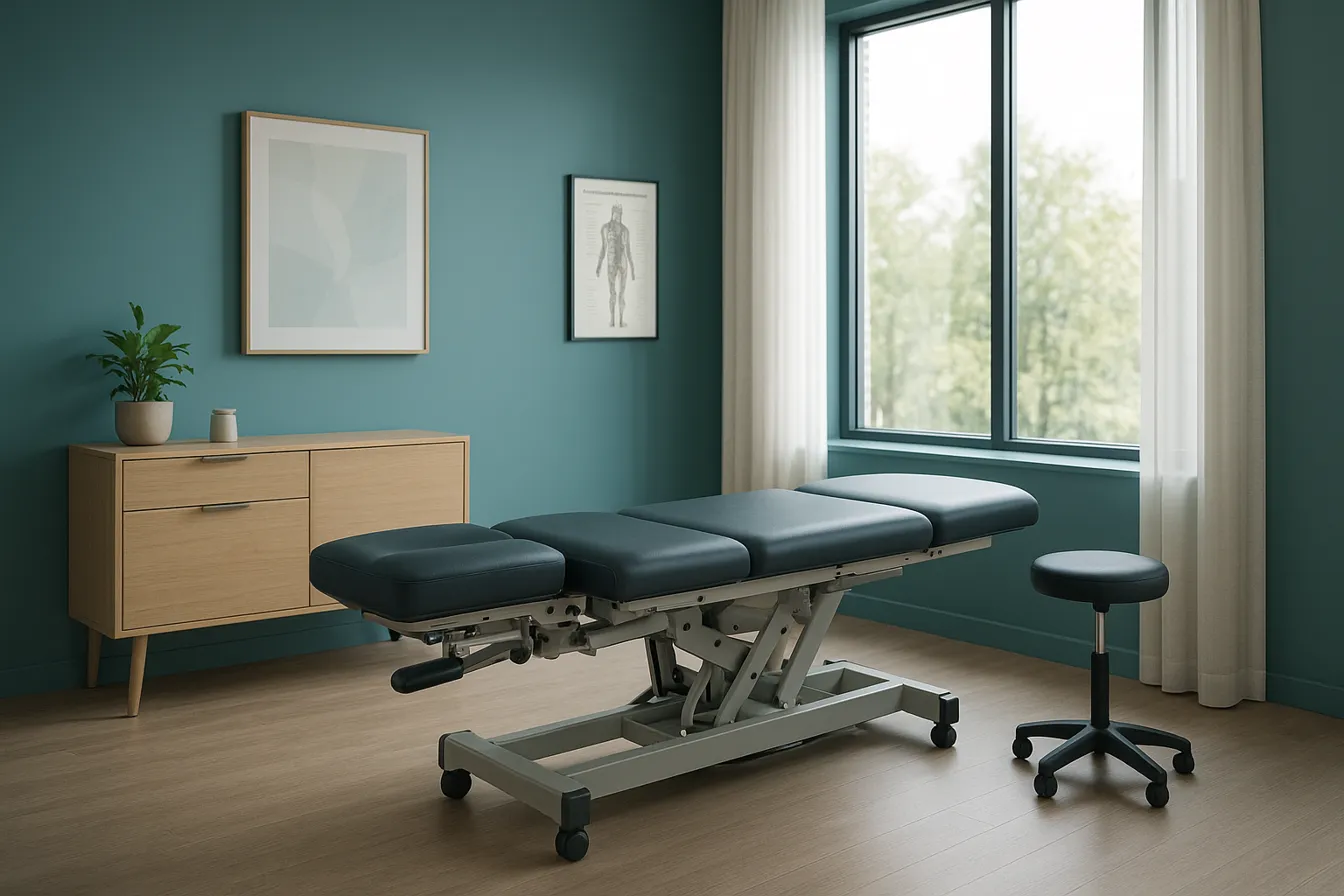
Chiropractic Methods That Provide Lasting Relief from Back Pain
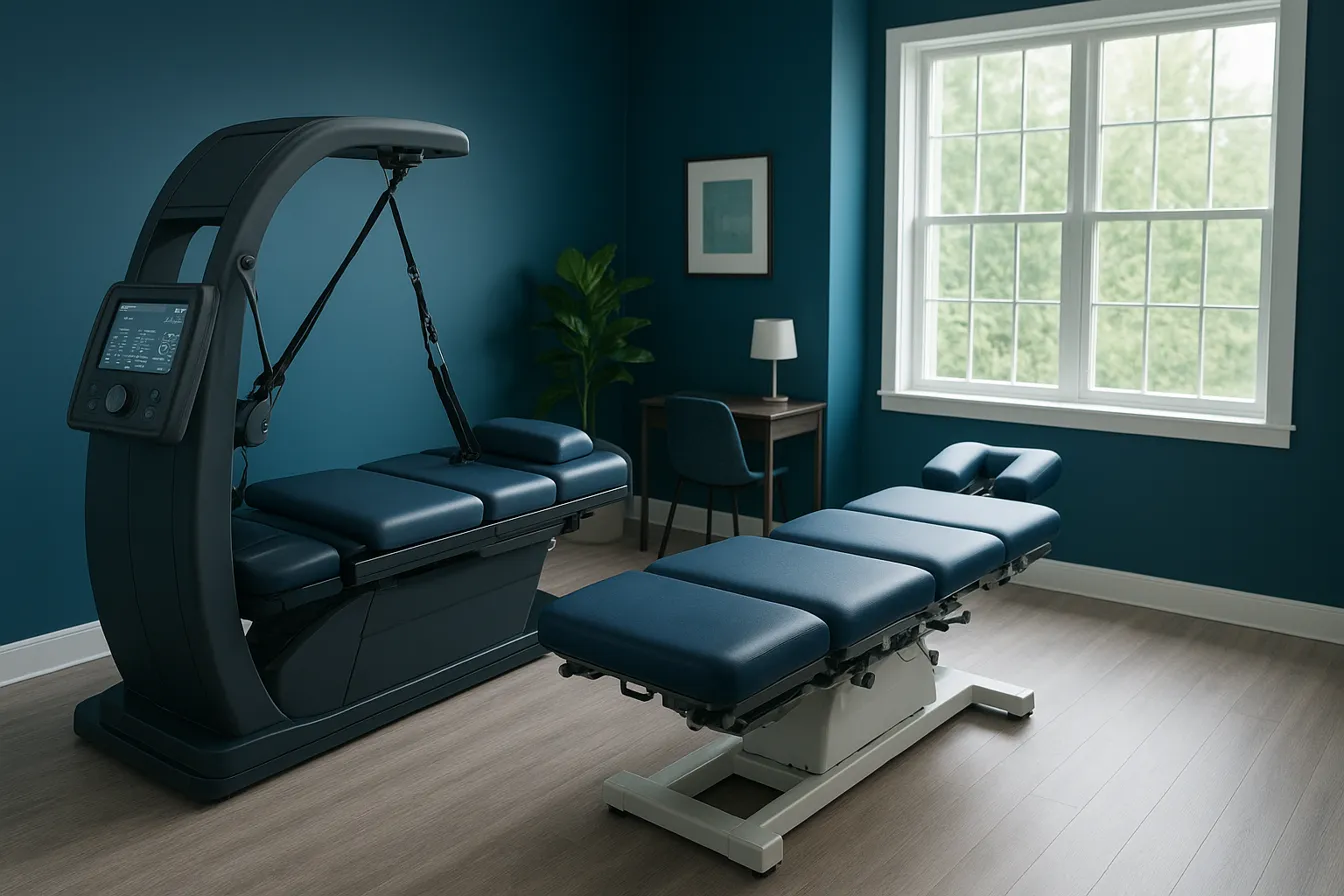
Understanding Spinal Decompression and Its Benefits for Sciatica
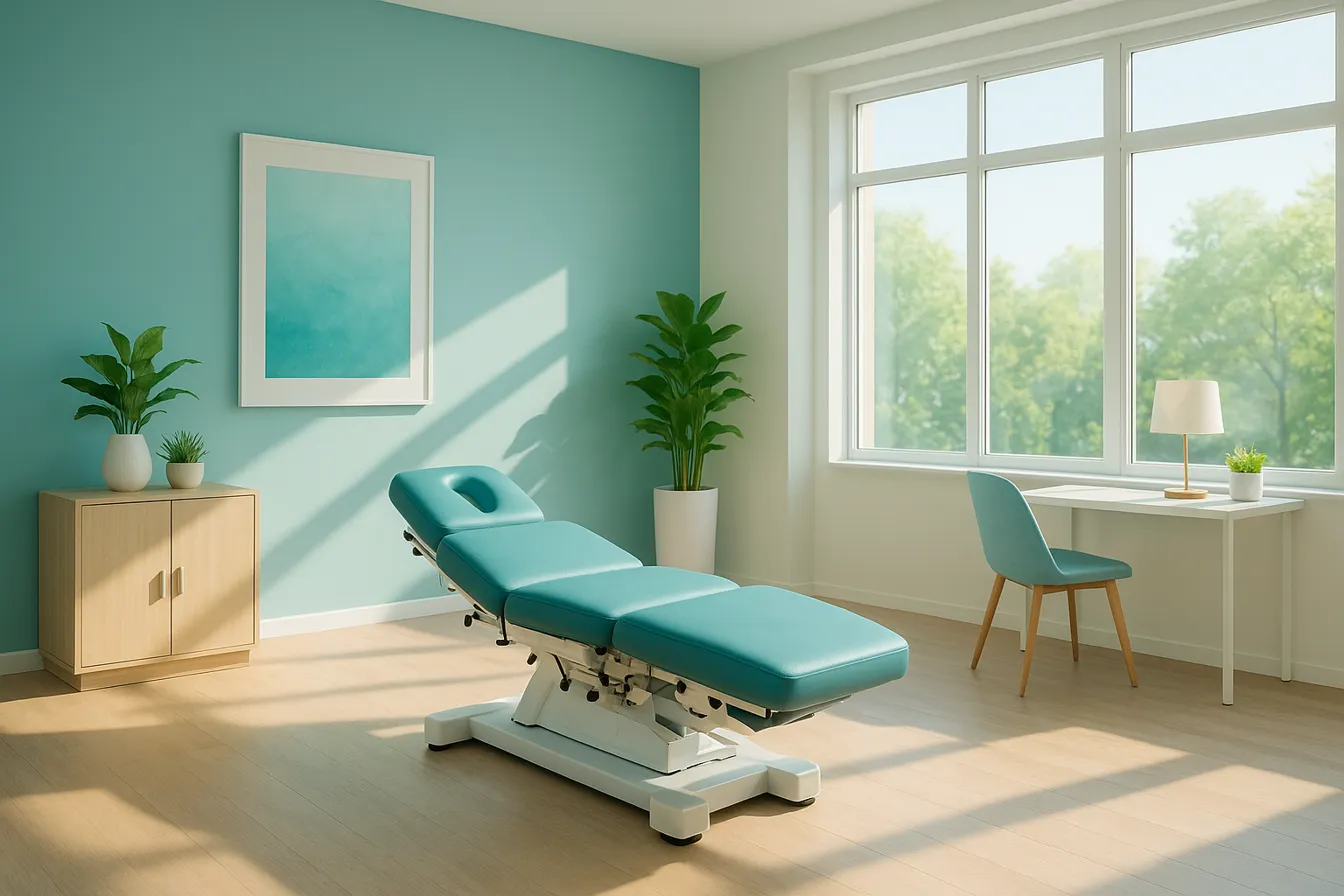
Real Patient Testimonials: Success Stories in Chiropractic Care
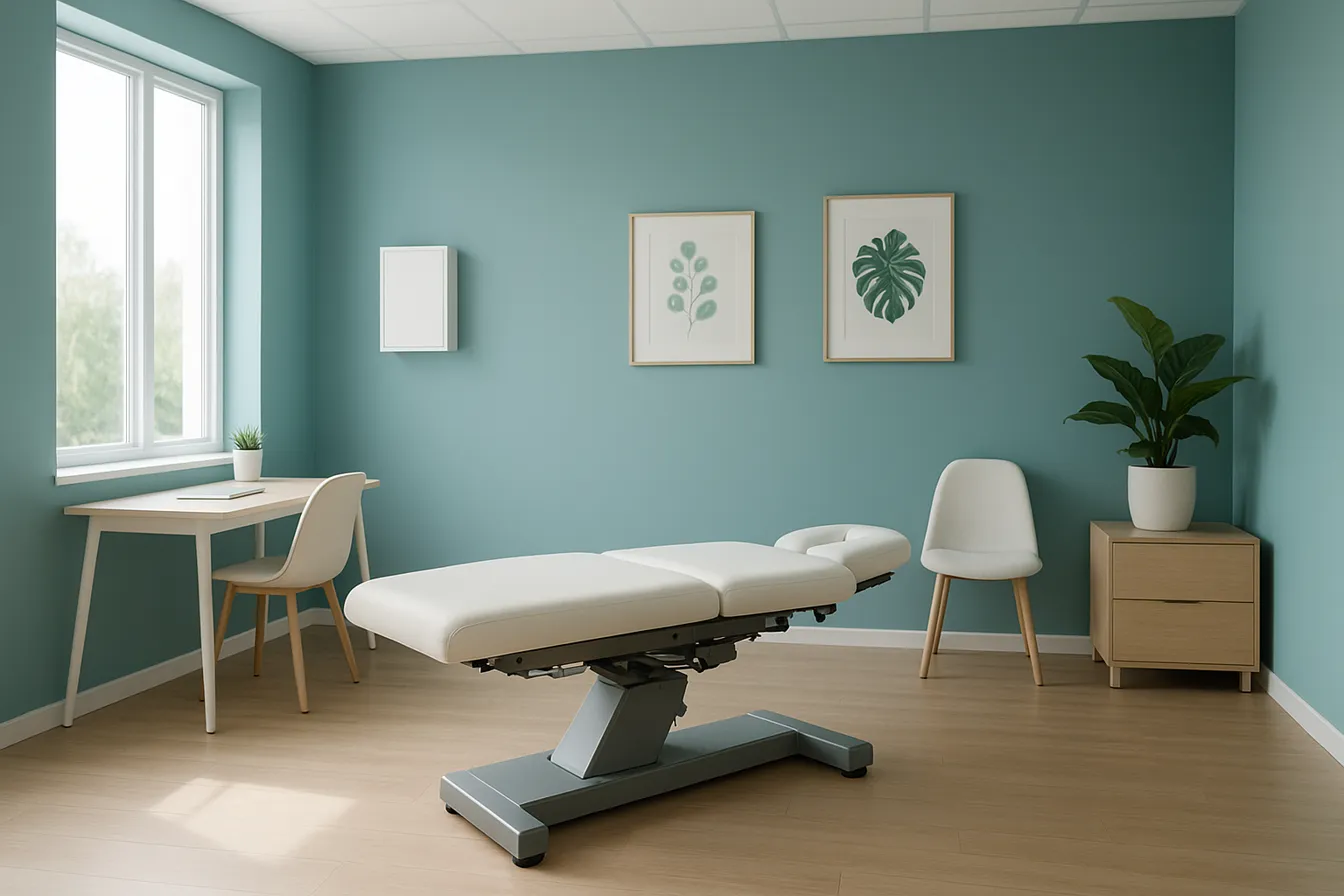
Top Questions to Ask Your Chiropractor During Your Initial Visit
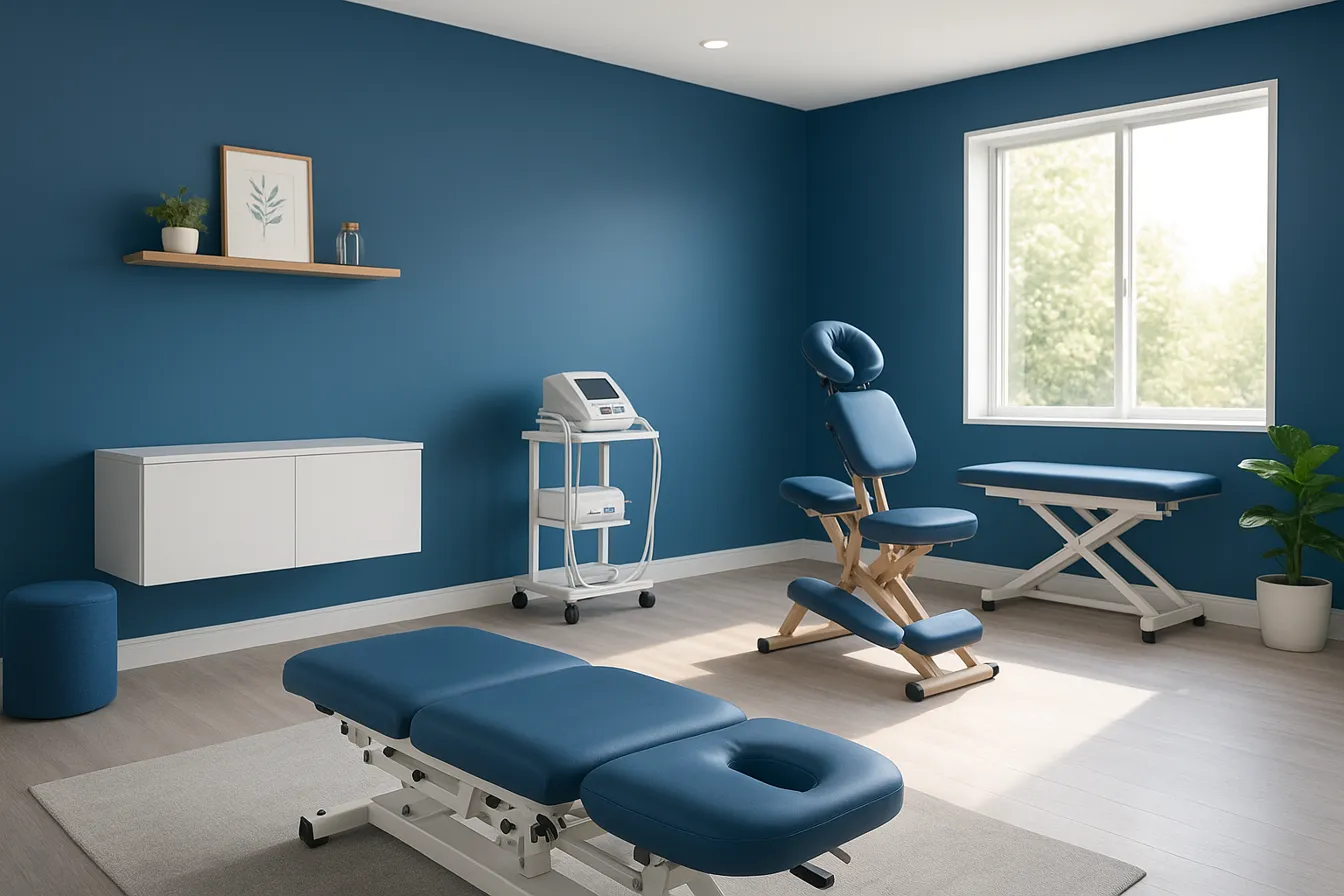
Physiotherapy's Role in Supporting Chiropractic Treatment Plans
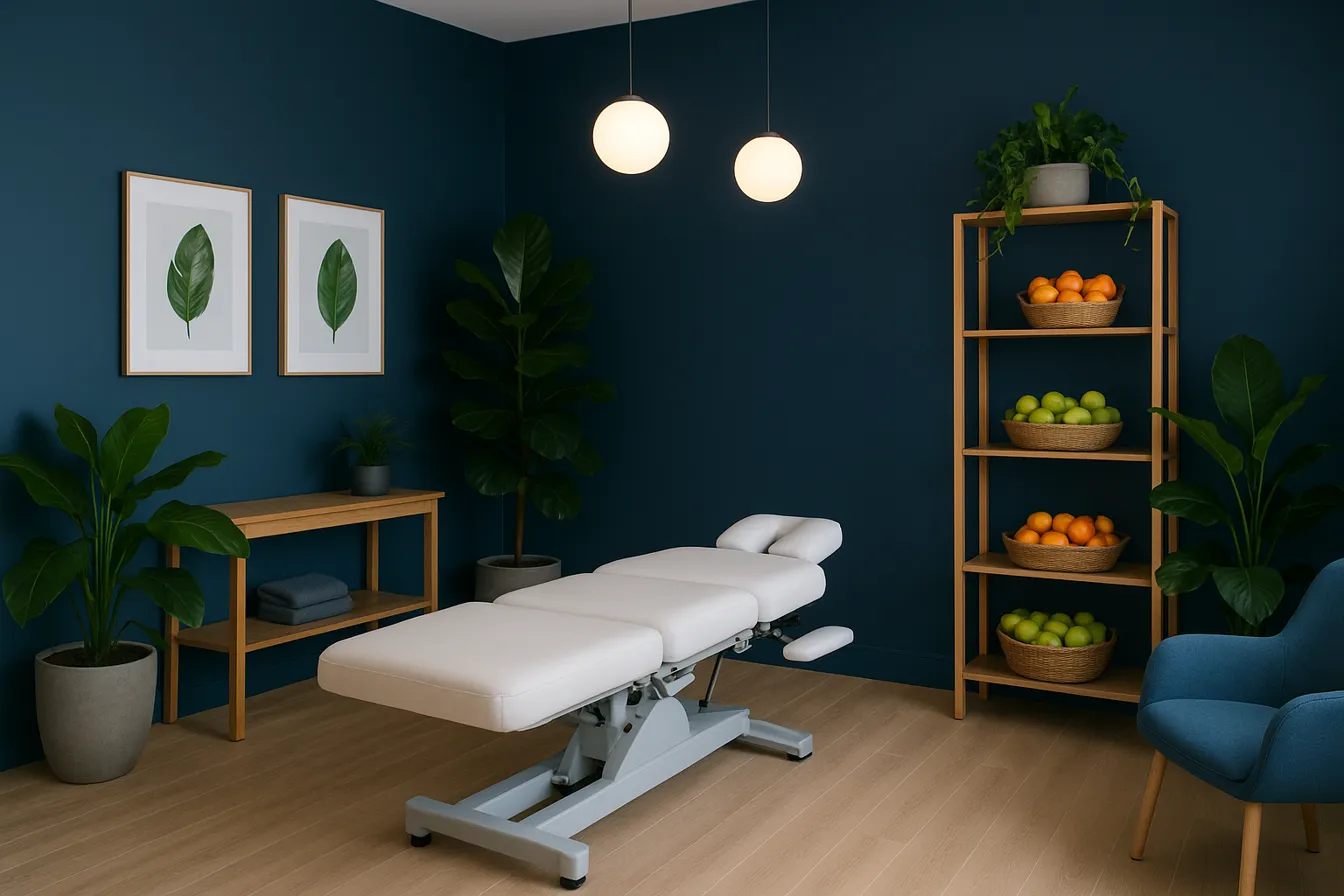
The Role of Diet and Nutrition in Enhancing Wellness and Chiropractic Care

Inspiring Patient Testimonials Highlighting Chiropractic Success
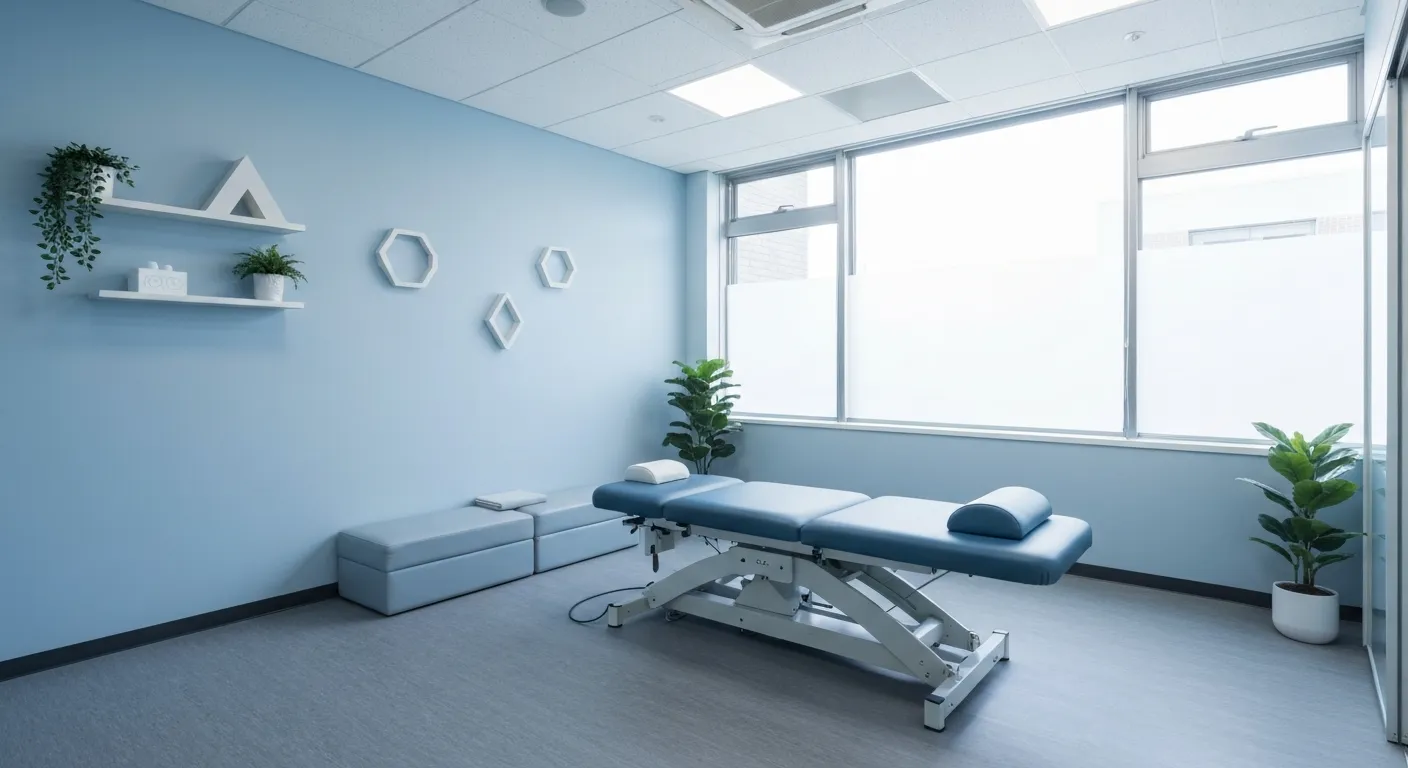
Chiropractic Care: A Natural Solution for Back Pain Relief
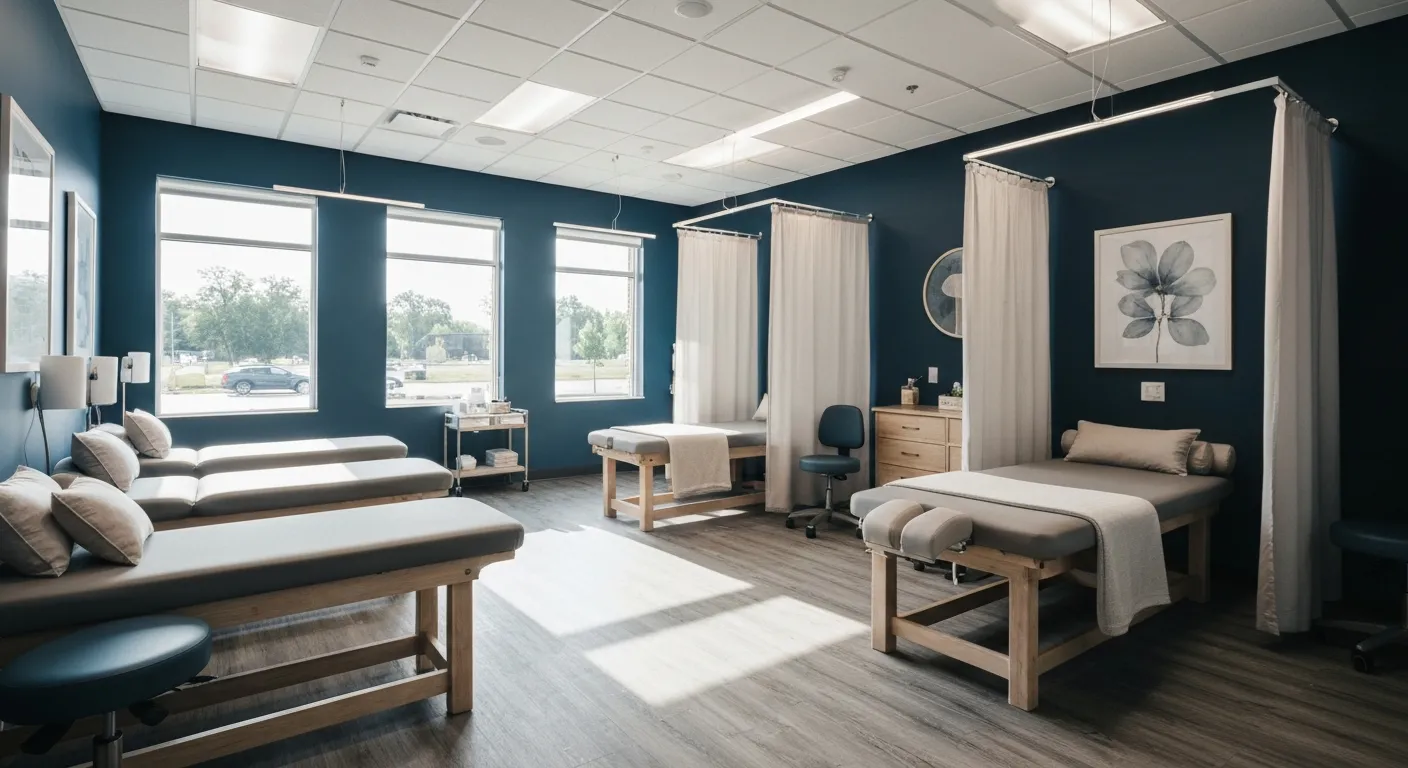
Amazing Patient Success Stories in Chiropractic Wellness
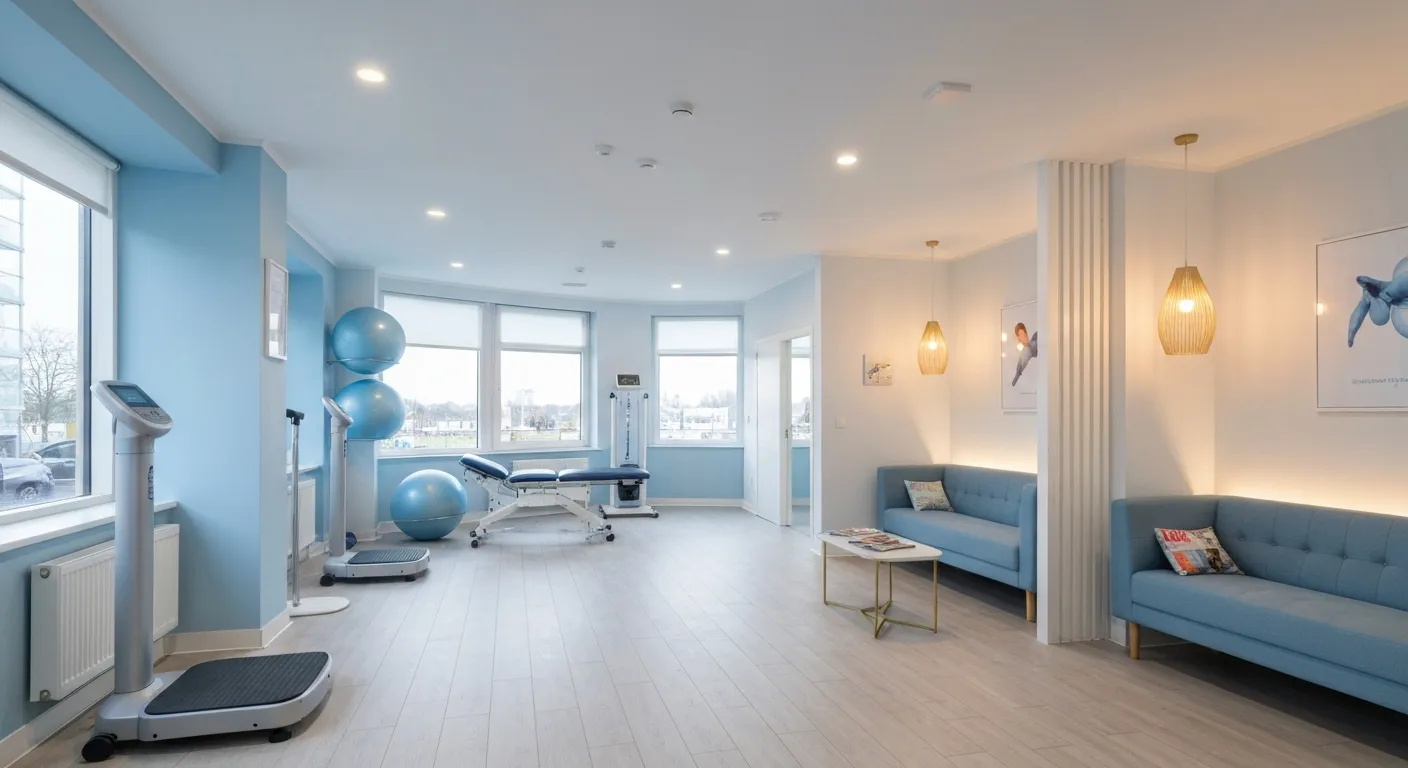
Combining Physiotherapy and Chiropractic for Optimal Healing
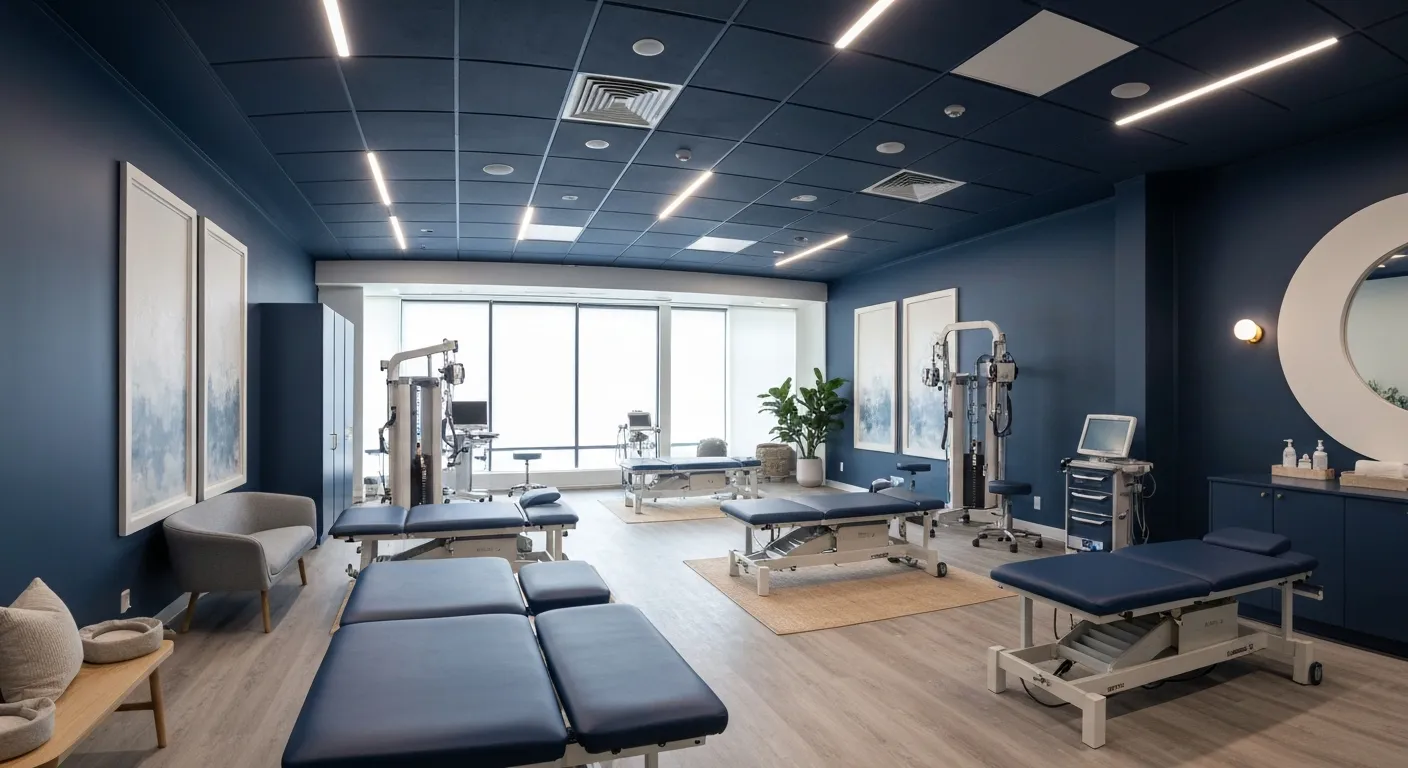
Spinal Decompression Therapy: A Breakthrough for Sciatica Sufferers
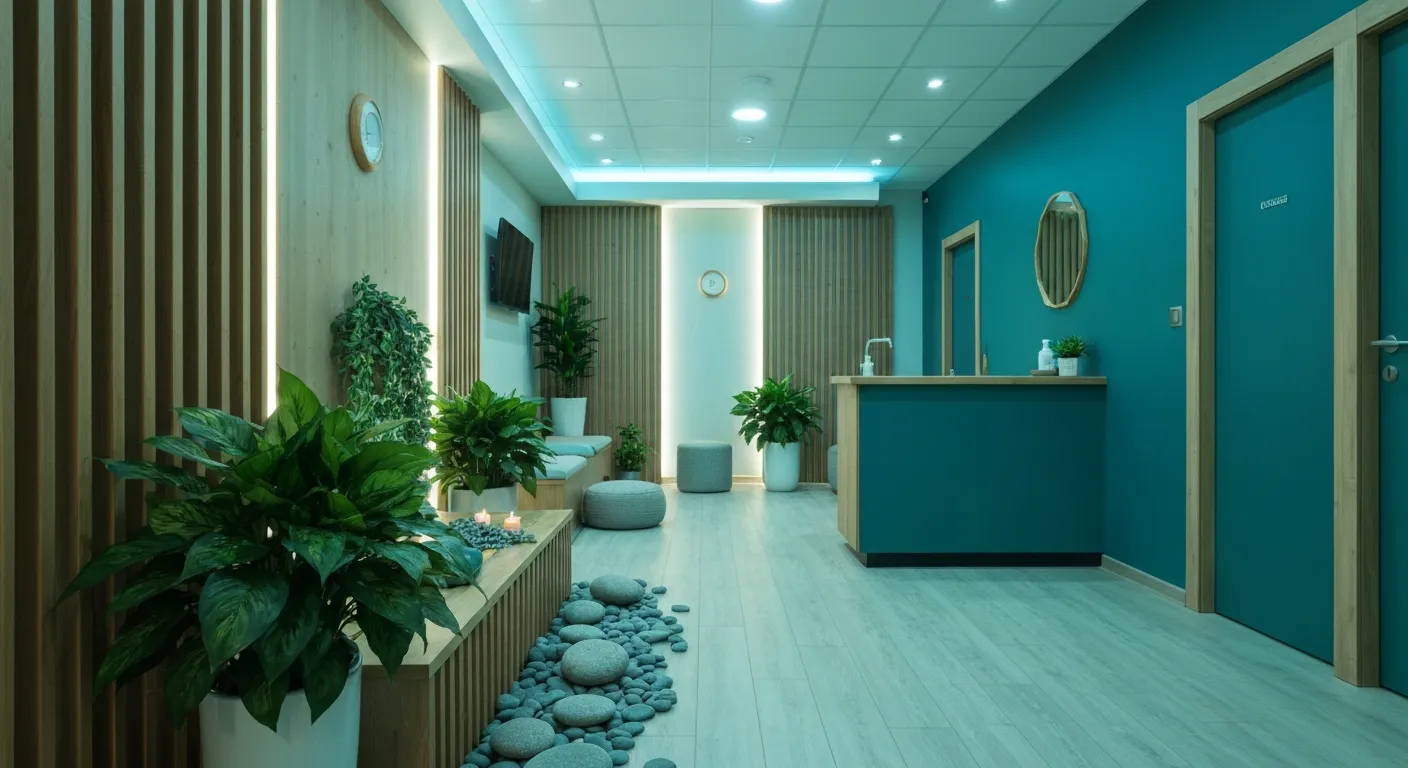
5 Holistic Treatments That Complement Chiropractic Care
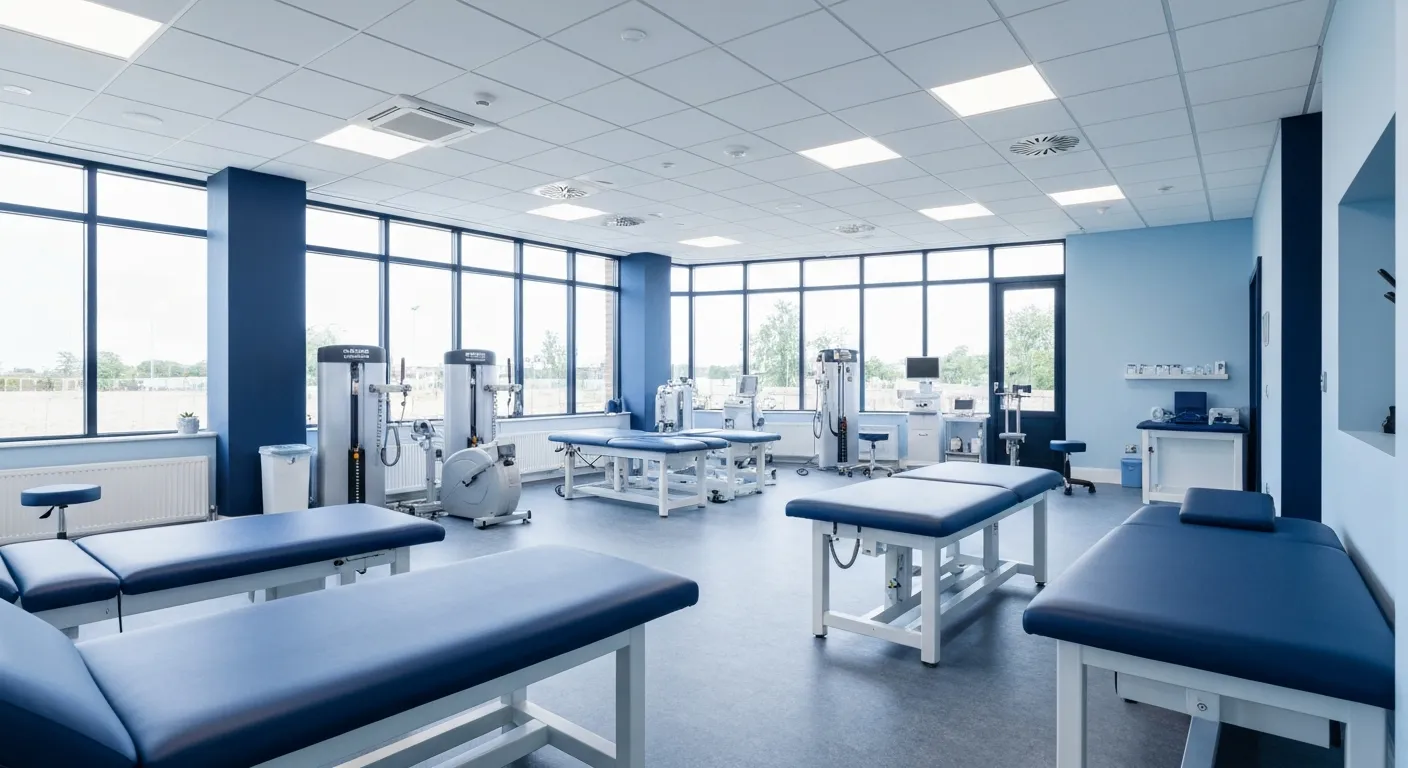
How Physiotherapy Supports and Enhances Chiropractic Treatment
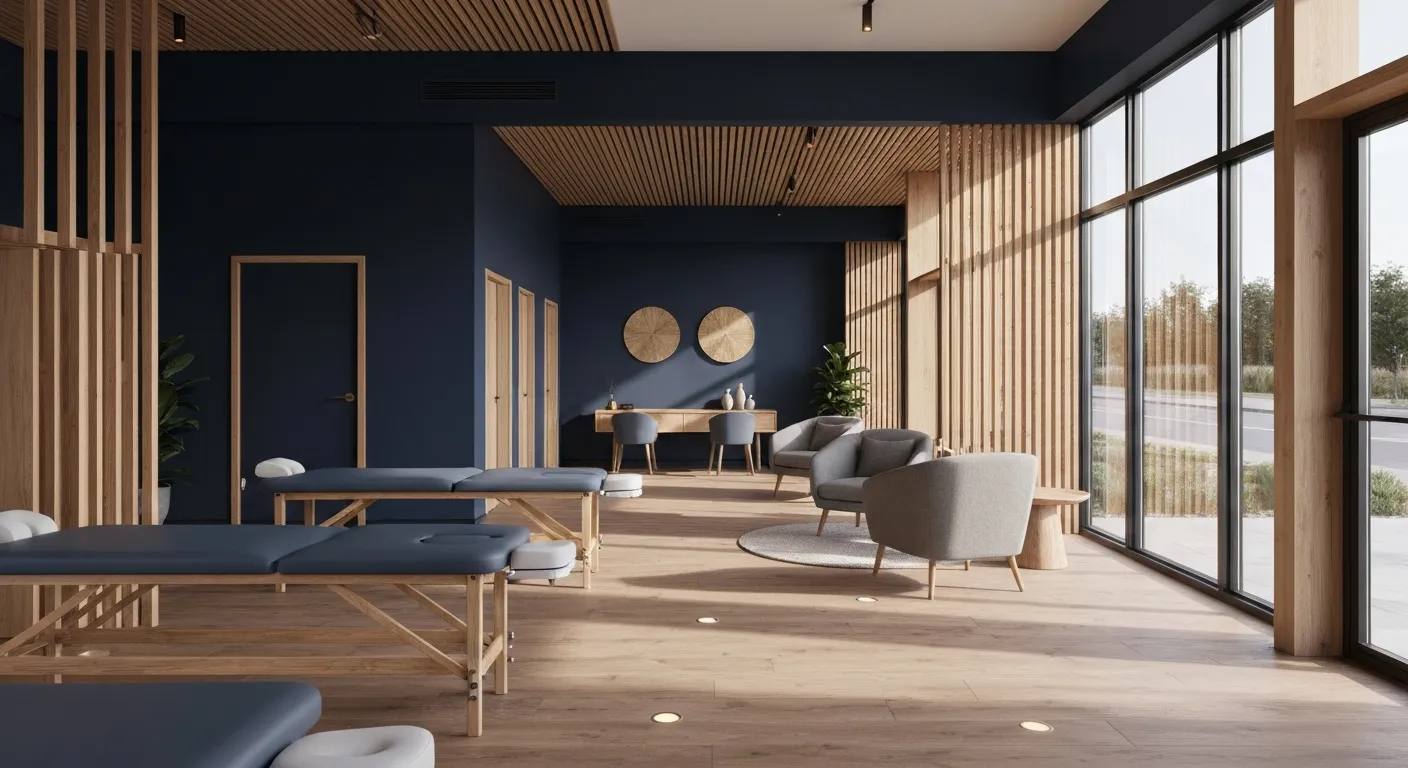
Root Cause Versus Symptom Treatment: Making the Right Choice

7 Essential Things to Know Before Choosing Your Chiropractor

Why Addressing Root Causes of Pain Matters More Than Just Symptoms
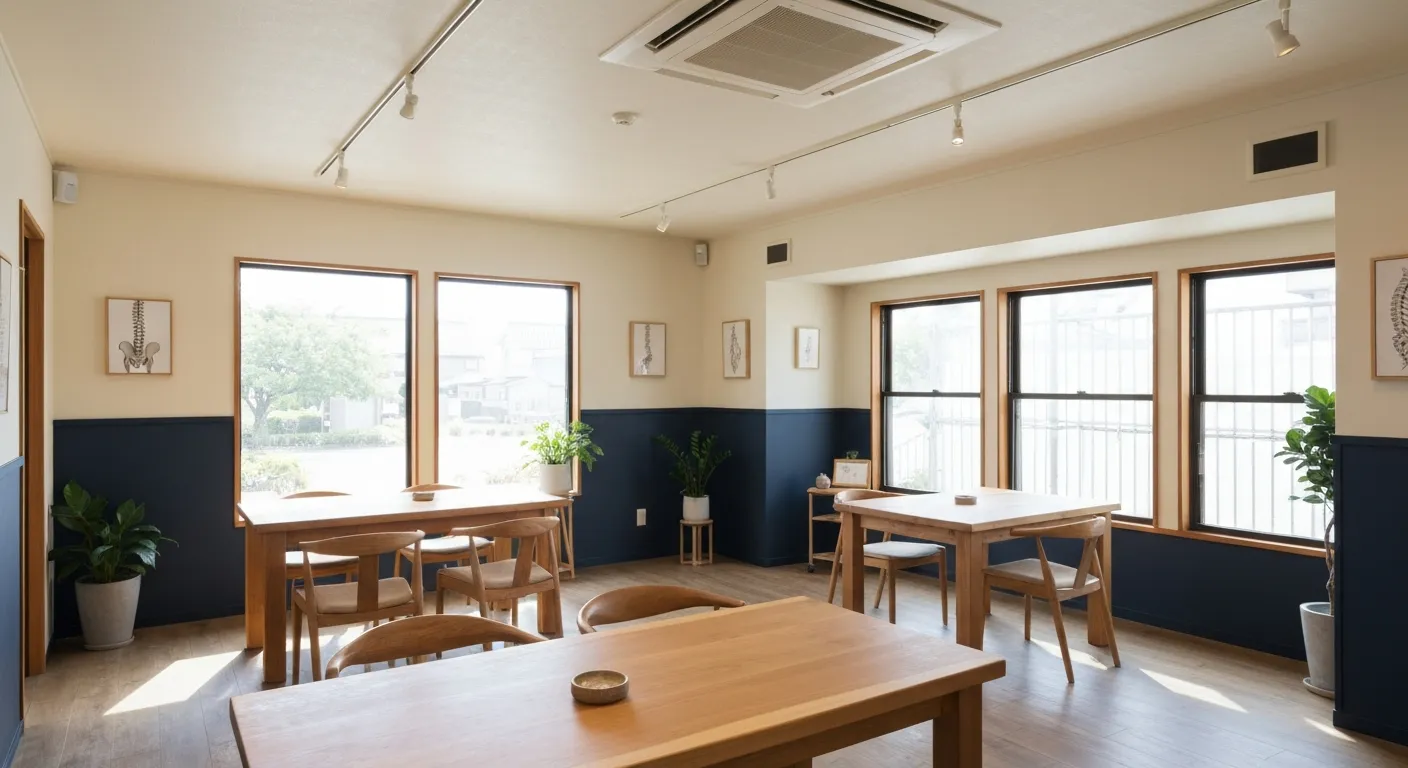
Nutritional Counseling Strategies to Boost Your Overall Wellness
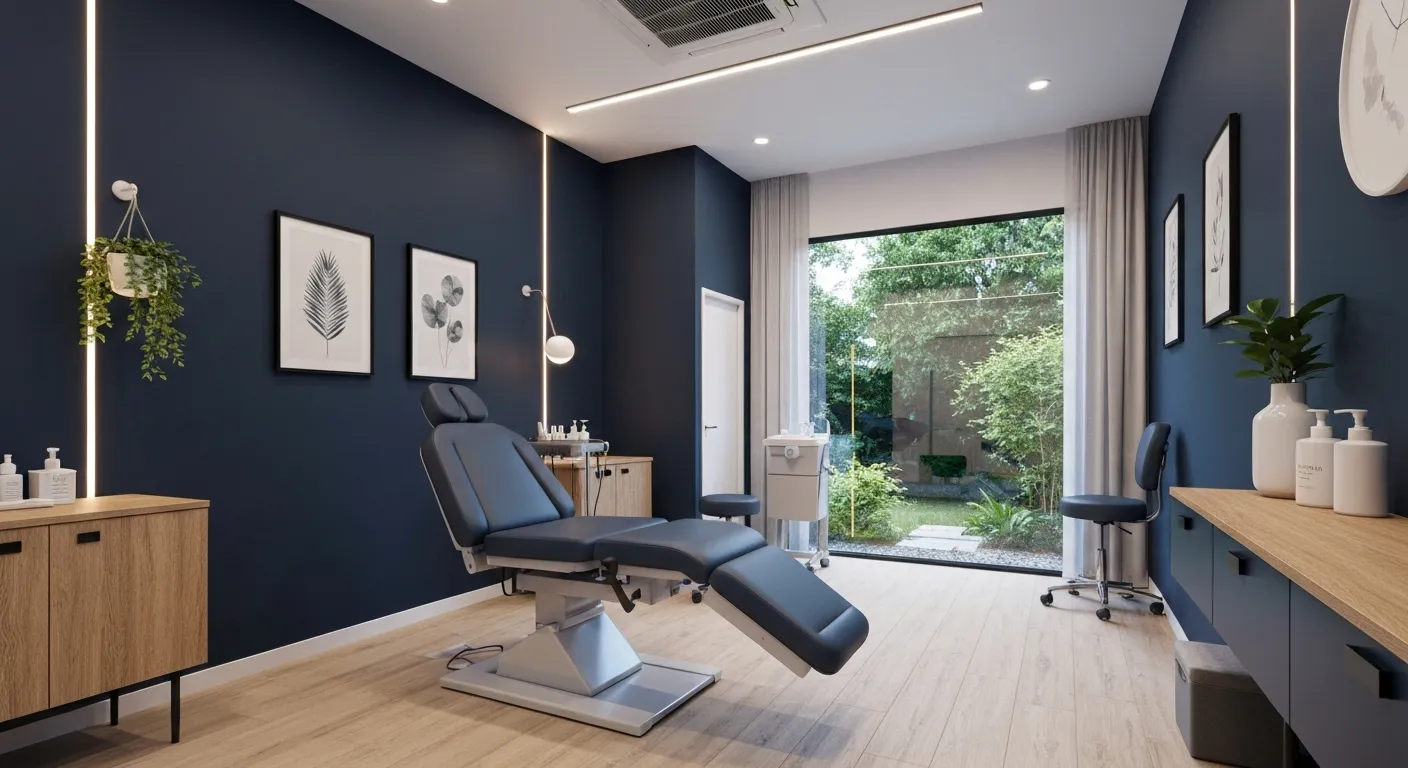
How Spinal Decompression Therapy Alleviates Sciatic Nerve Pain
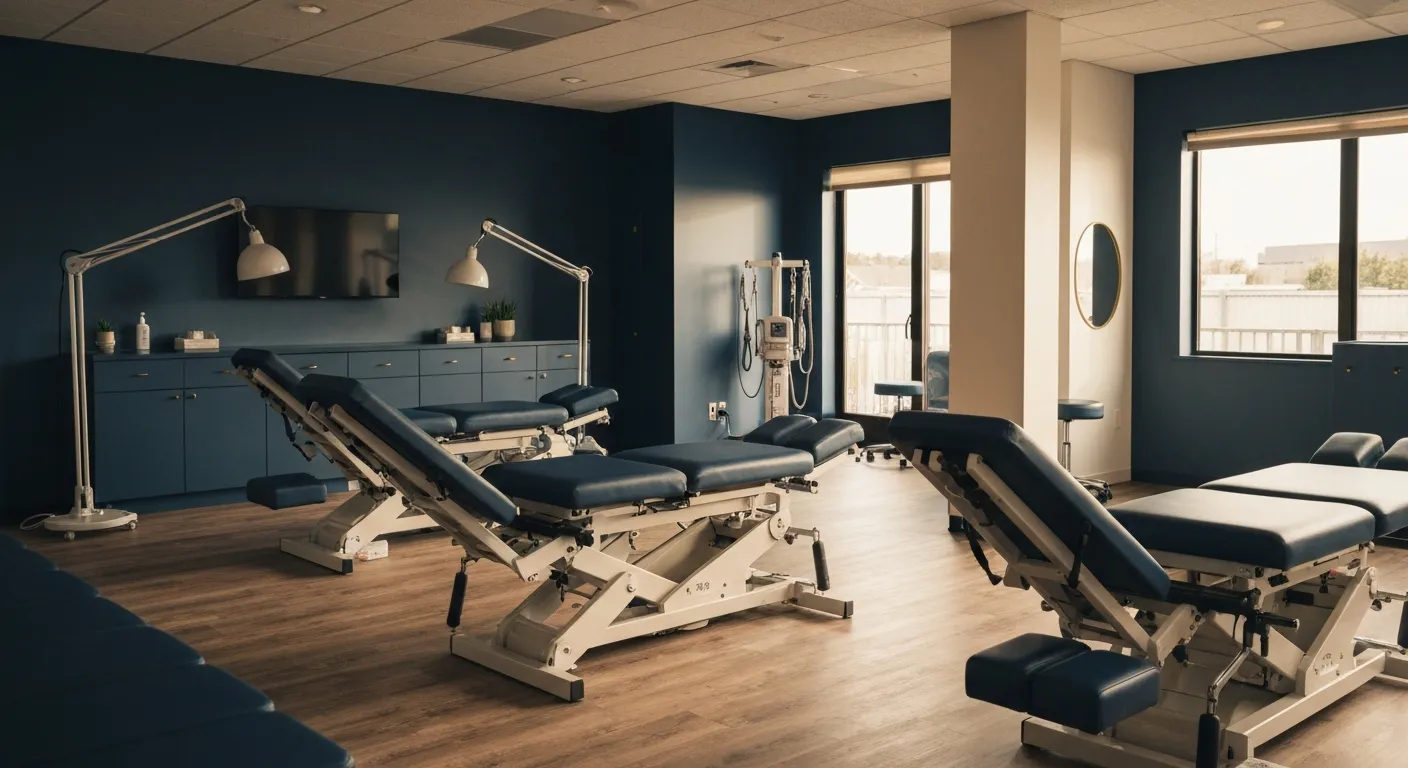
Long-Term Pain Relief Through Targeted Corrective Exercises

10 Benefits of Integrating Physiotherapy with Chiropractic Treatments
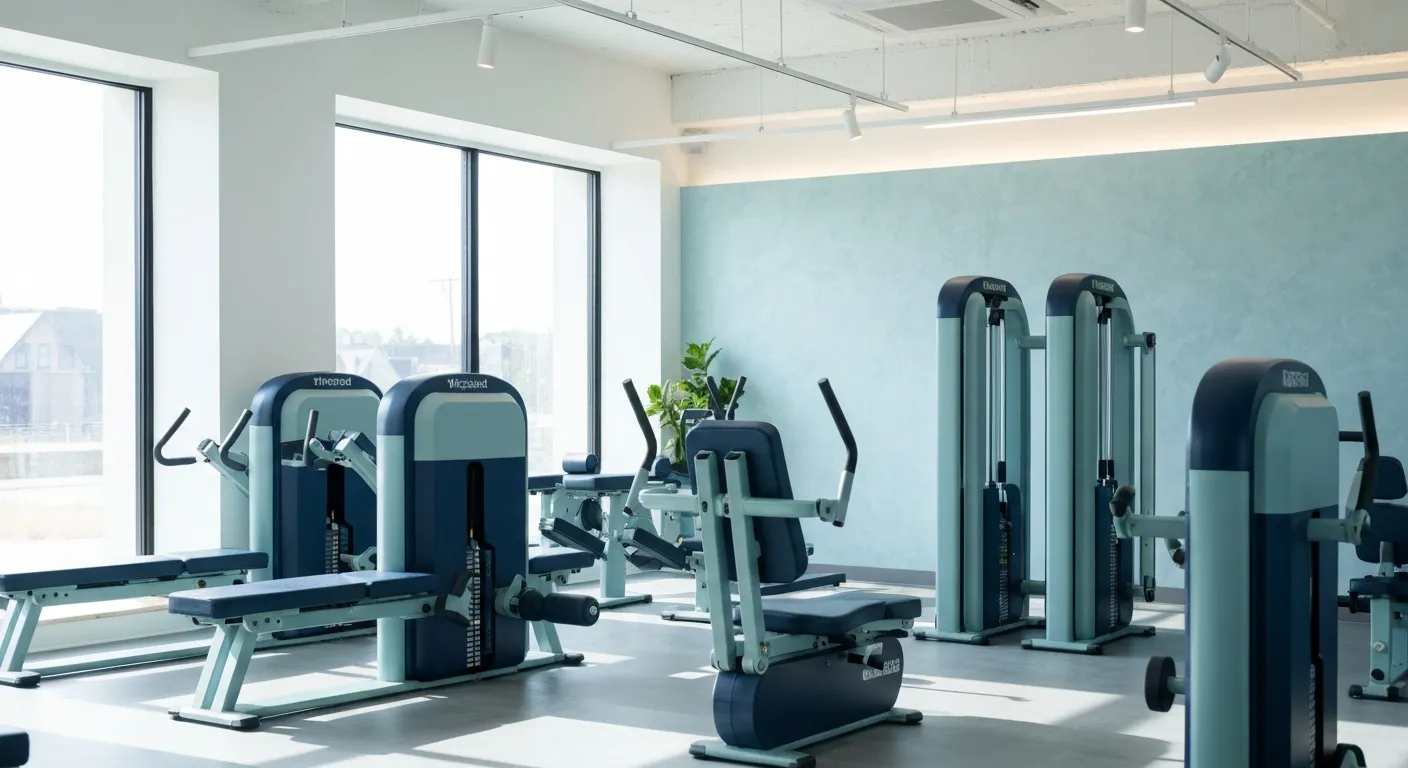
Corrective Exercises That Help Prevent Recurring Pain

8 Corrective Exercises Proven for Lasting Pain Relief
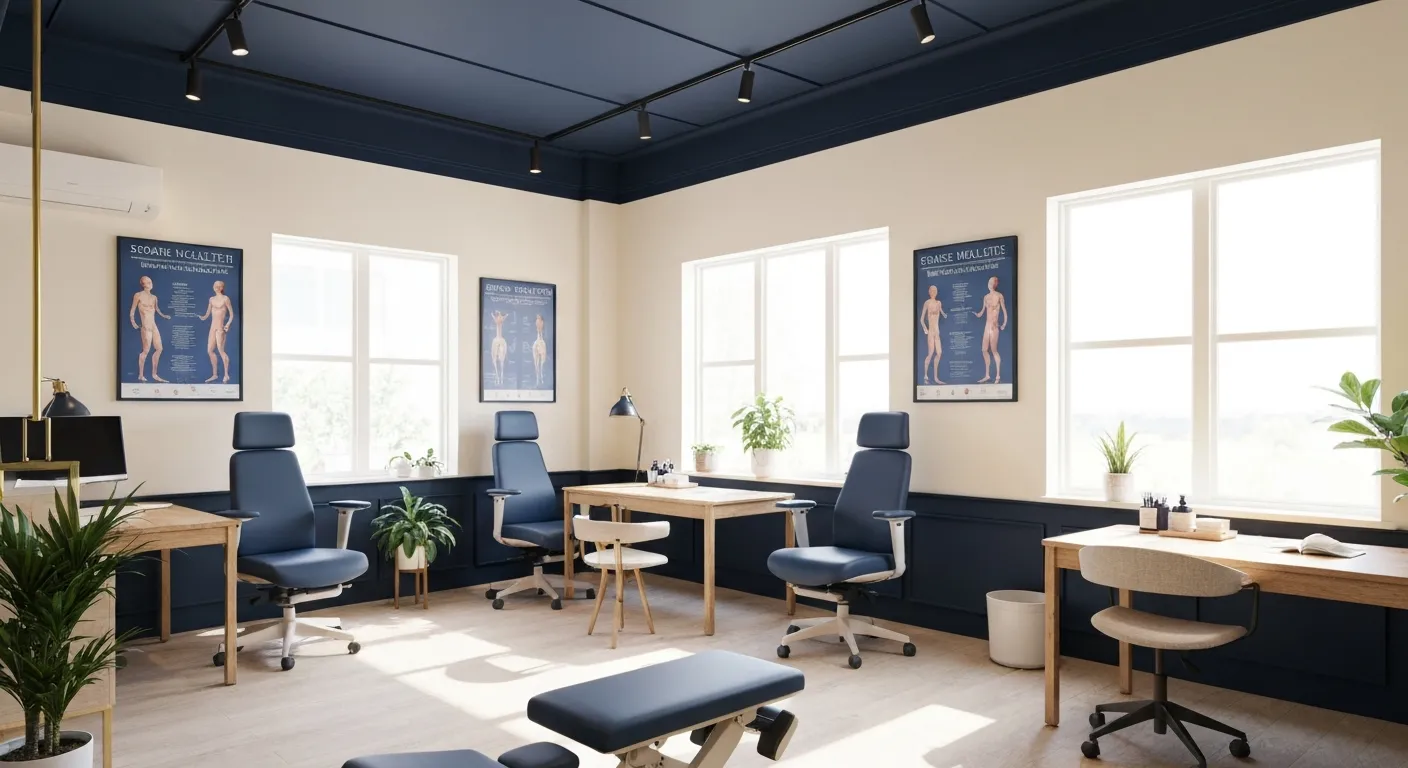
Lifestyle Habits for Maintaining a Healthy Spine

What You Will Experience at Your Initial Chiropractic Visit

What Happens at Your First Visit to a Chiropractor?
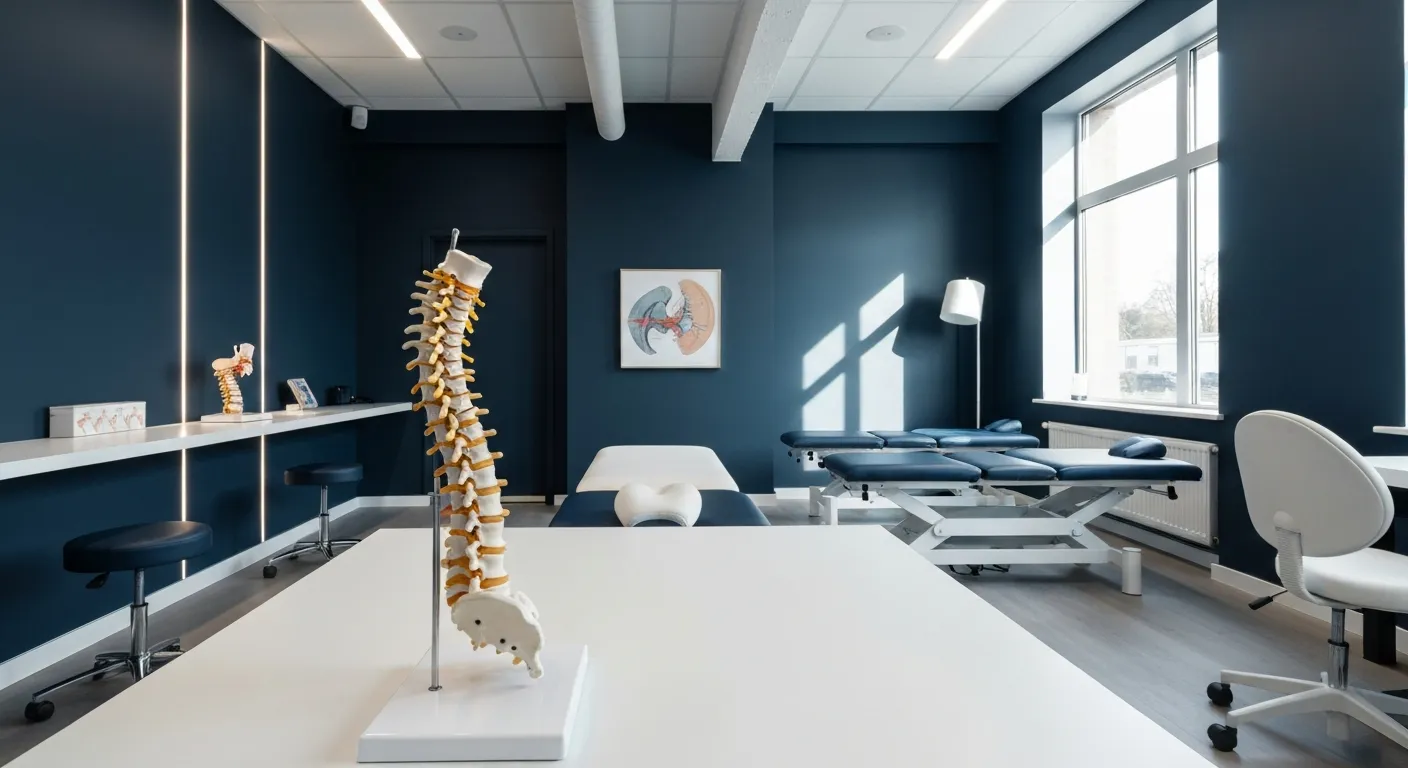
Focusing on Root Cause Analysis for Effective Pain Relief
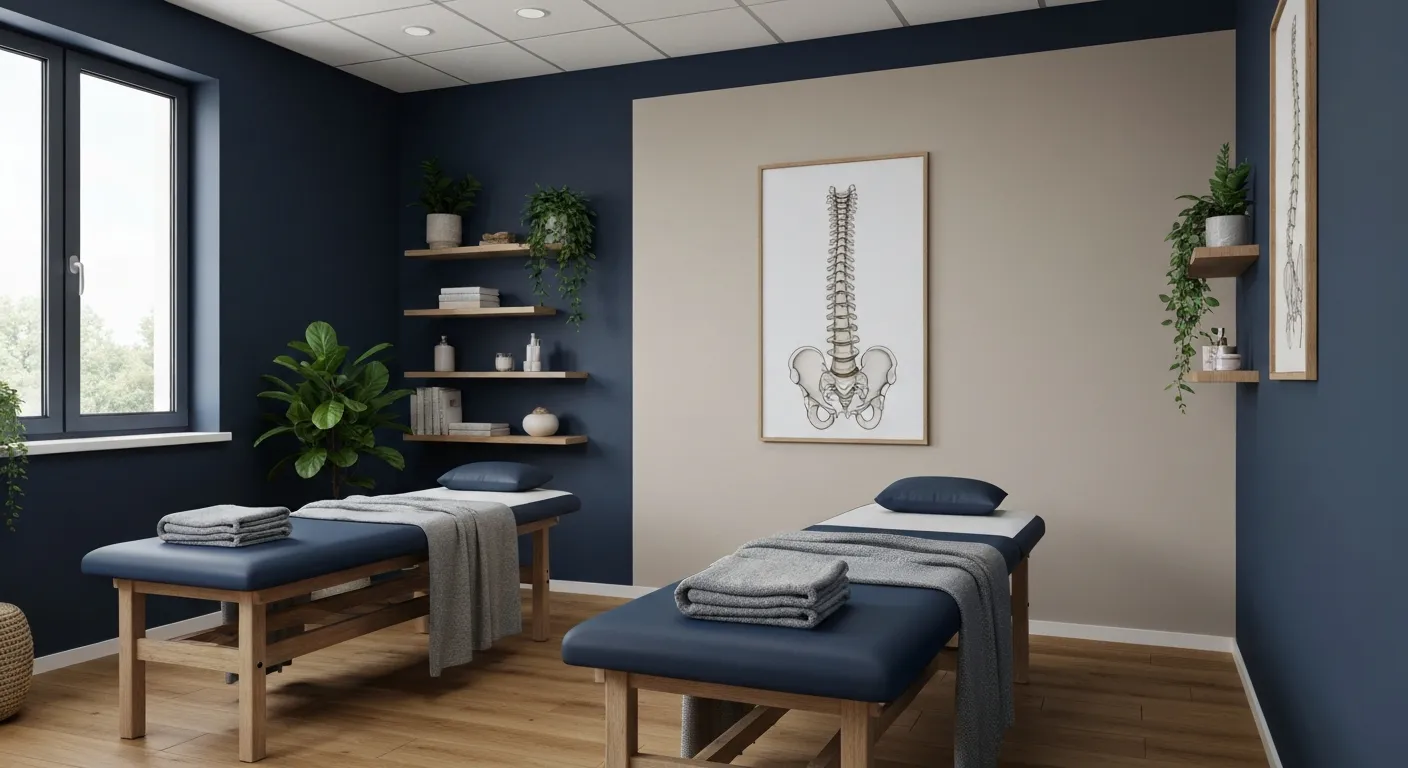
Tips for Lifestyle Changes to Support Spinal Health

Tips for Lifestyle Changes to Support Spinal Health

Holistic Treatment Plans: Alternatives to Surgery for Chronic Pain
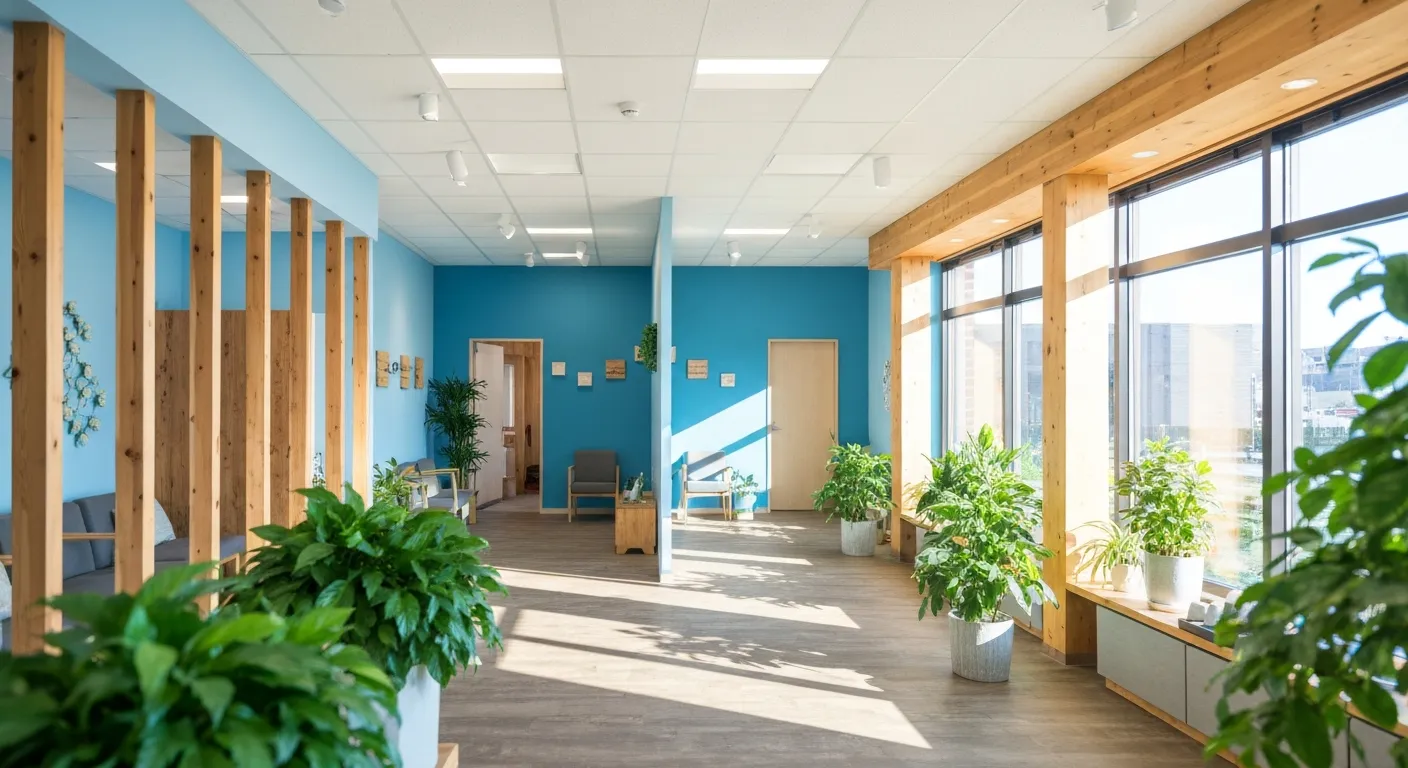
Enhance Wellness Through Personalized Nutritional Counseling

Non-Invasive Pain Relief: Exploring Holistic Treatment Alternatives

Sciatica Relief Through Targeted Spinal Decompression

Integrating Physiotherapy with Chiropractic Treatments for Better Results
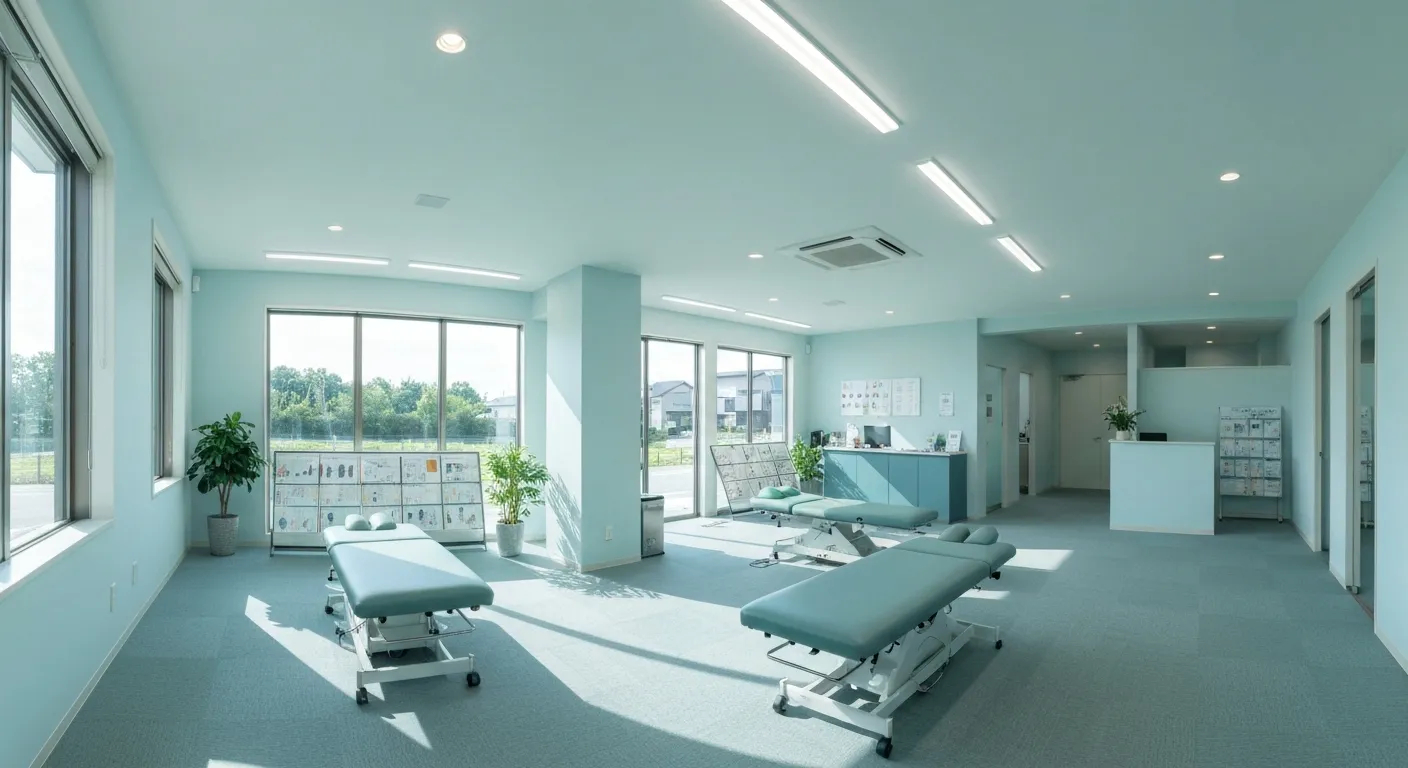
Testimonials That Demonstrate the Benefits of Chiropractic Care
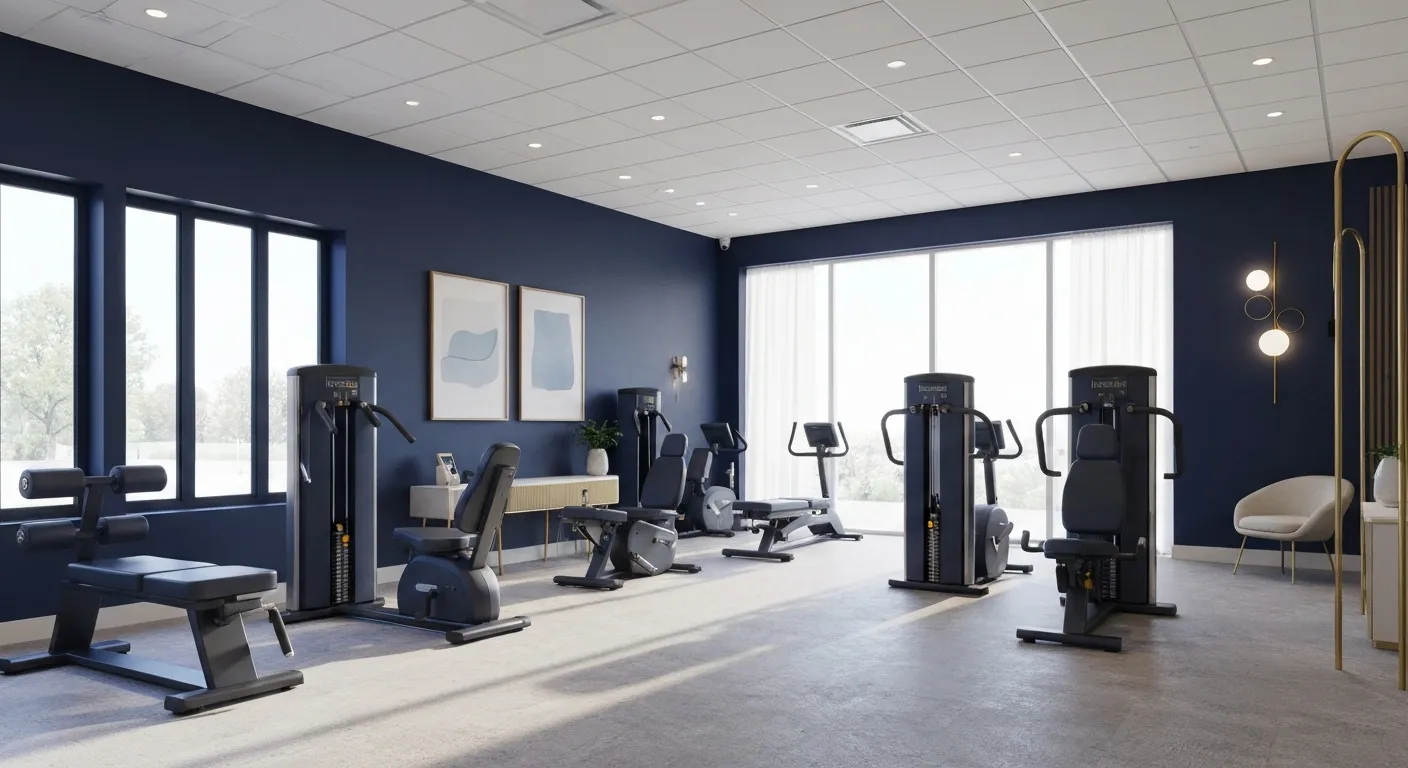
The Power of Corrective Exercises in Pain Management
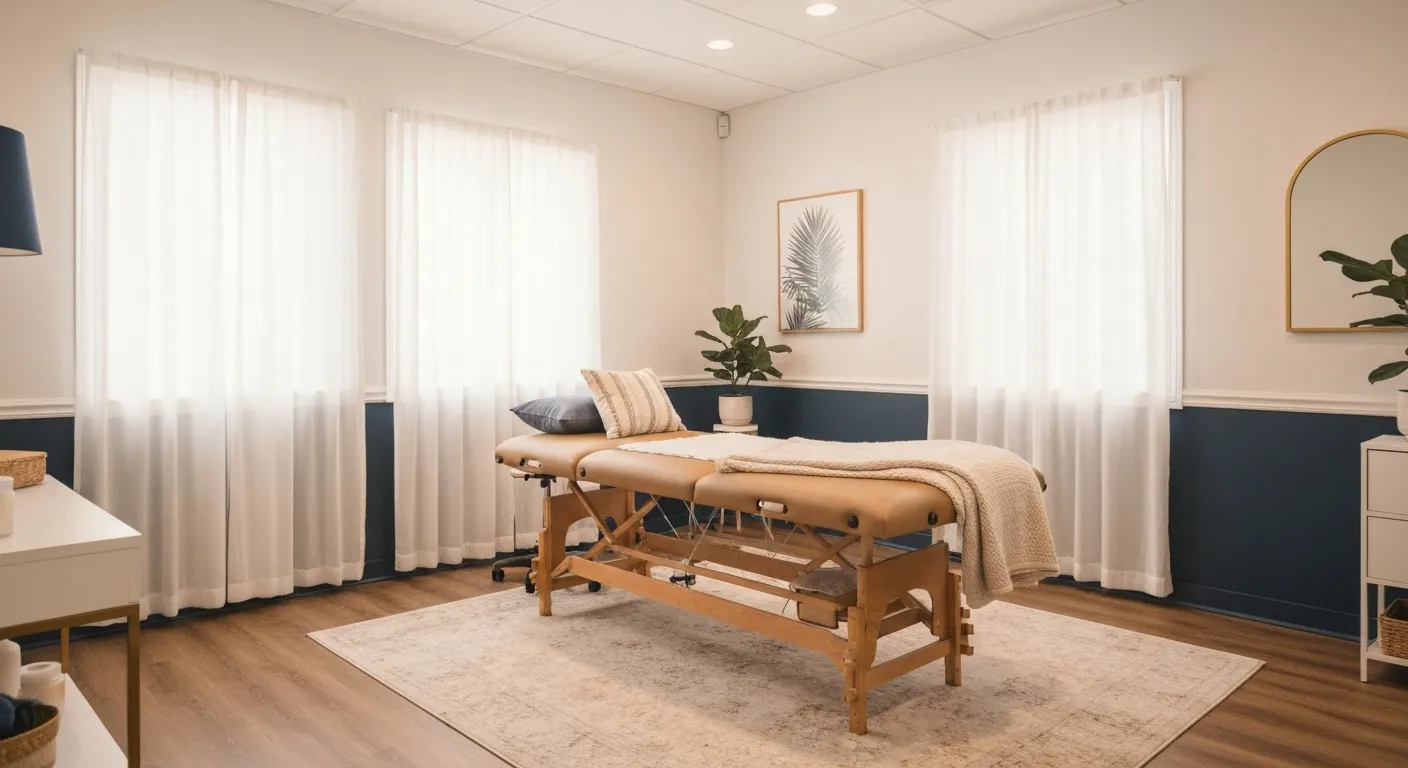
A Step-by-Step Guide to Your Initial Chiropractic Consultation

9 Nutritional Tips to Enhance Your Chiropractic Wellness Journey

Patient Experiences: How Chiropractic Care Changed Their Lives

Lifestyle Recommendations to Keep Your Spine in Top Shape

Effective Corrective Exercises for Long-Term Pain Relief
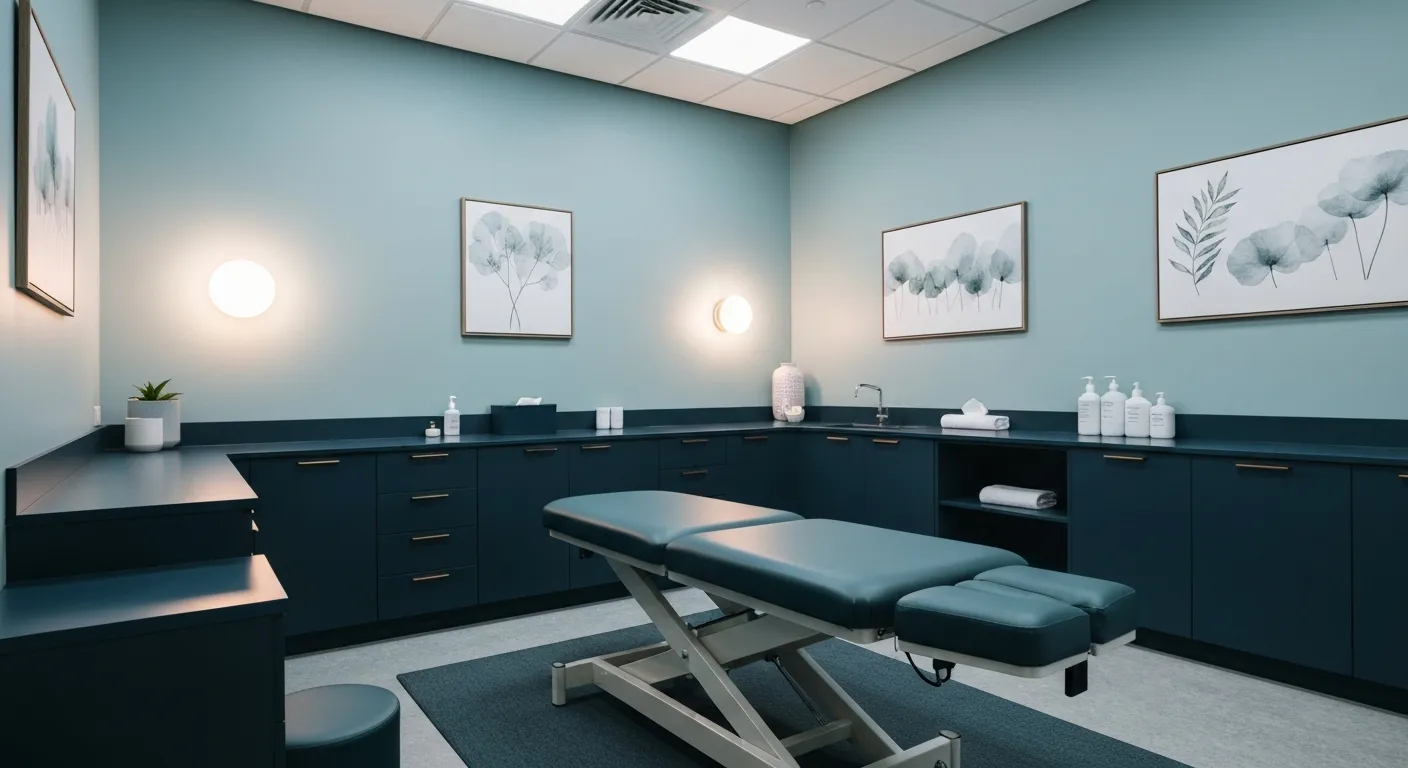
Back Pain Benefits: What Chiropractic Care Can Do for You
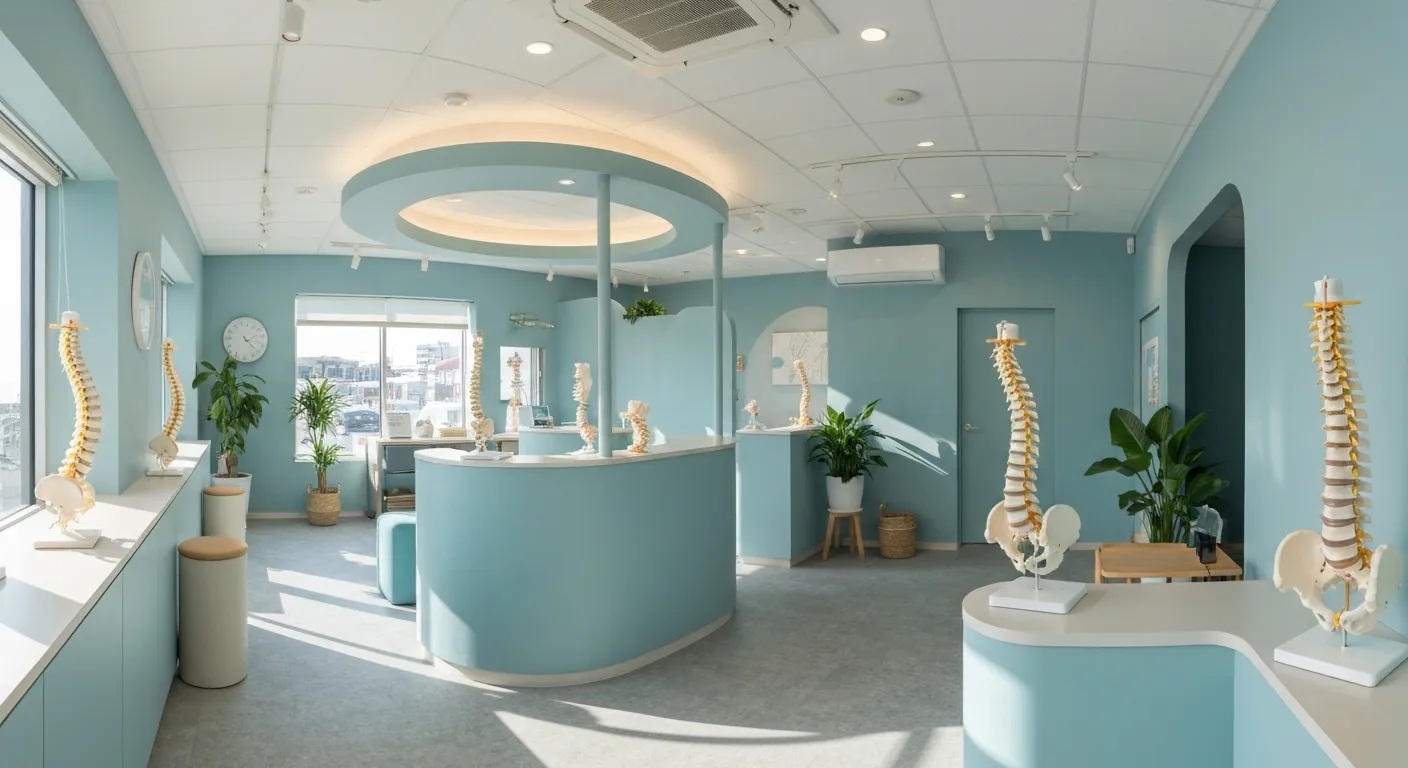
Spinal Decompression Techniques for Effective Sciatica Relief
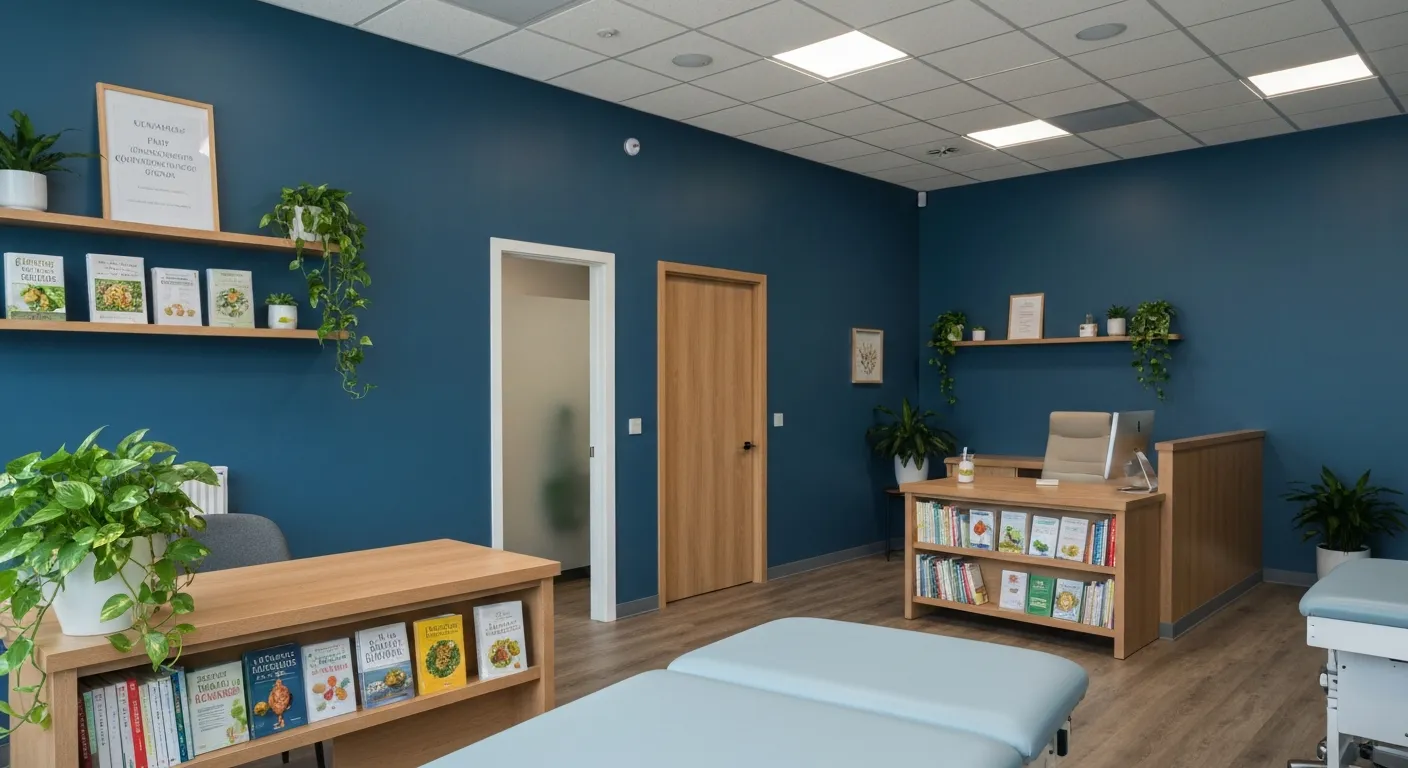
Top Nutritional Counseling Tips for Enhanced Wellness
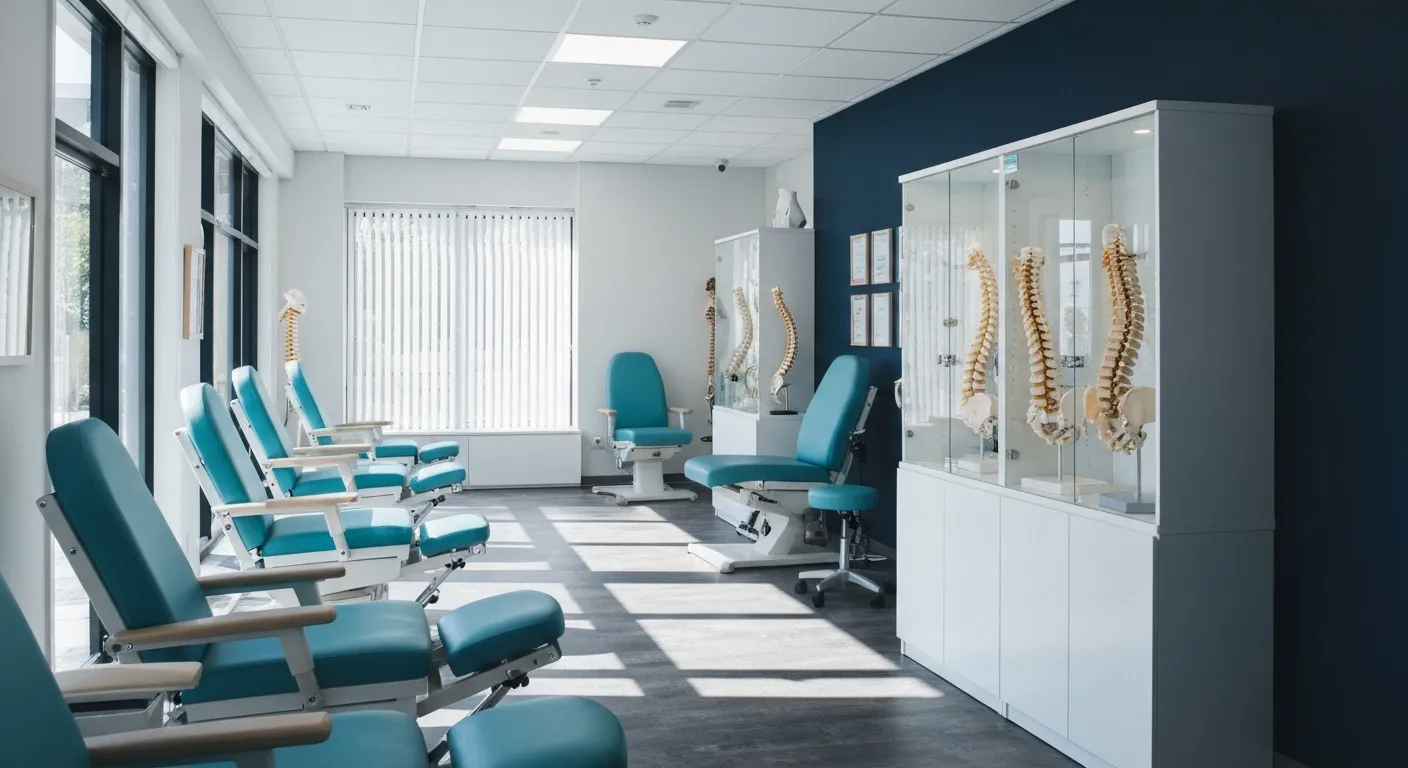
6 Lifestyle Habits That Boost Spine Health Daily
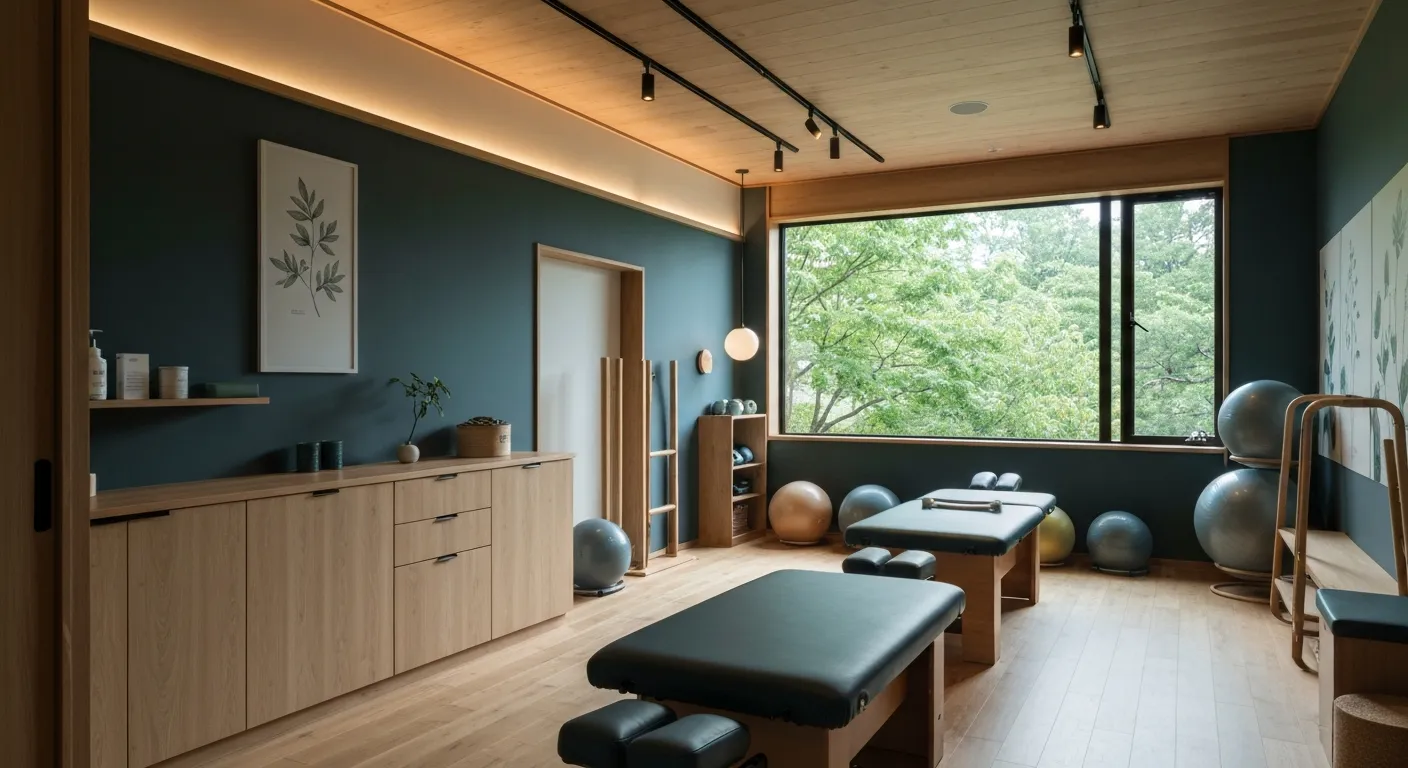
Discover Holistic and Non-Surgical Pain Relief Solutions
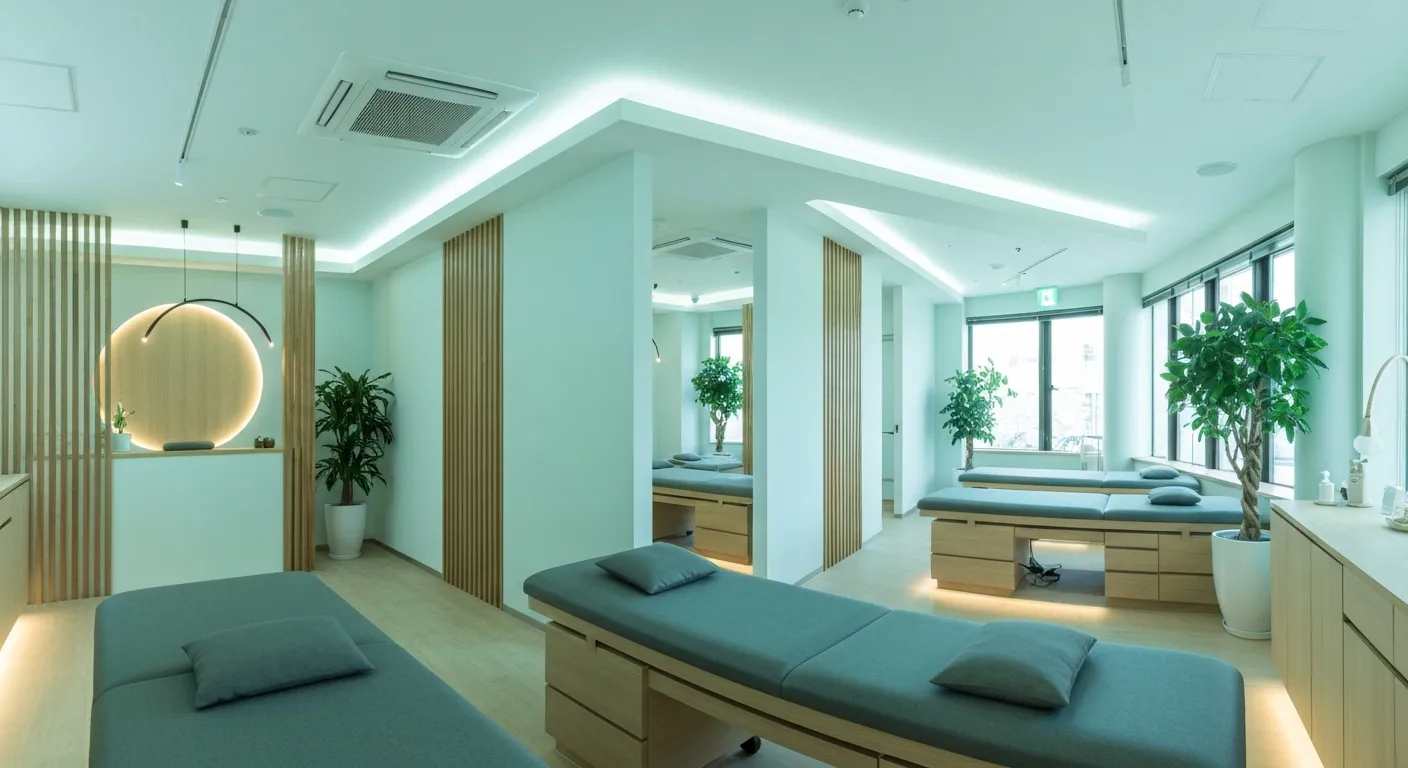
Exploring Holistic and Non-Surgical Treatment Options for Pain
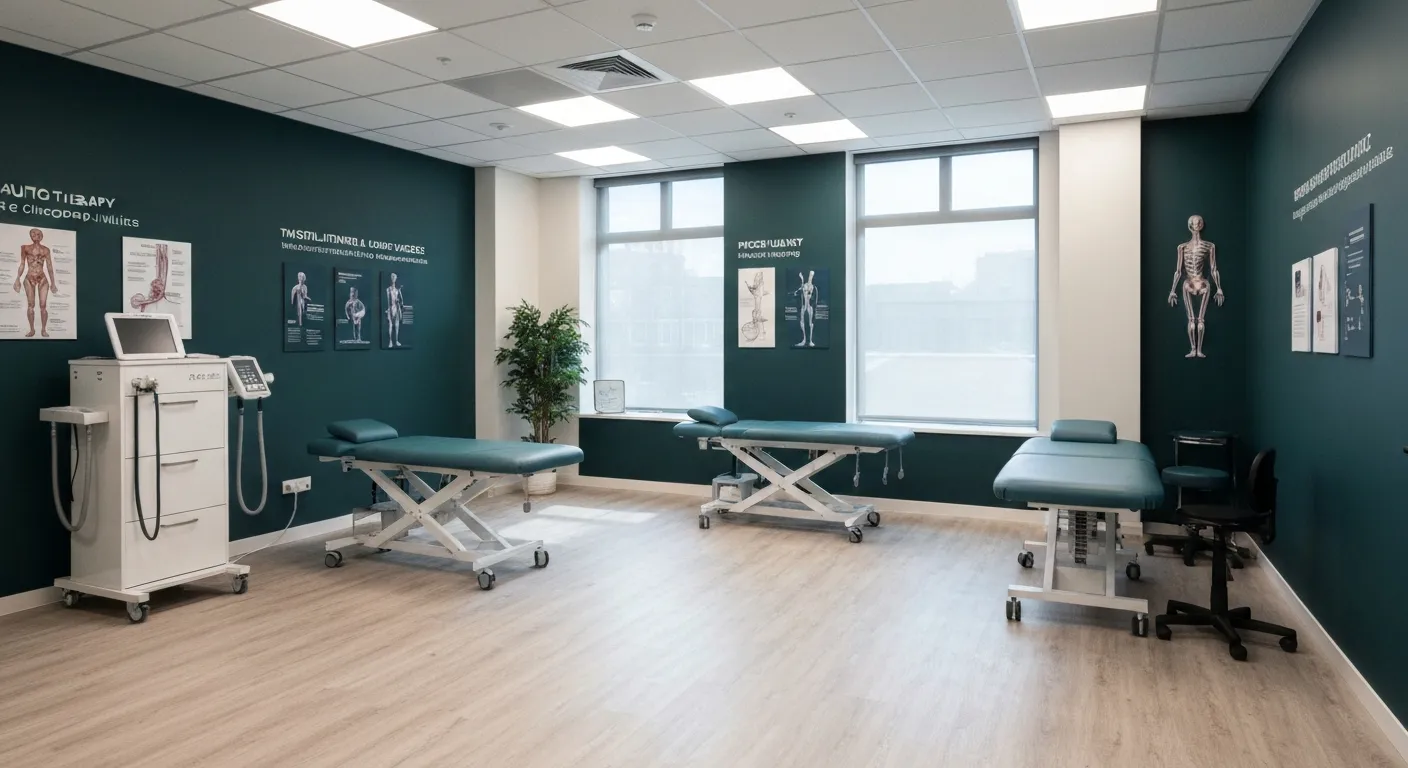
The Role of Physiotherapy in Enhancing Chiropractic Care Outcomes

Complementing Chiropractic Care with Physiotherapy: What You Need to Know
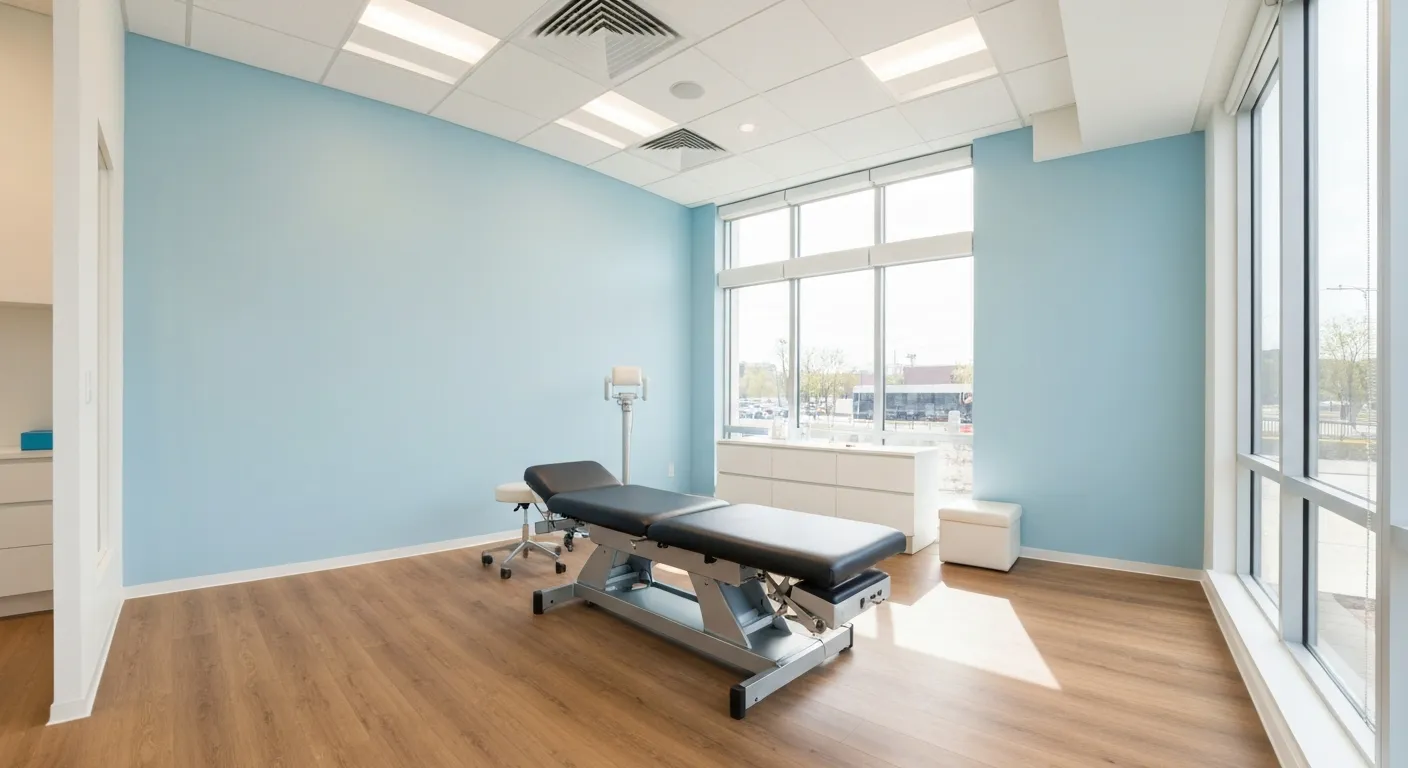
What to Expect During Your First Chiropractic Visit
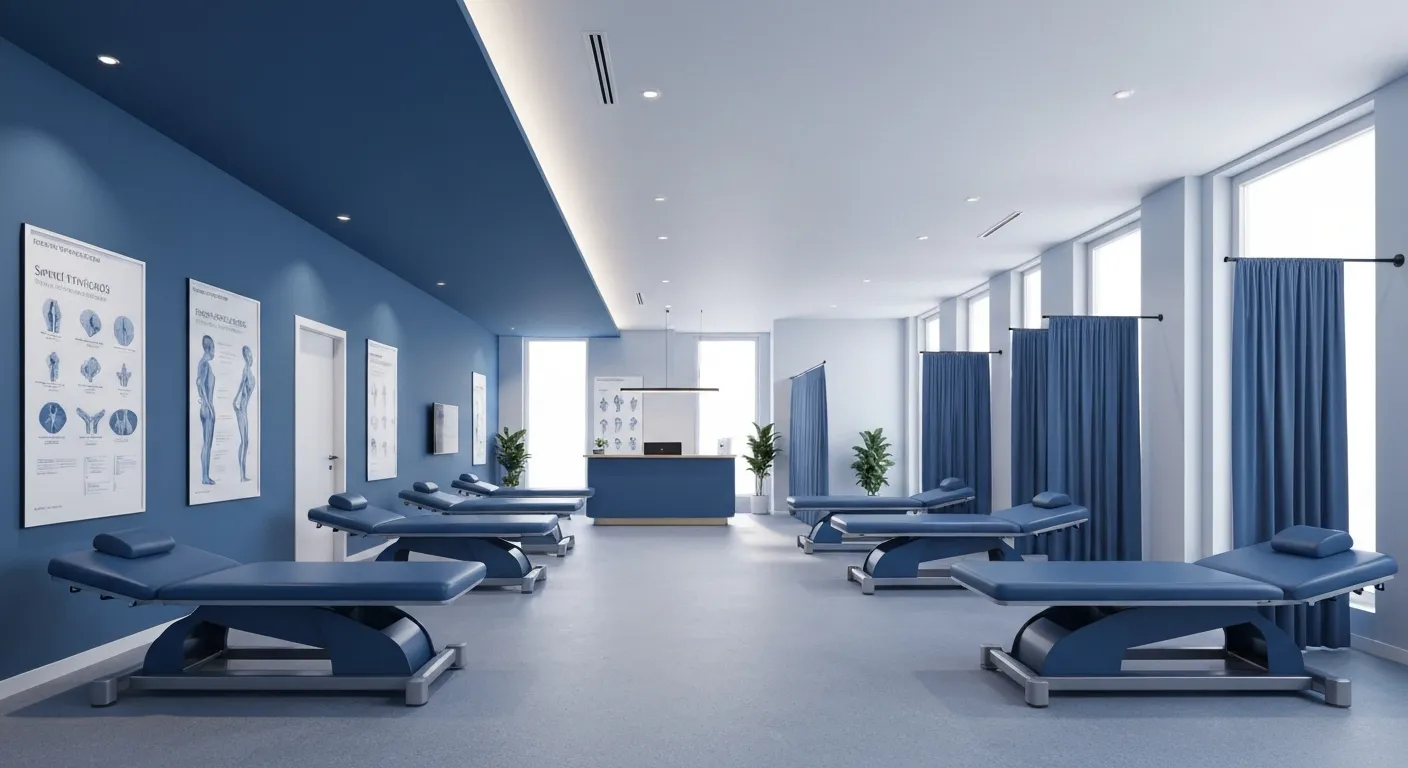
Simple Lifestyle Adjustments to Maintain a Healthy Spine

Personalized Nutritional Counseling for Improved Health Outcomes
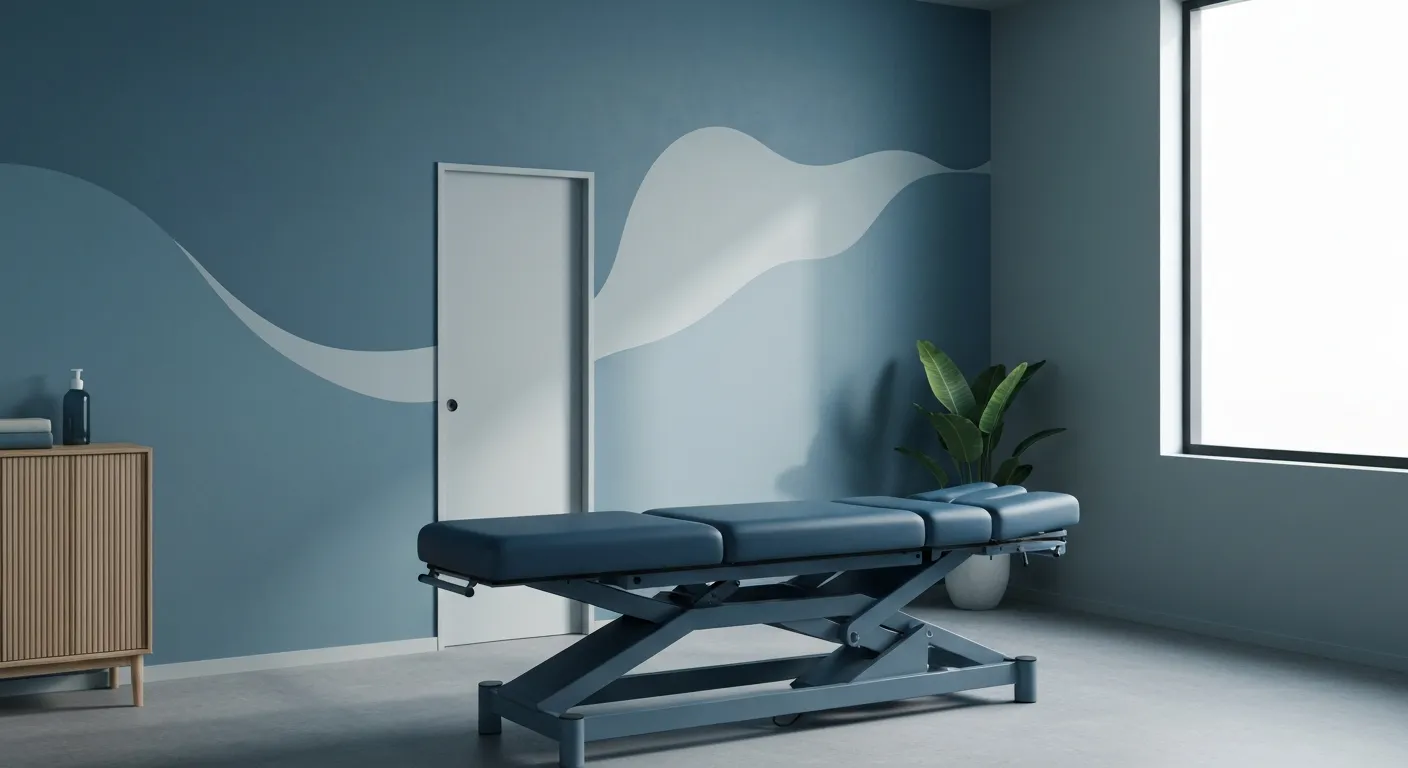
Exploring Non-Surgical Treatments for Spine-Related Conditions
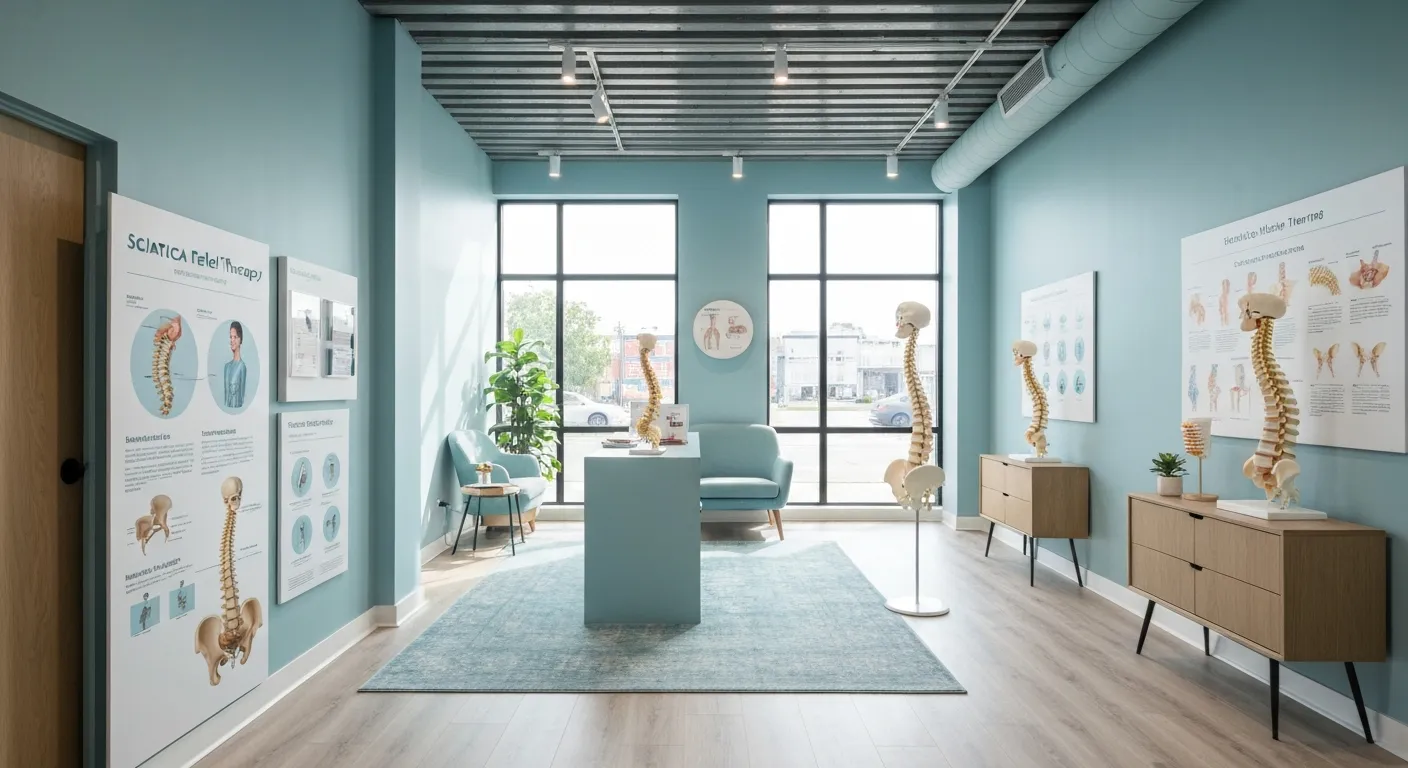
An Introduction to Spinal Decompression for Sciatica Patients
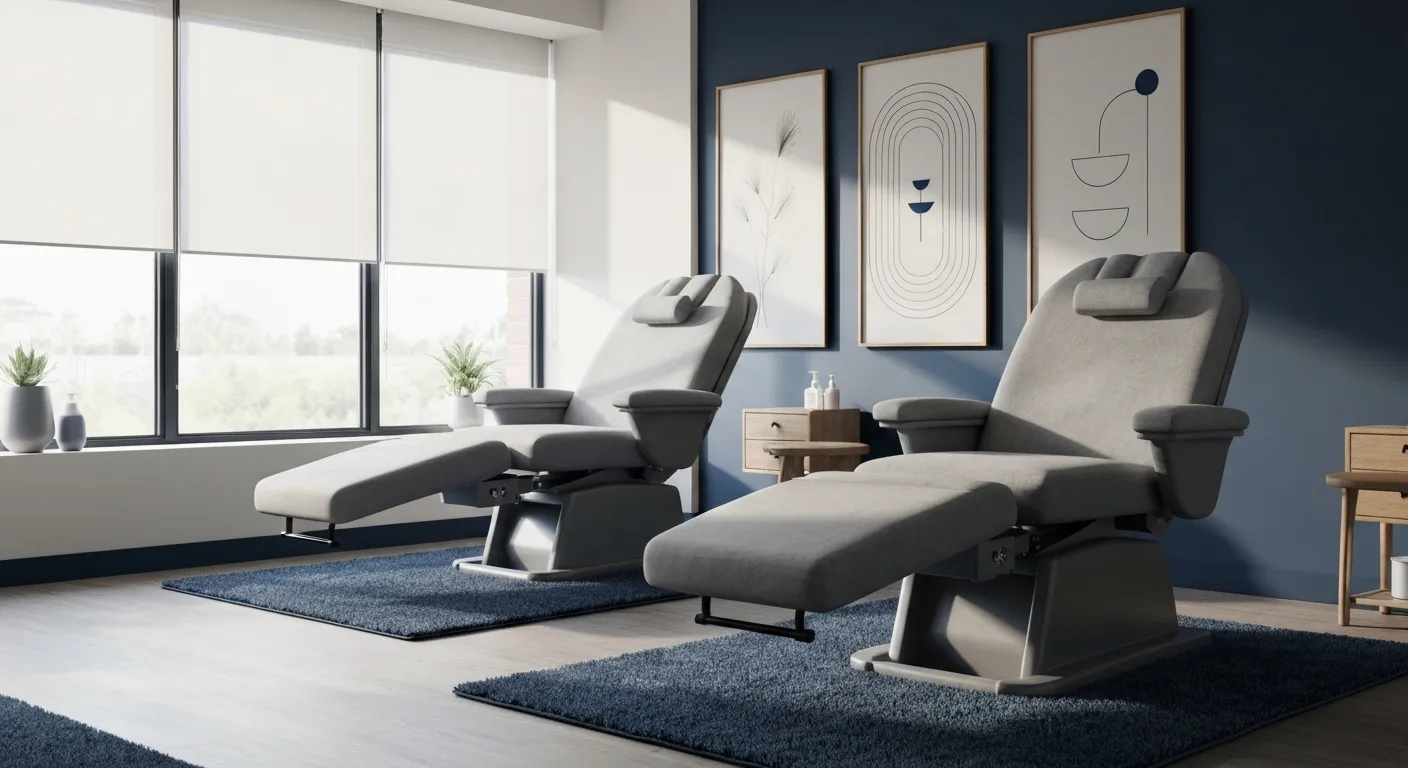
Transformative Success Stories: Patient Experiences with Chiropractic Treatments
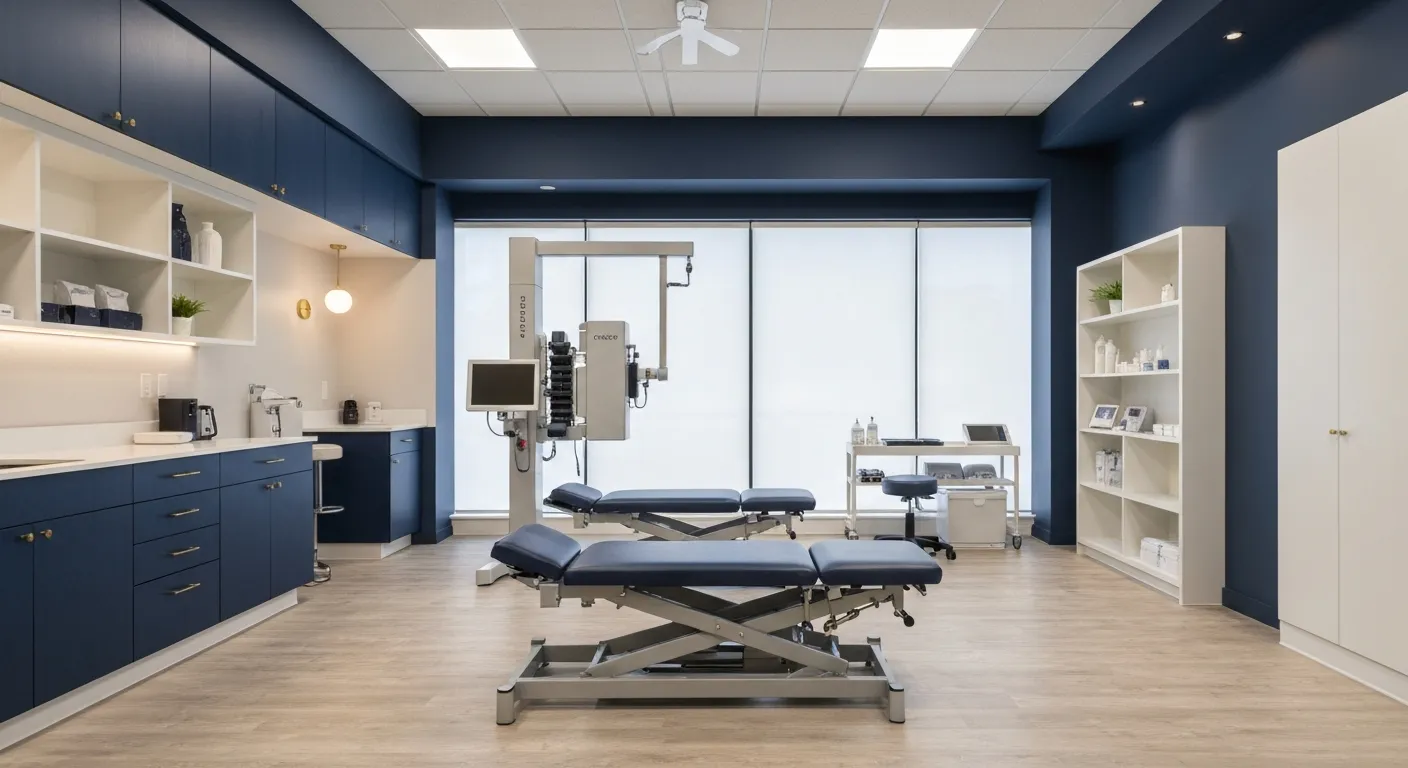
Why Chiropractic Care Is Essential for Back Pain Relief
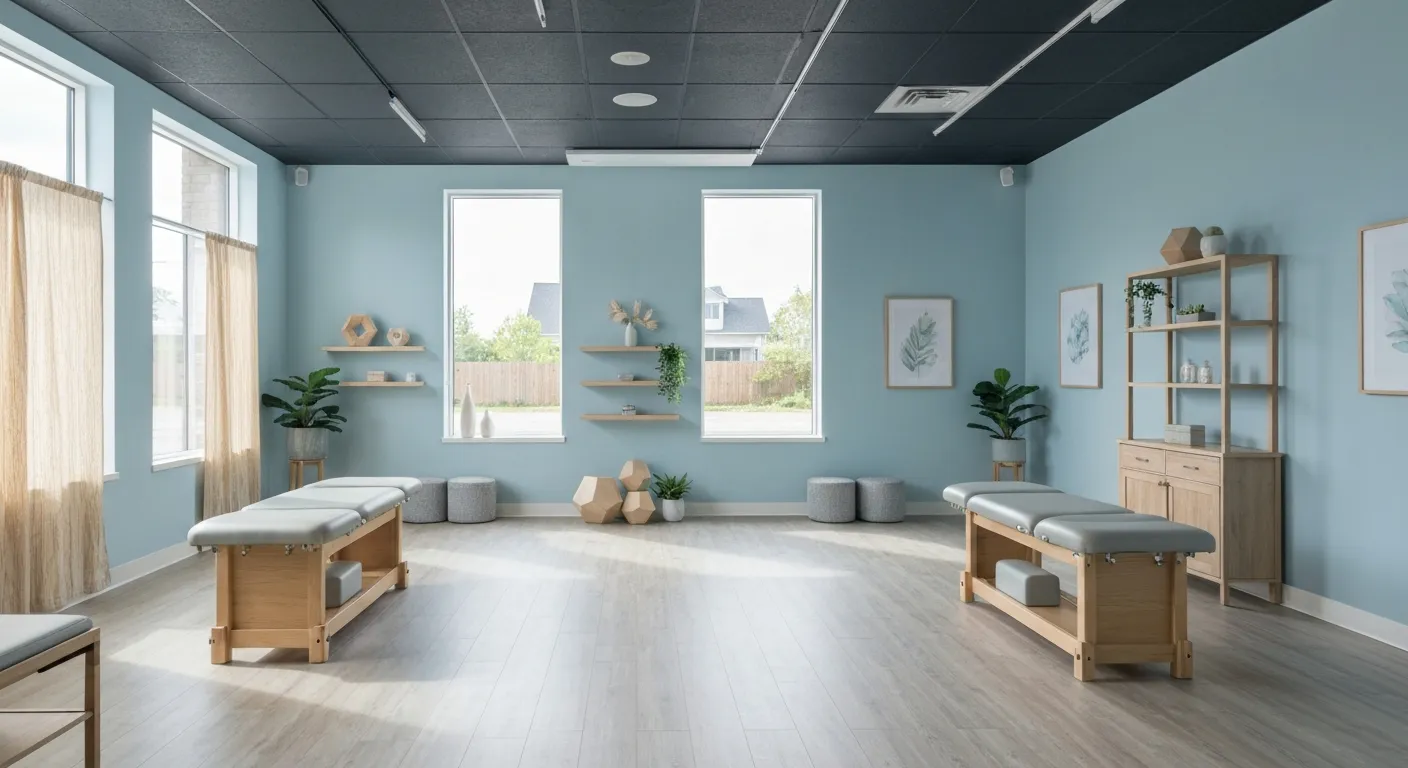
Addressing Underlying Causes Versus Symptom Management in Pain Care

The Role of Nutrition in Enhancing Chiropractic Treatment Effectiveness

Sciatica Treatment Options: Is Spinal Decompression Right for You?
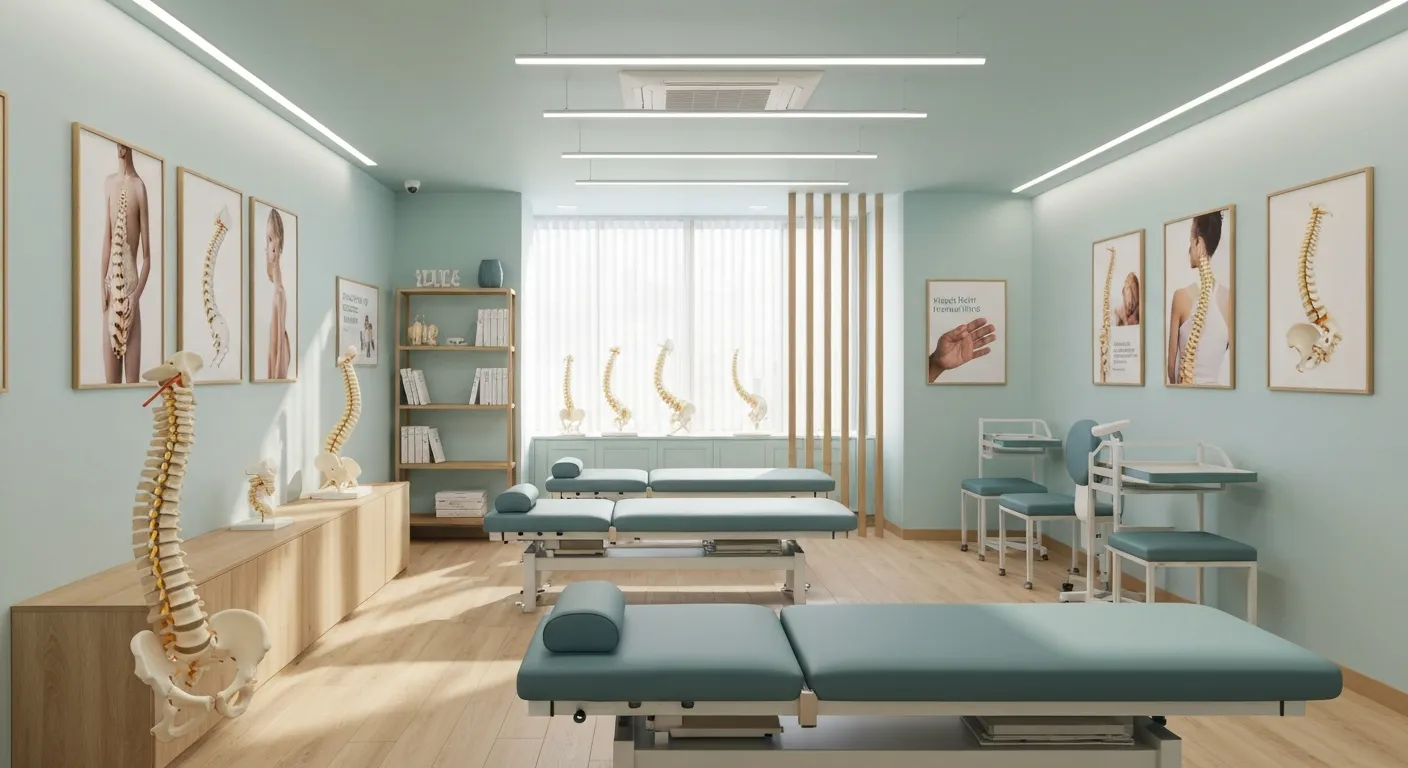
Lifestyle Tips to Maintain a Healthy Spine and Prevent Back Issues

The Synergy Between Physiotherapy and Chiropractic Treatments
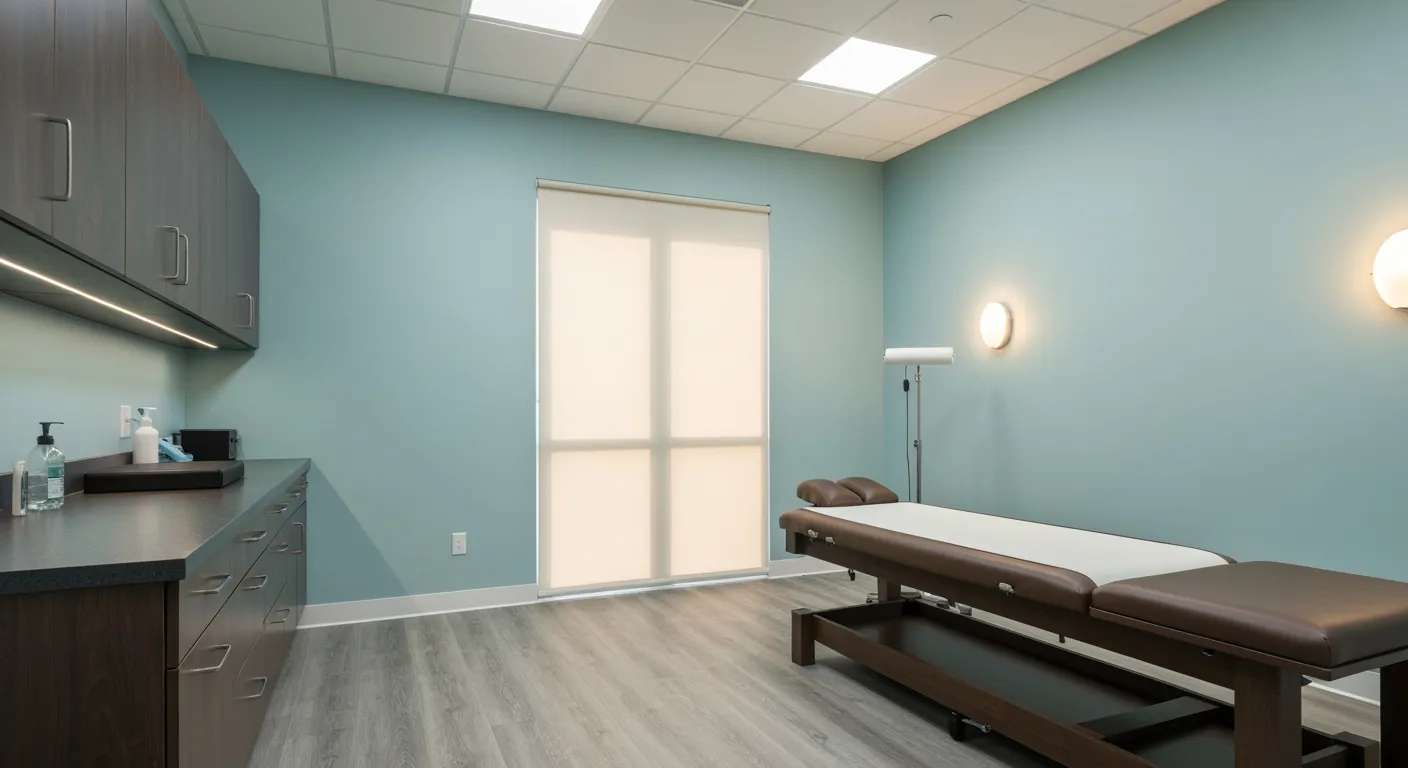
What Happens During Your Initial Chiropractic Consultation
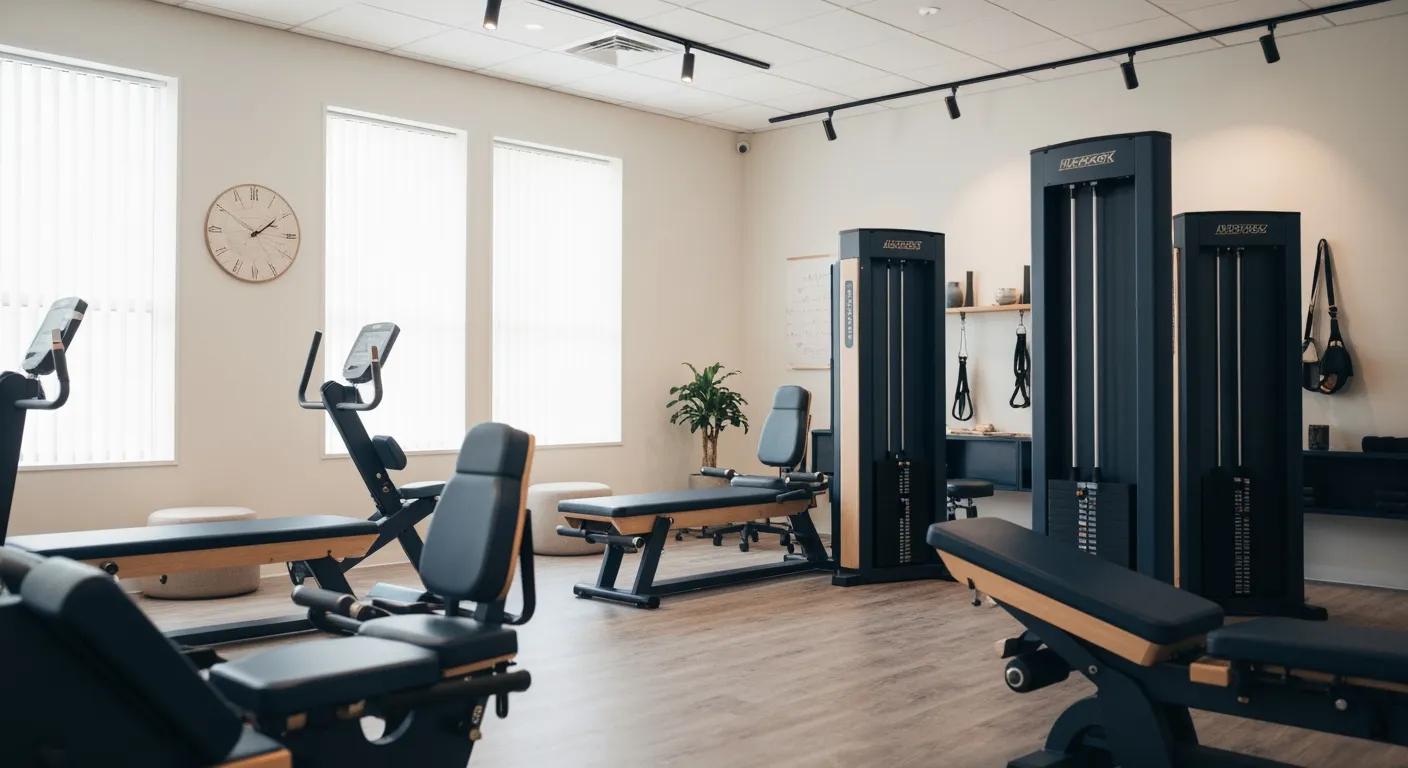
Effective Corrective Exercises for Sustainable Pain Management
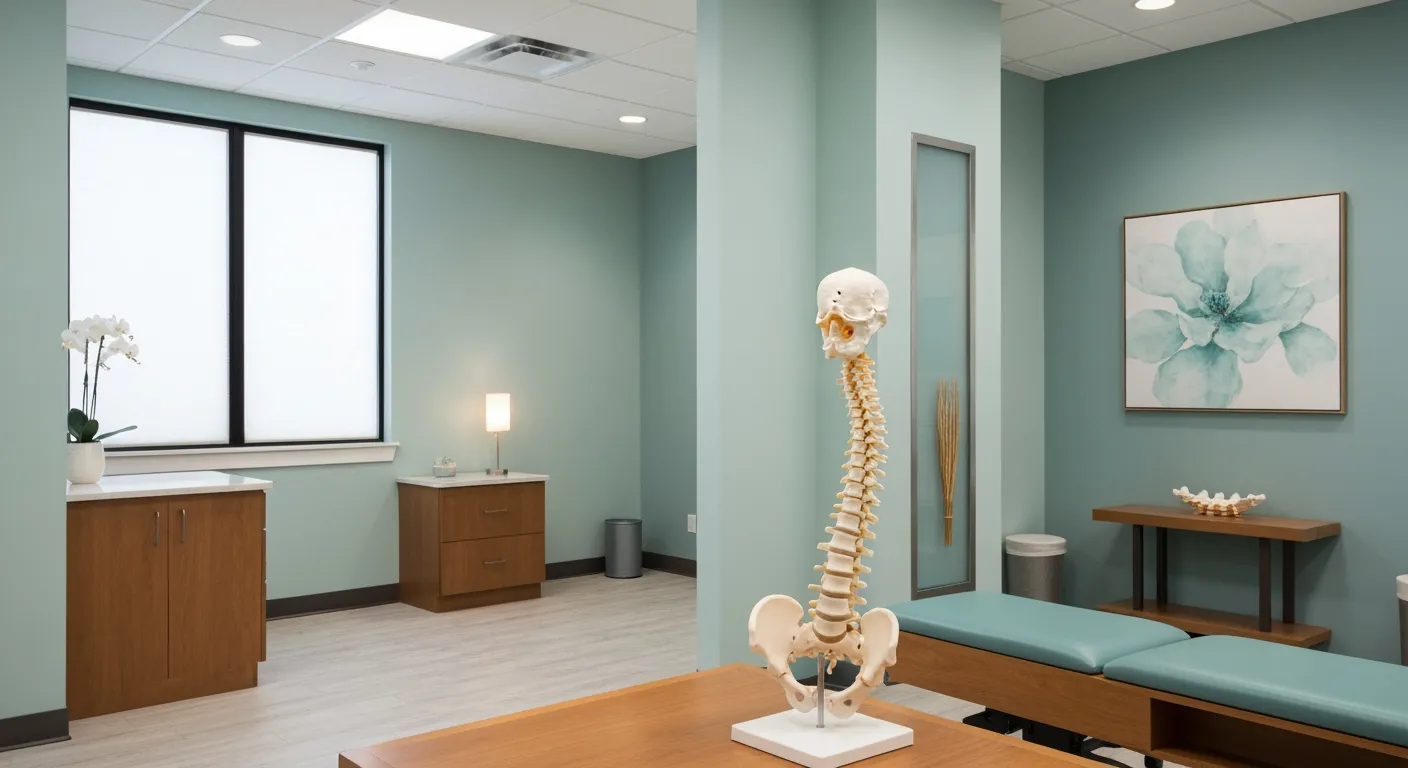
Taking a Root Cause Approach to Chronic Pain Management

Holistic Pain Management Techniques Without Surgery

How Patient Success Stories Validate Chiropractic Care Benefits

Spinal Decompression: Innovative Treatment for Sciatic Nerve Pain
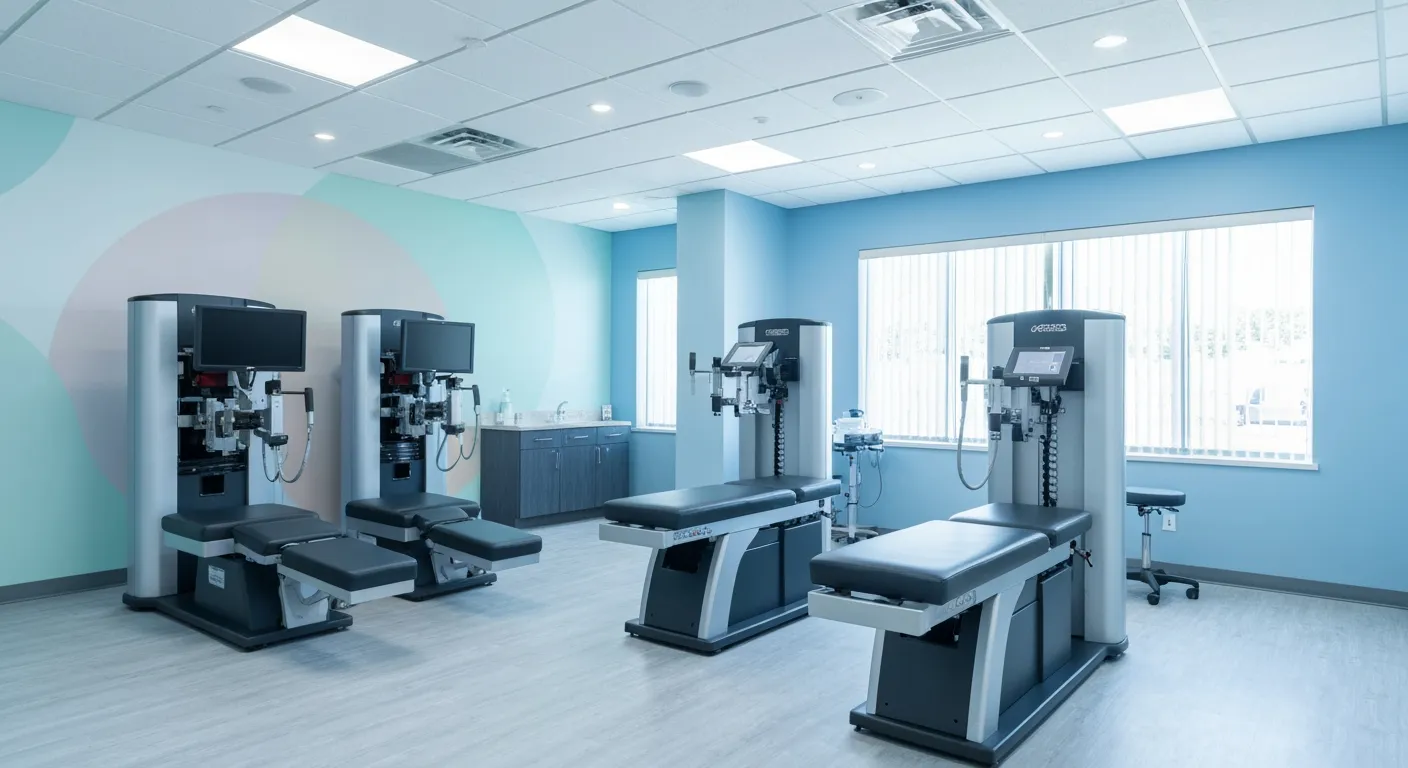
Spinal Decompression Therapy: A Non-Invasive Approach to Sciatica Relief
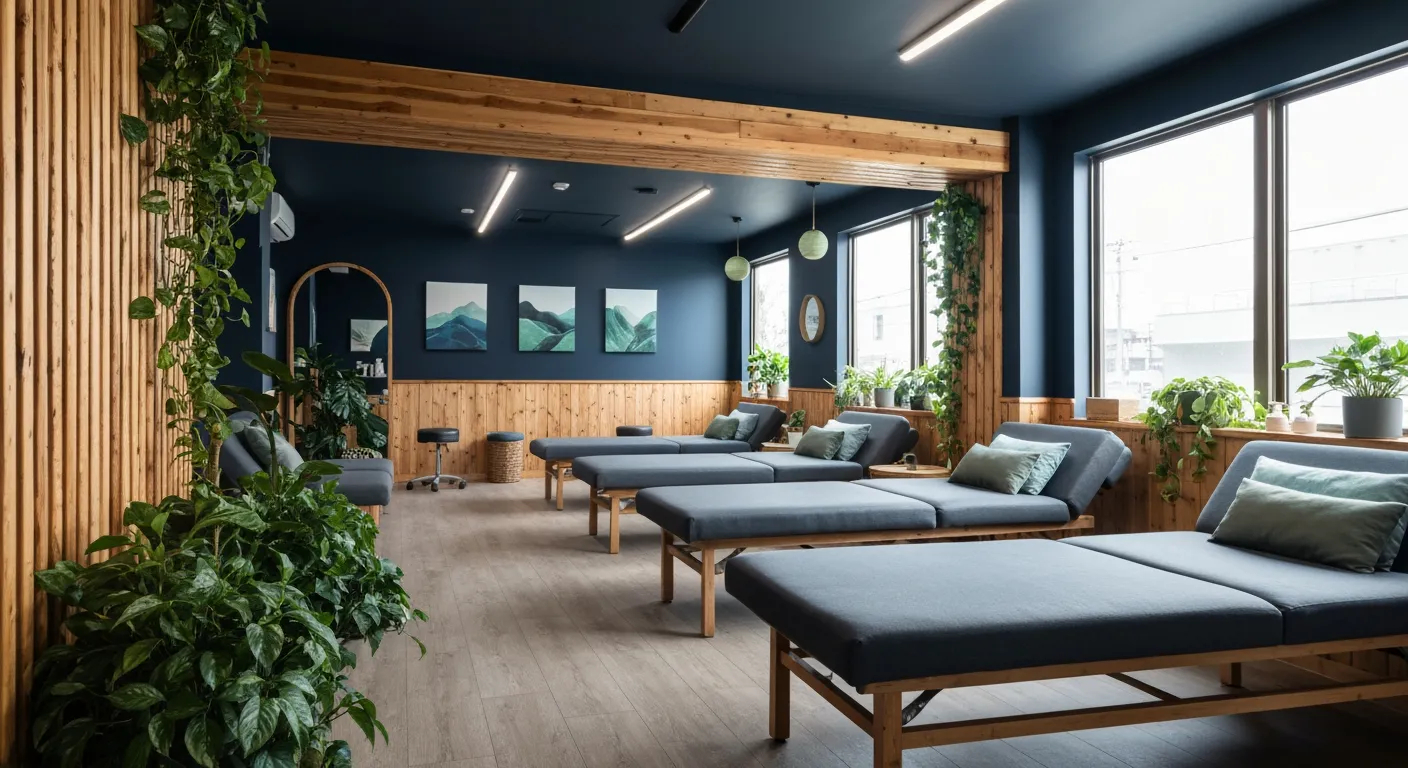
Exploring Holistic Approaches Beyond Surgery for Pain Relief

Practical Lifestyle Advice to Support a Healthy Spine Every Day
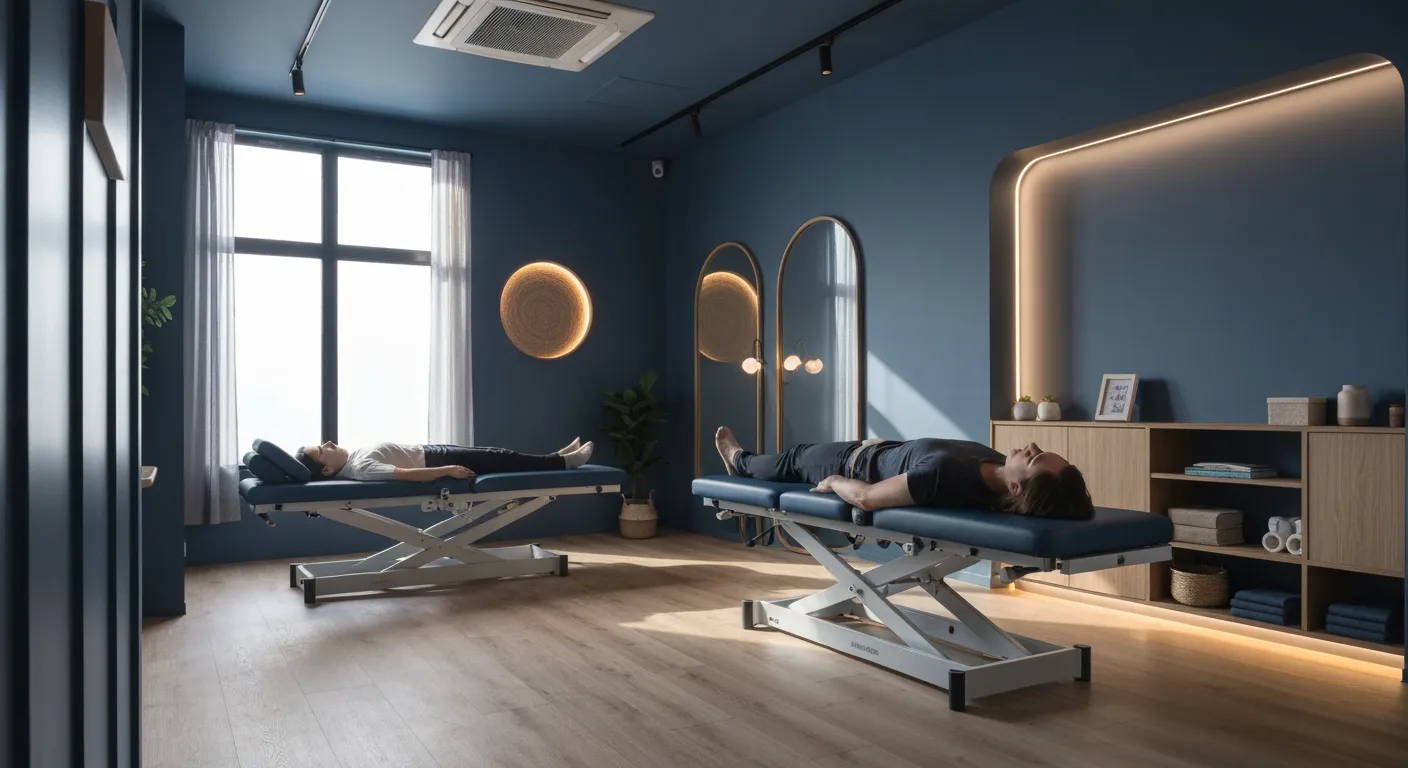
Corrective Exercise Routines Designed for Long-Term Pain Prevention
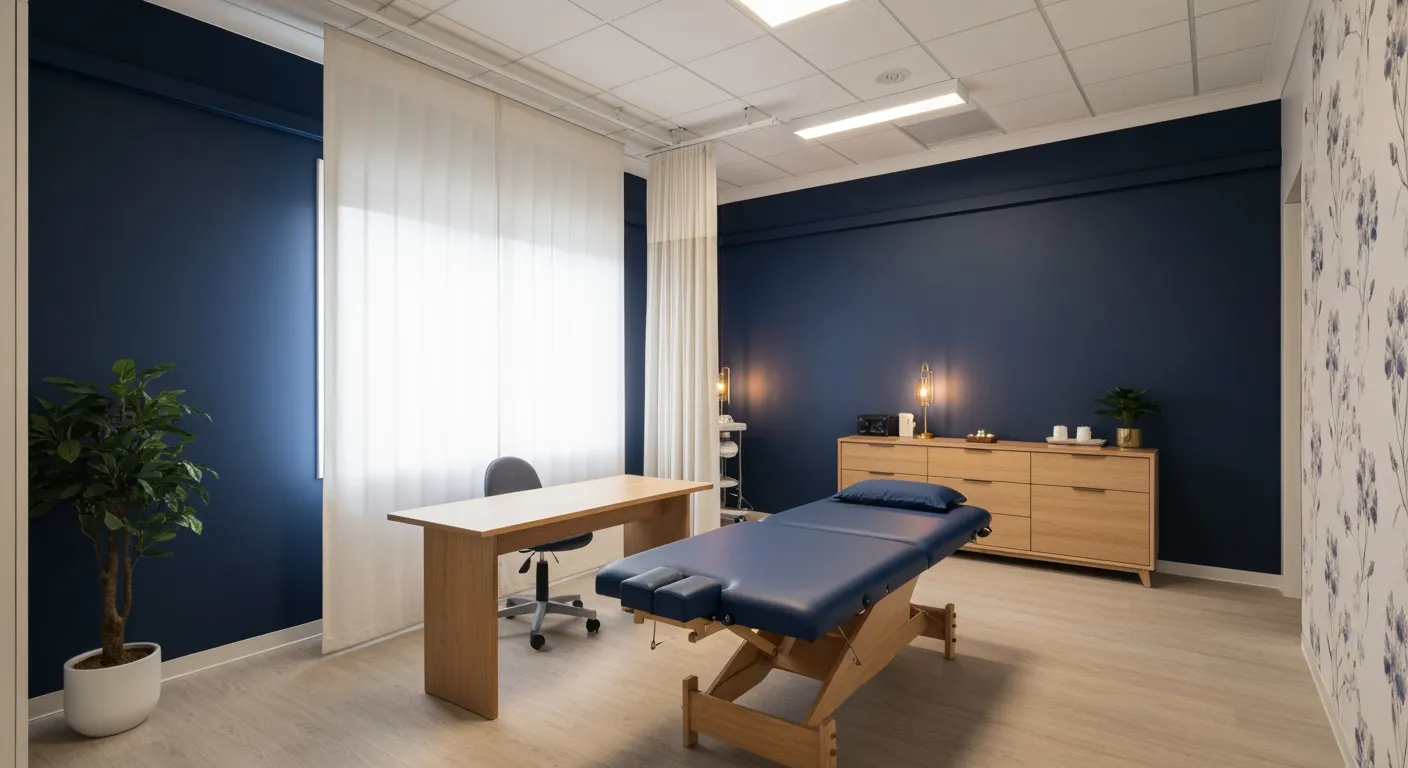
Real Patient Stories: Overcoming Chronic Pain with Chiropractic Care
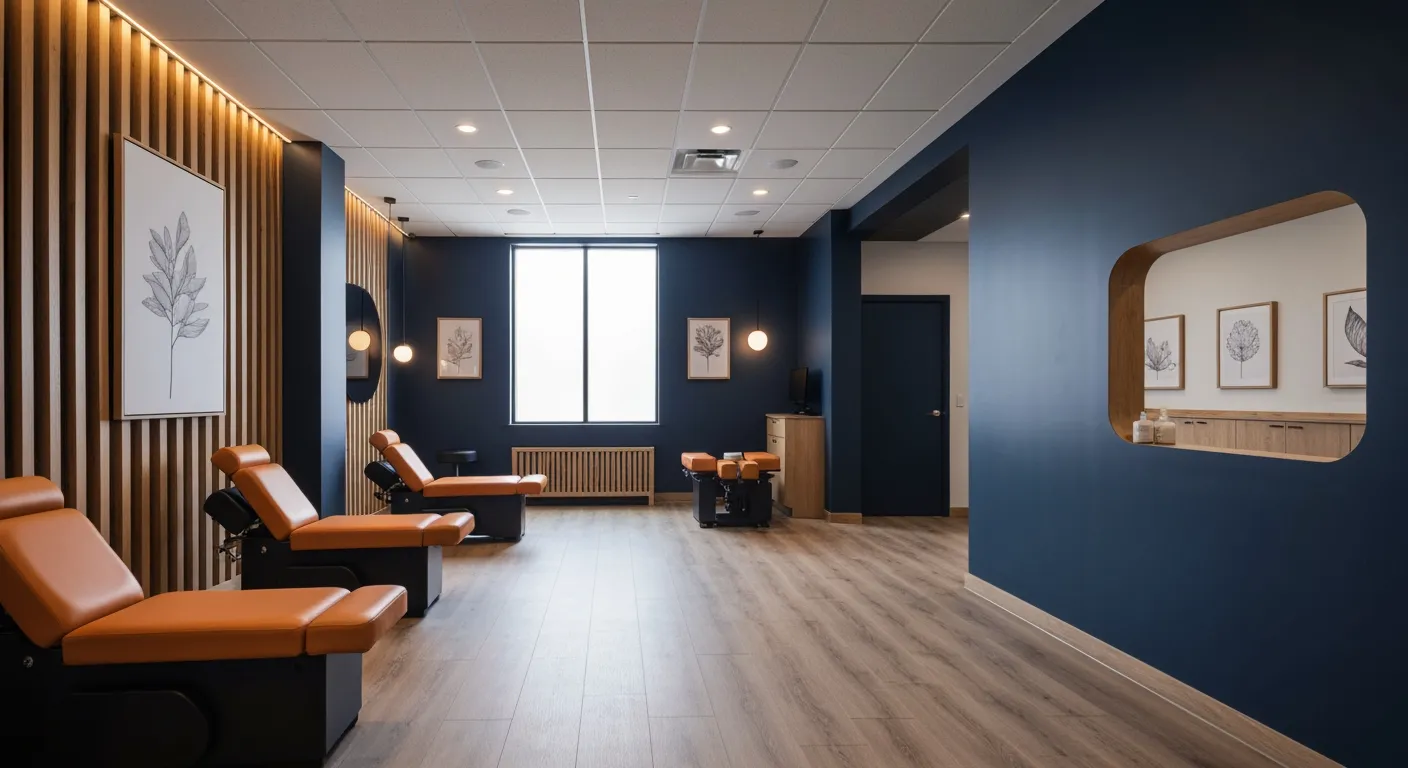
Lifestyle Changes That Promote a Healthy Spine and Prevent Injury
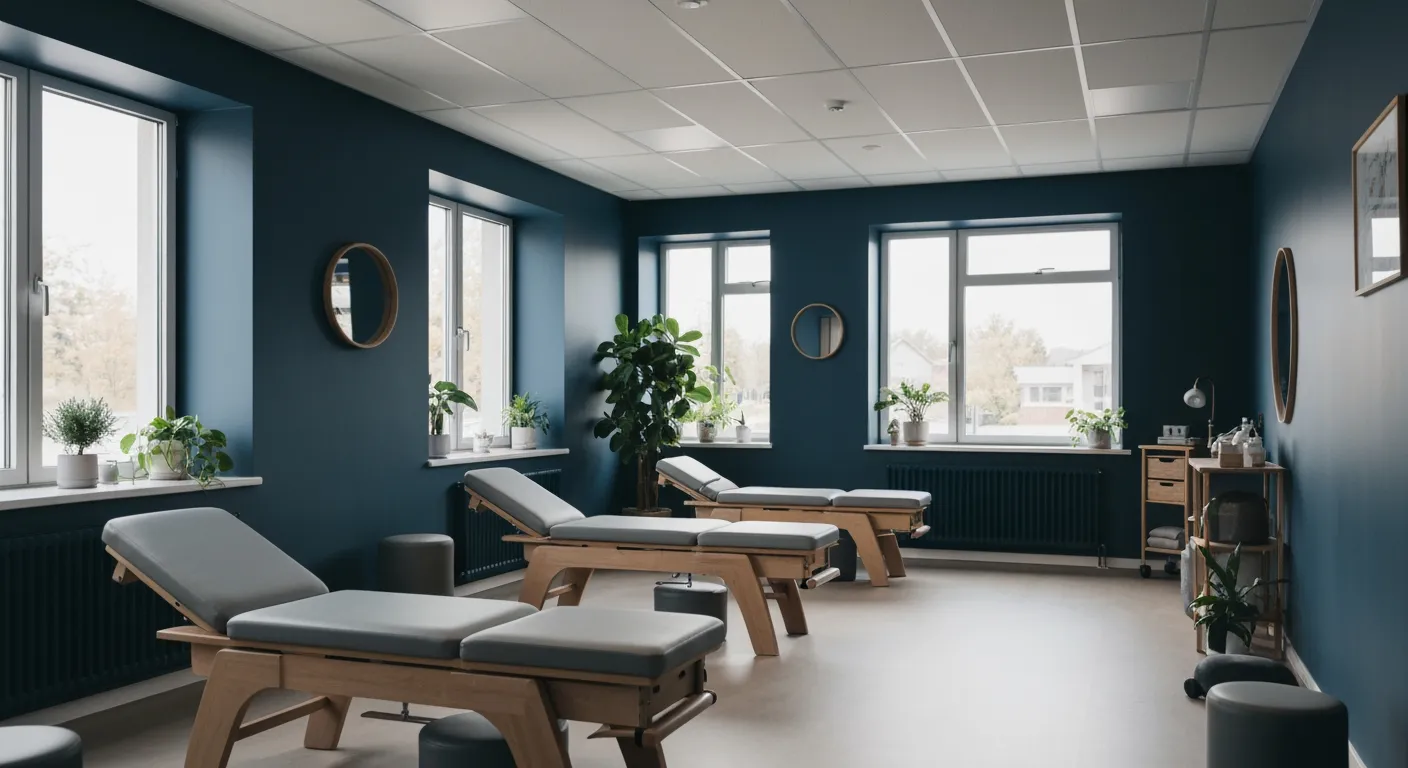
How Addressing the Root Cause of Pain Leads to Lasting Relief
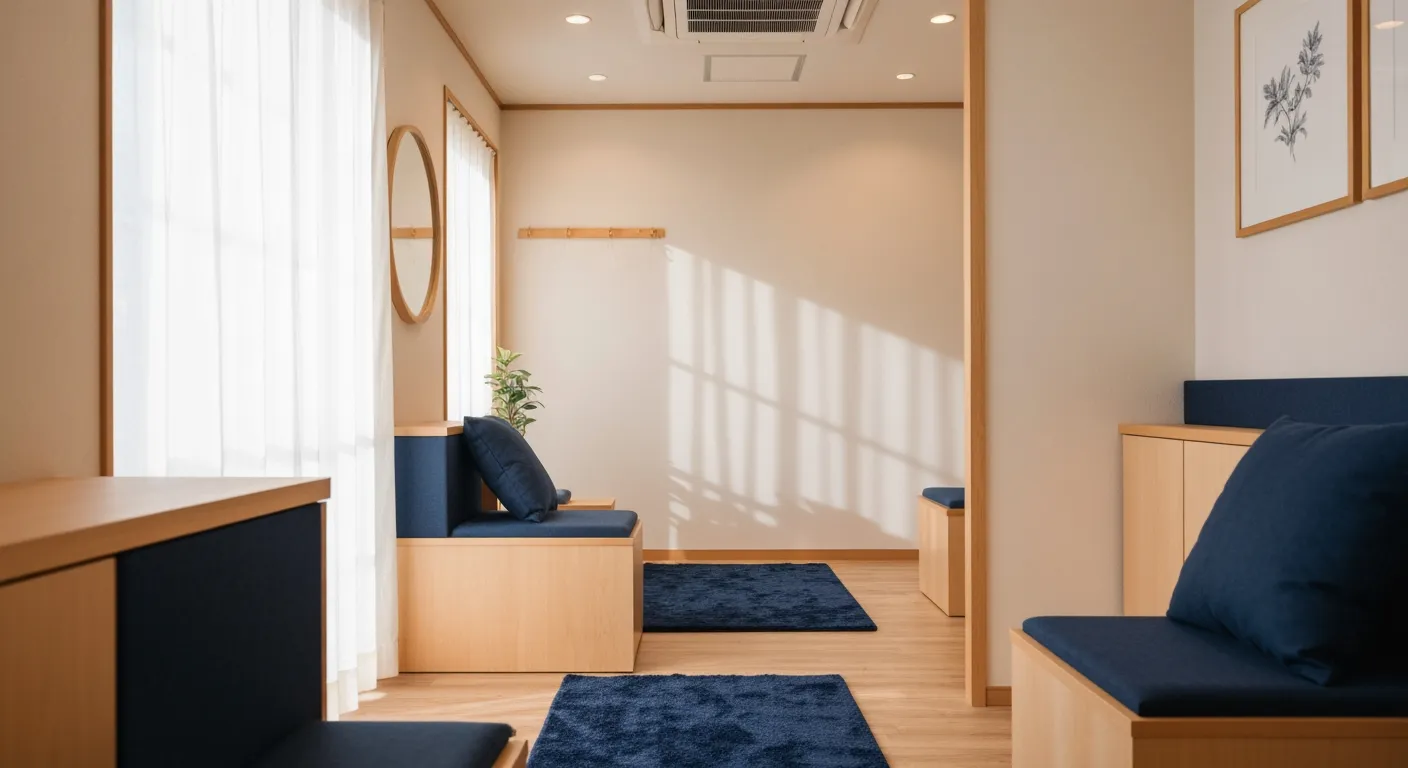
Non-Surgical Holistic Therapies to Manage Chronic Pain Effectively
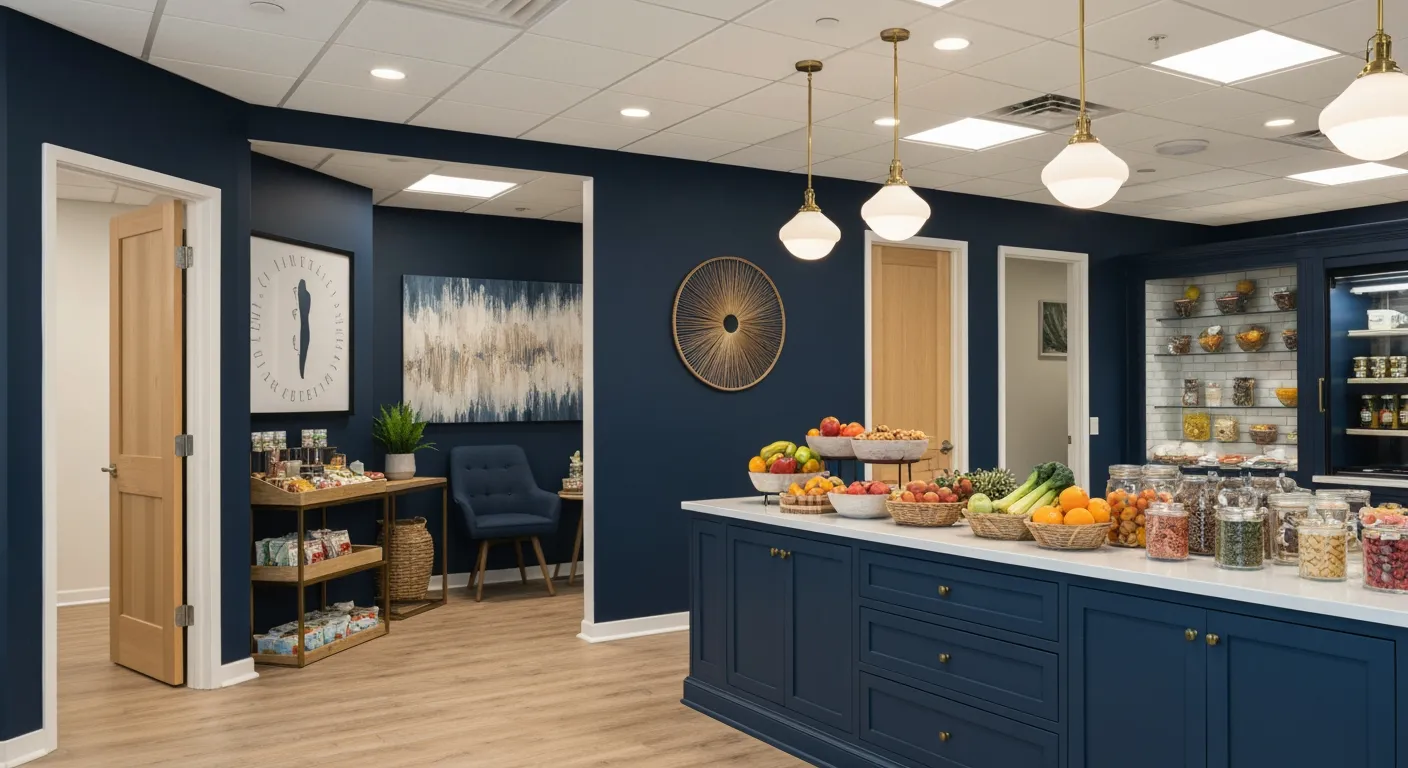
Nutritional Counseling's Impact on Physical Health and Healing
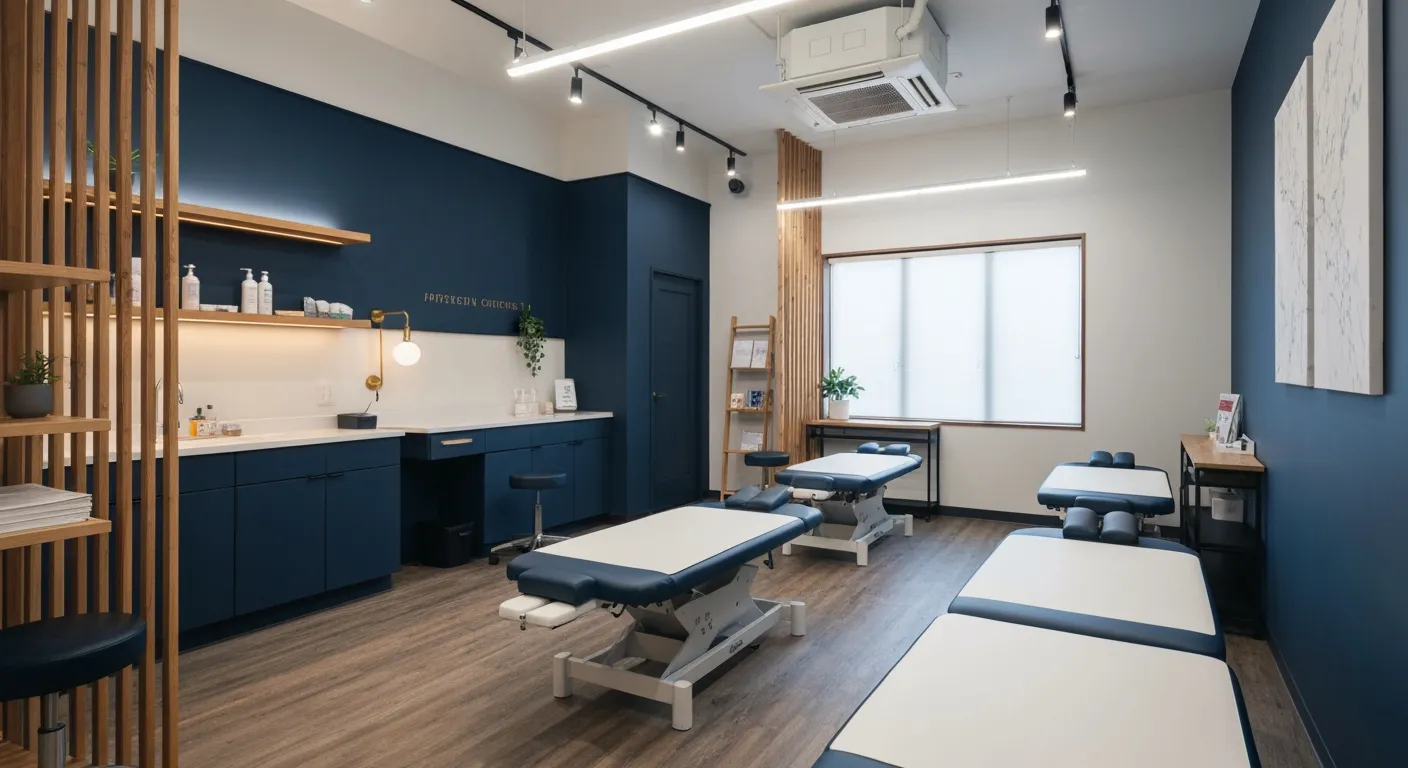
Benefits of Regular Chiropractic Care for a Stronger Back

Your First Chiropractic Visit: What to Expect and How to Prepare

Patient Experiences: How Chiropractic Care Transformed Their Lives
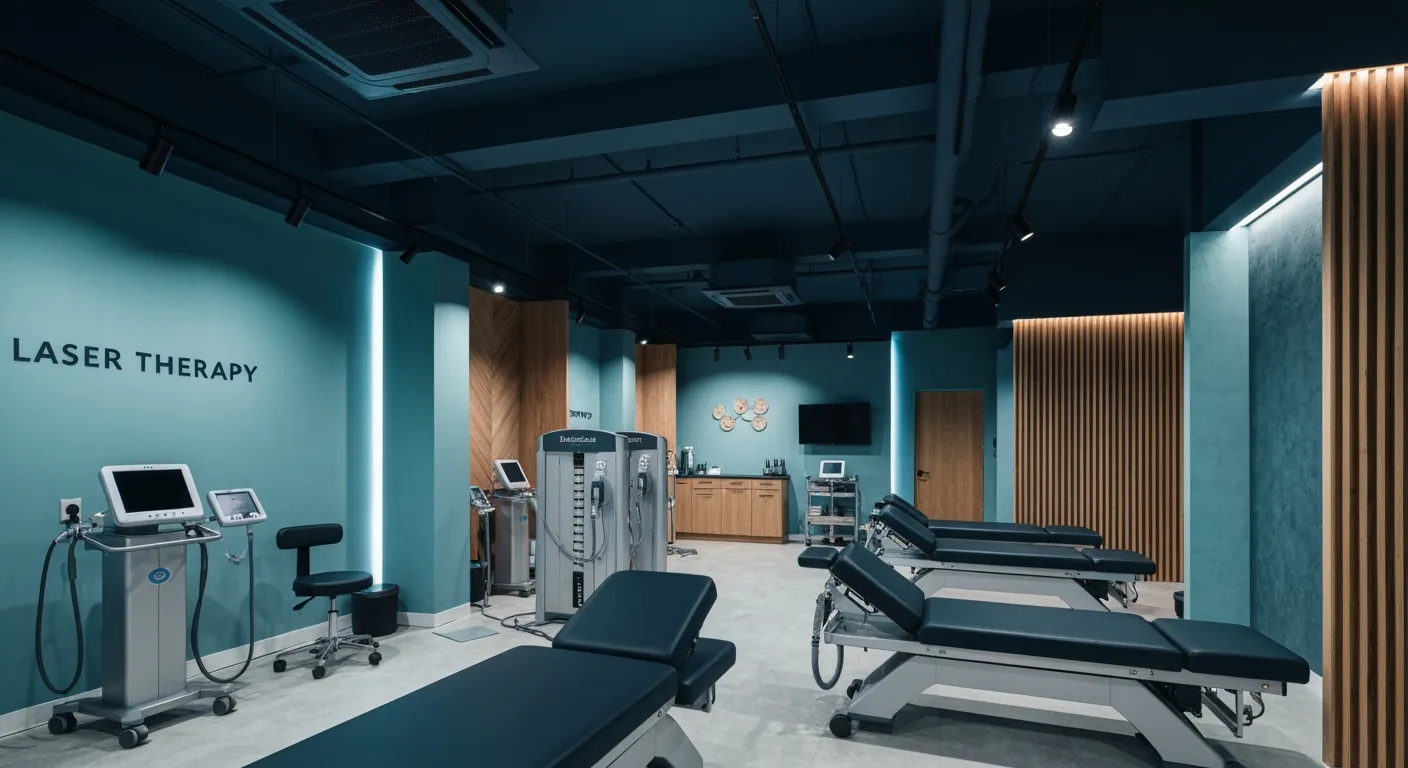
Exploring Holistic, Non-Surgical Options for Pain Management

Combining Physiotherapy with Chiropractic Treatments for Enhanced Recovery
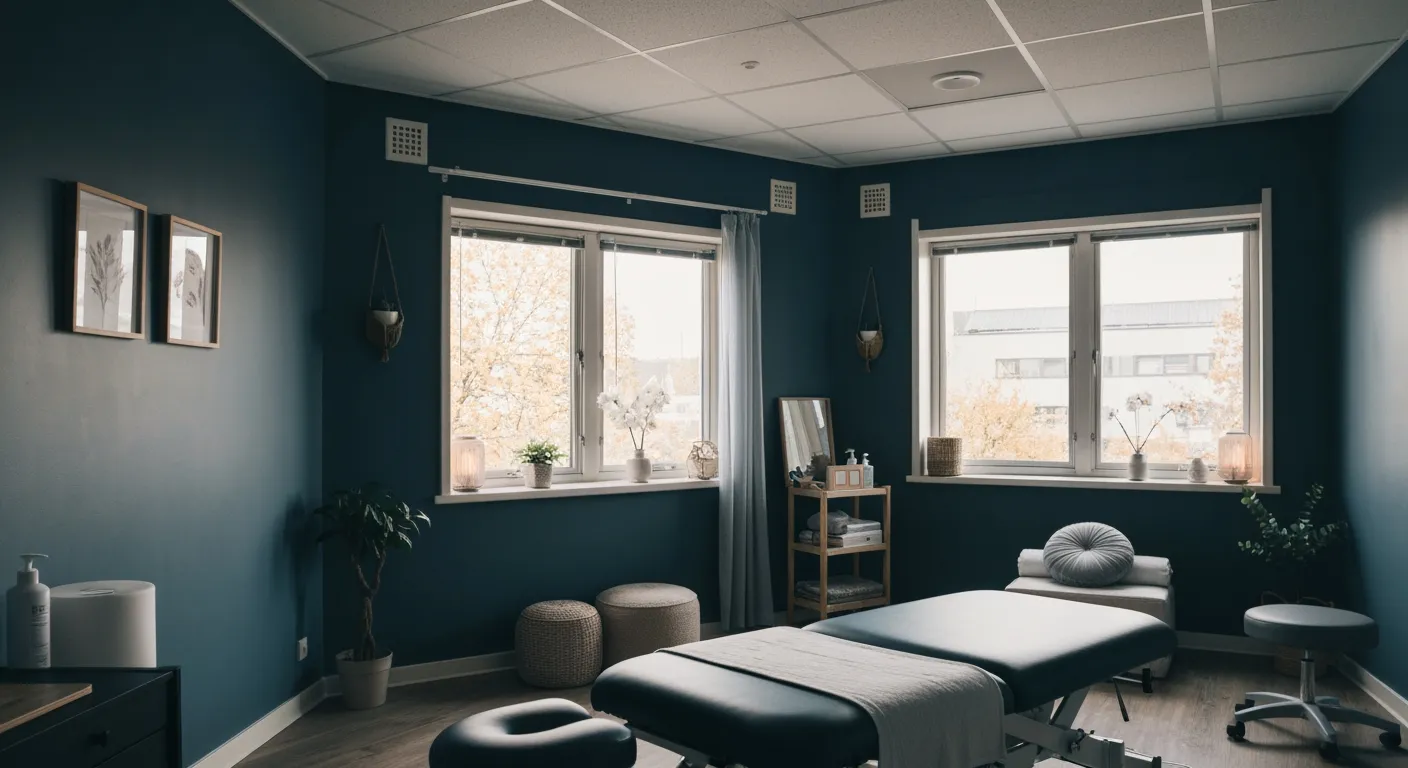
Holistic Treatments That Offer Alternatives to Surgery for Pain Relief

Corrective Exercise Strategies for Long-Term Spine Health
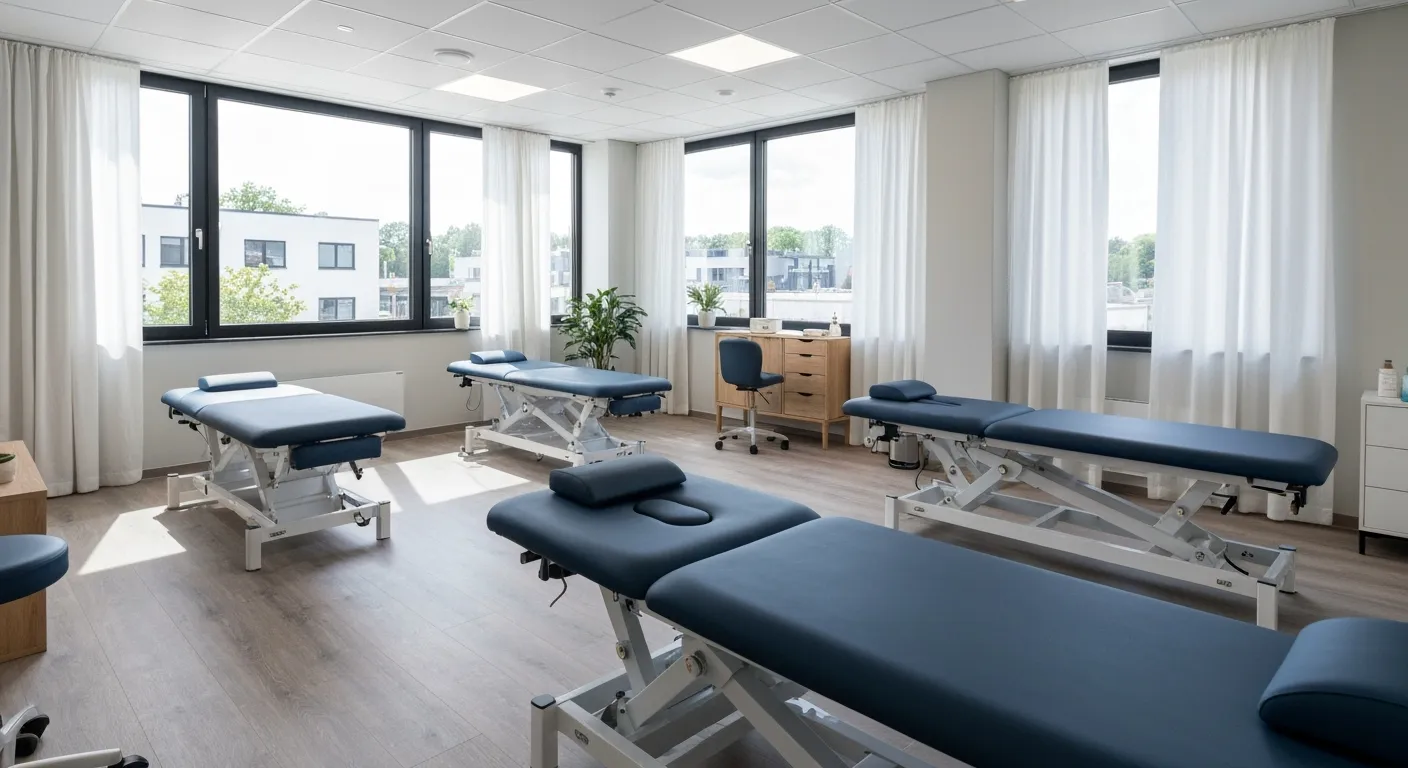
How Physiotherapy Complements Chiropractic Adjustments for Better Outcomes
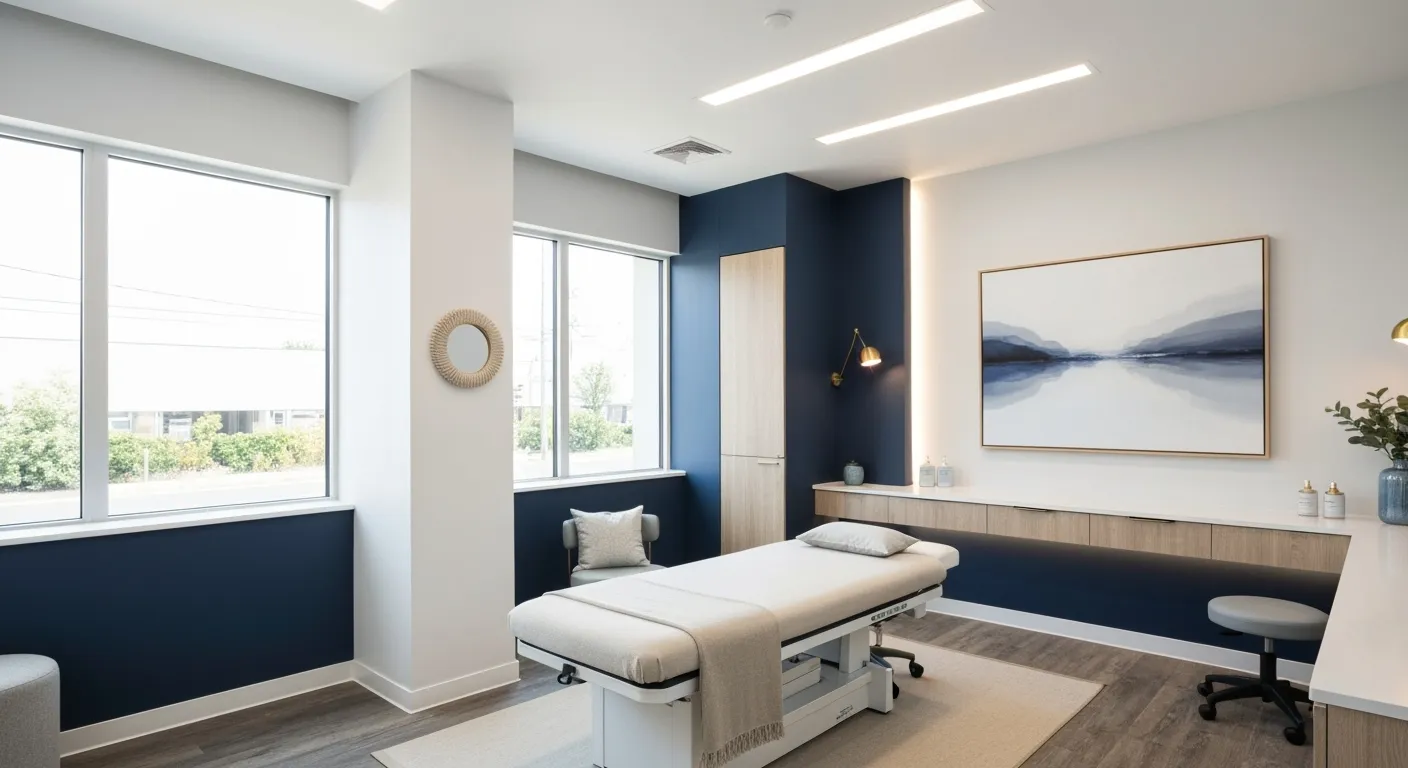
First-Time Chiropractic Visitors: What You Should Know

Understanding the Importance of Treating Pain at Its Source

Adopting Lifestyle Changes to Support Your Spine's Wellness

Utilizing Physiotherapy to Enhance Chiropractic Treatment Outcomes

The Key Advantages of Chiropractic Care for Back Pain Sufferers

Why Focusing on Root Causes Improves Pain Treatment Success

Corrective Exercises That Promote Lasting Pain Relief and Mobility
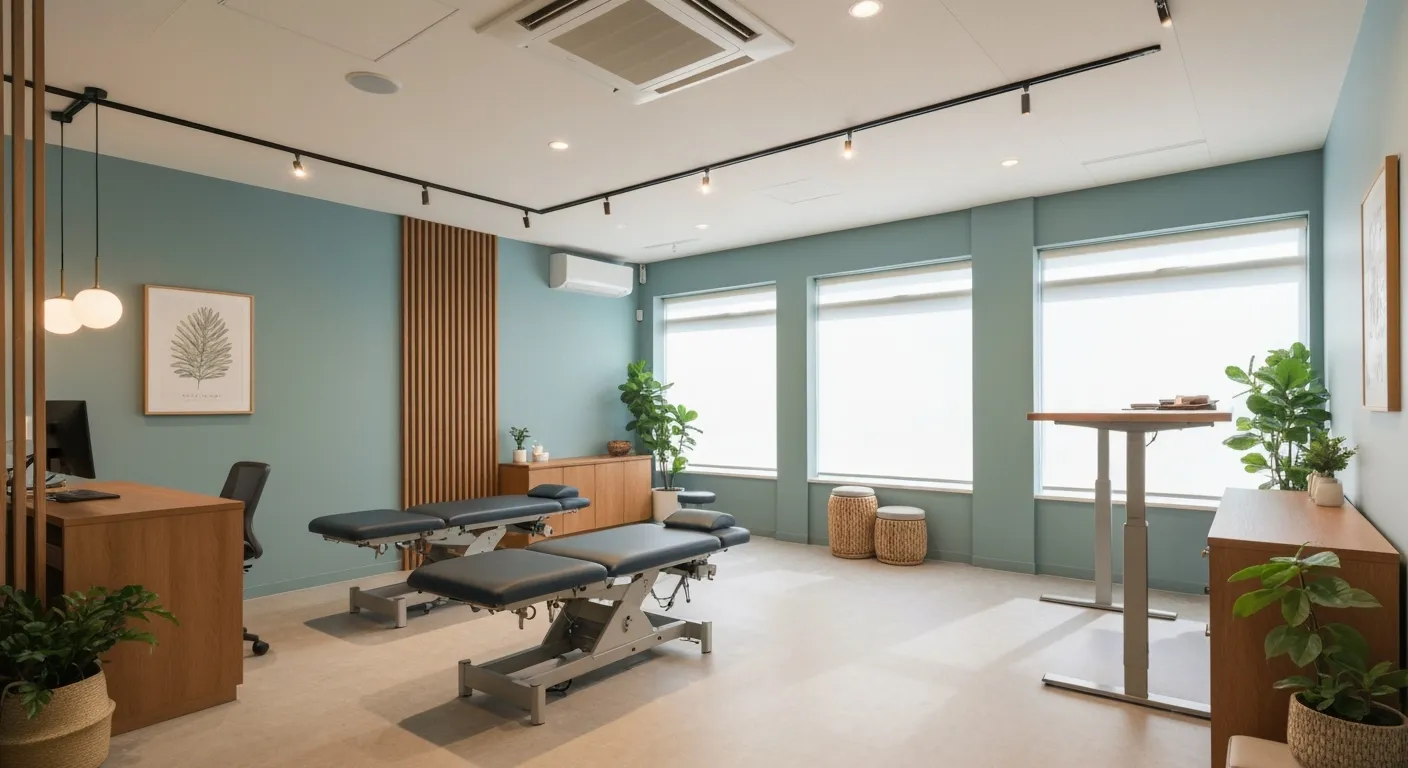
Sciatica Relief Through Targeted Spinal Decompression Techniques
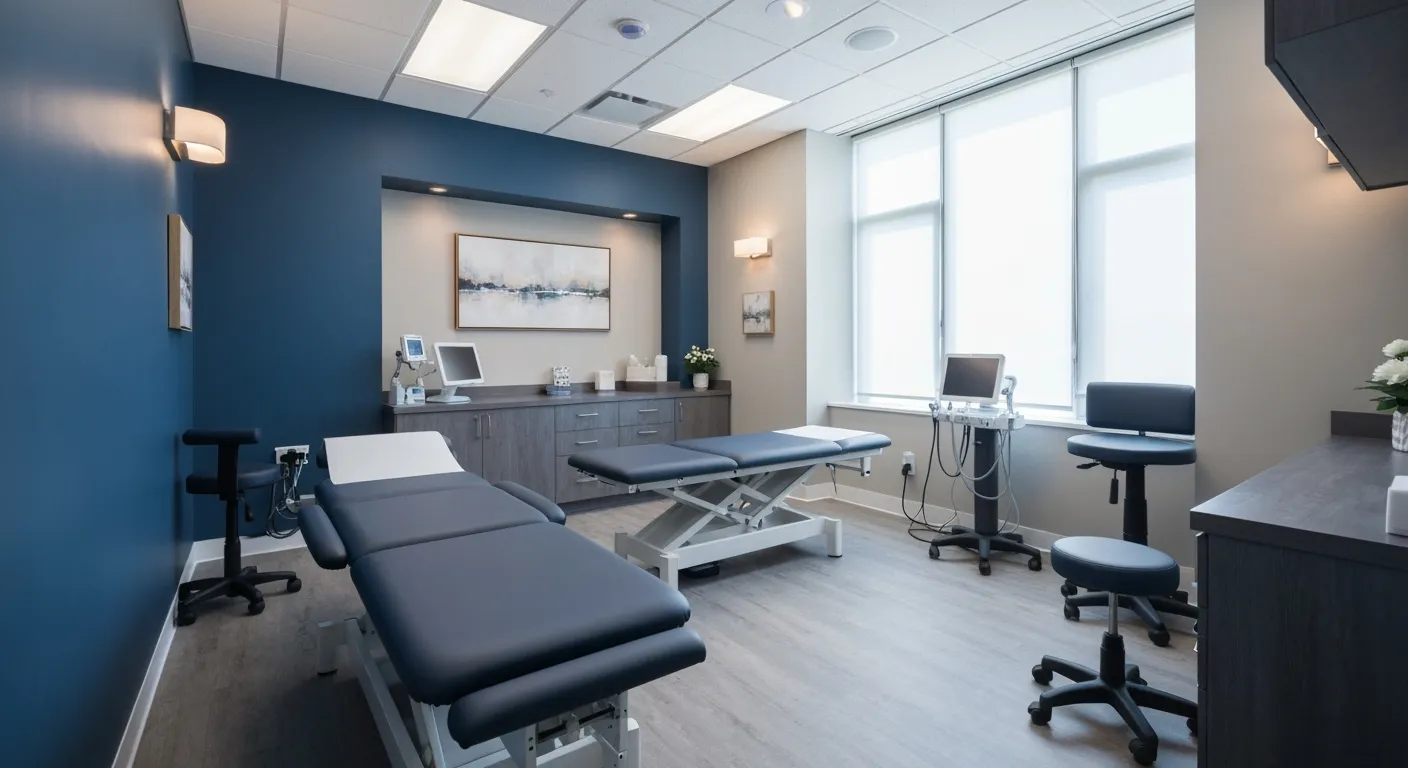
Preparing for Your First Chiropractic Appointment with Confidence
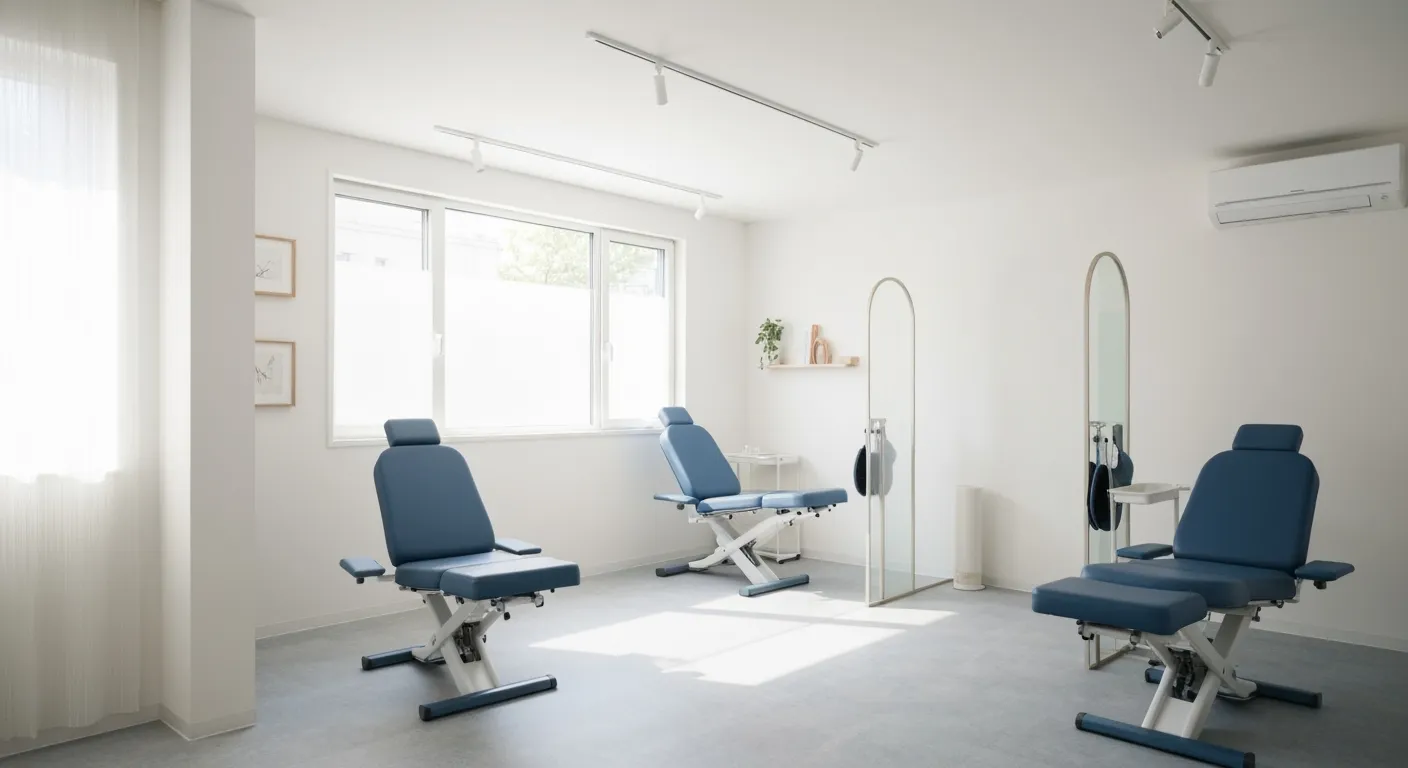
Healthy Lifestyle Habits for Maintaining Spinal Alignment

Success Stories Highlighting Chiropractic's Role in Pain Recovery

Top Benefits of Chiropractic Care for Chronic Back Pain
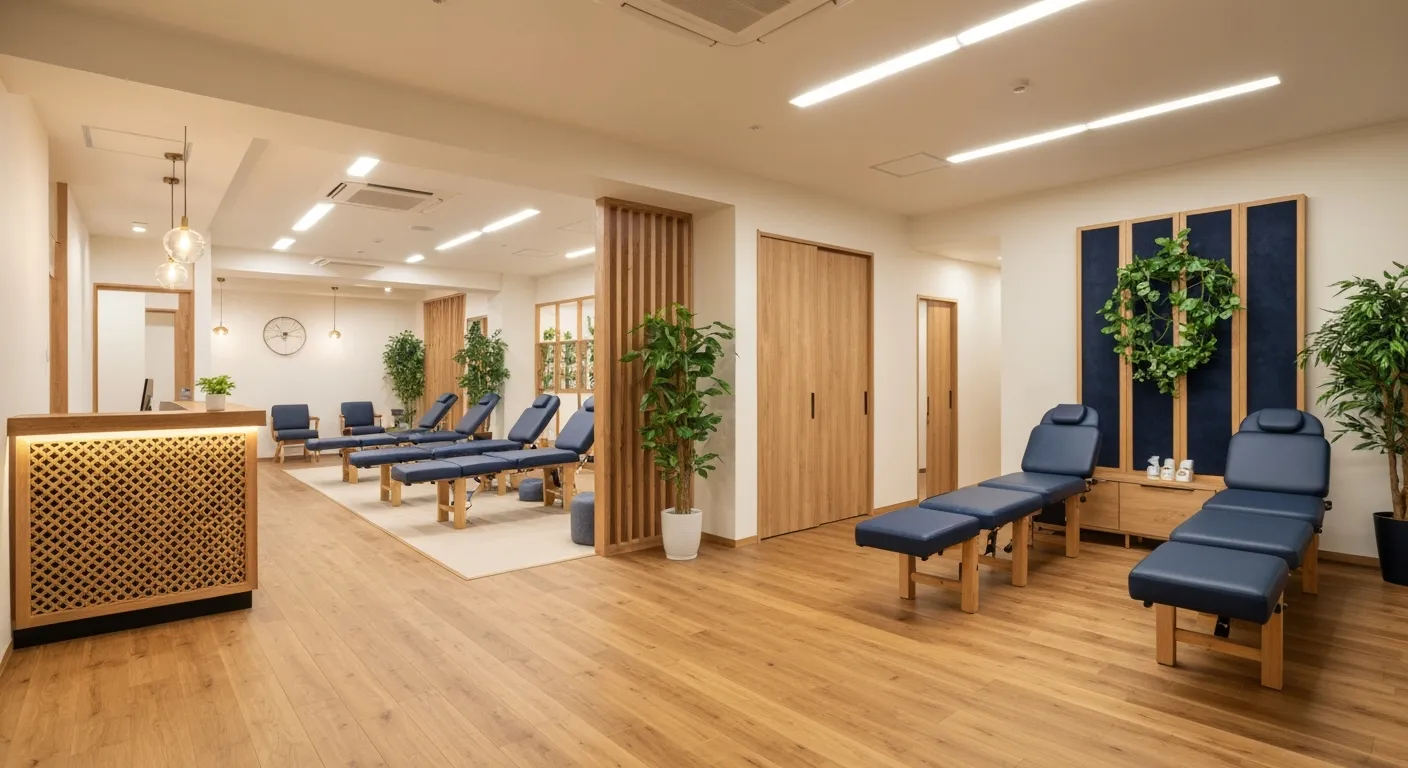
Nutrition Tips to Boost Your Overall Wellness and Recovery

How Chiropractic Care Alleviates Back Pain Naturally
